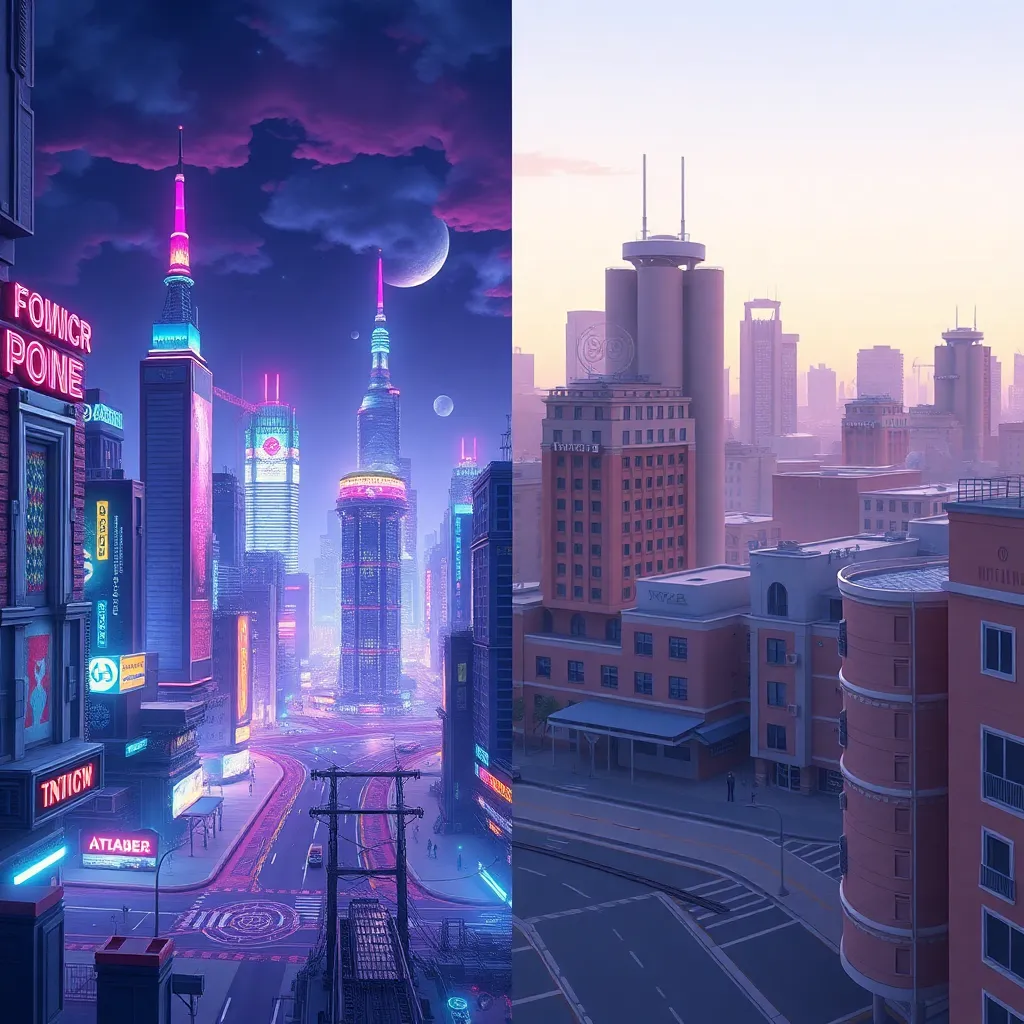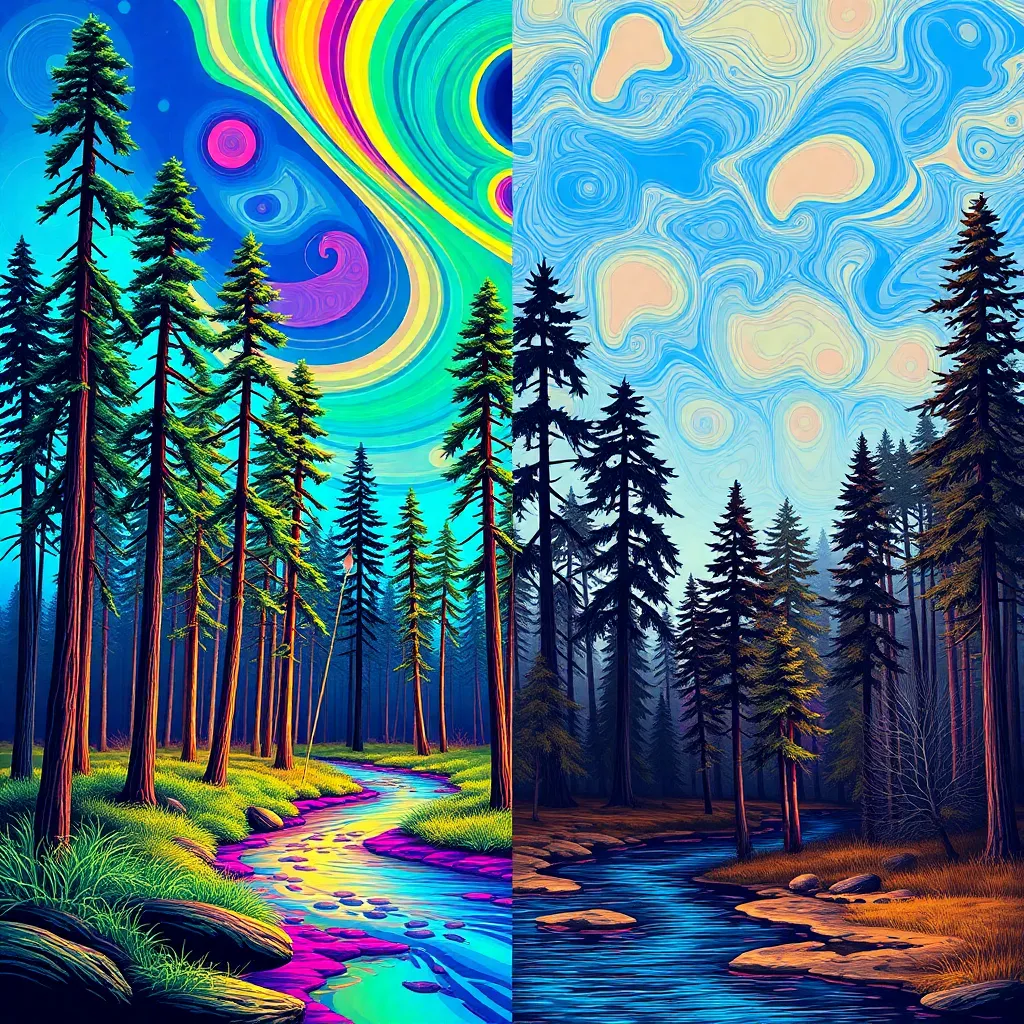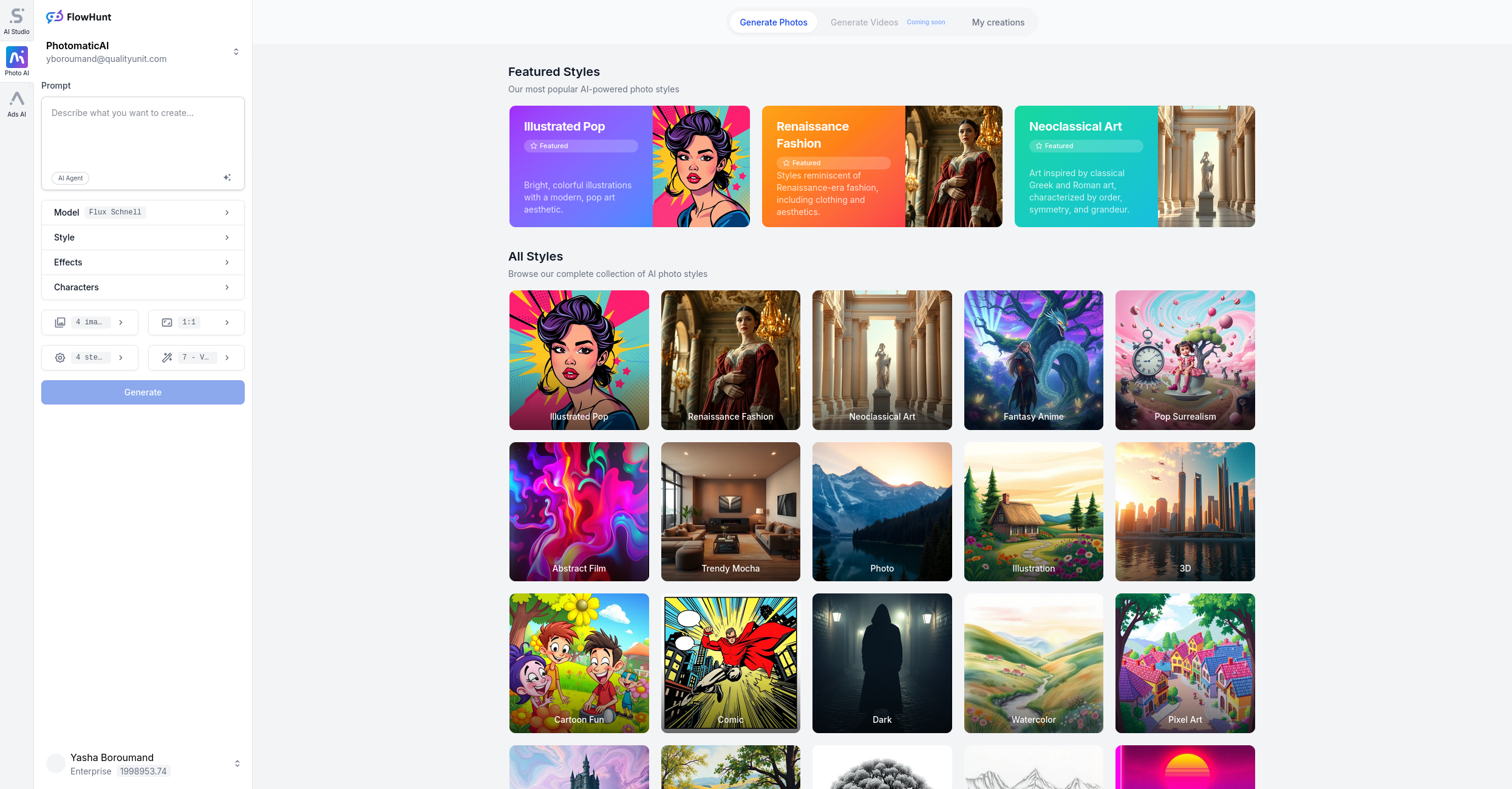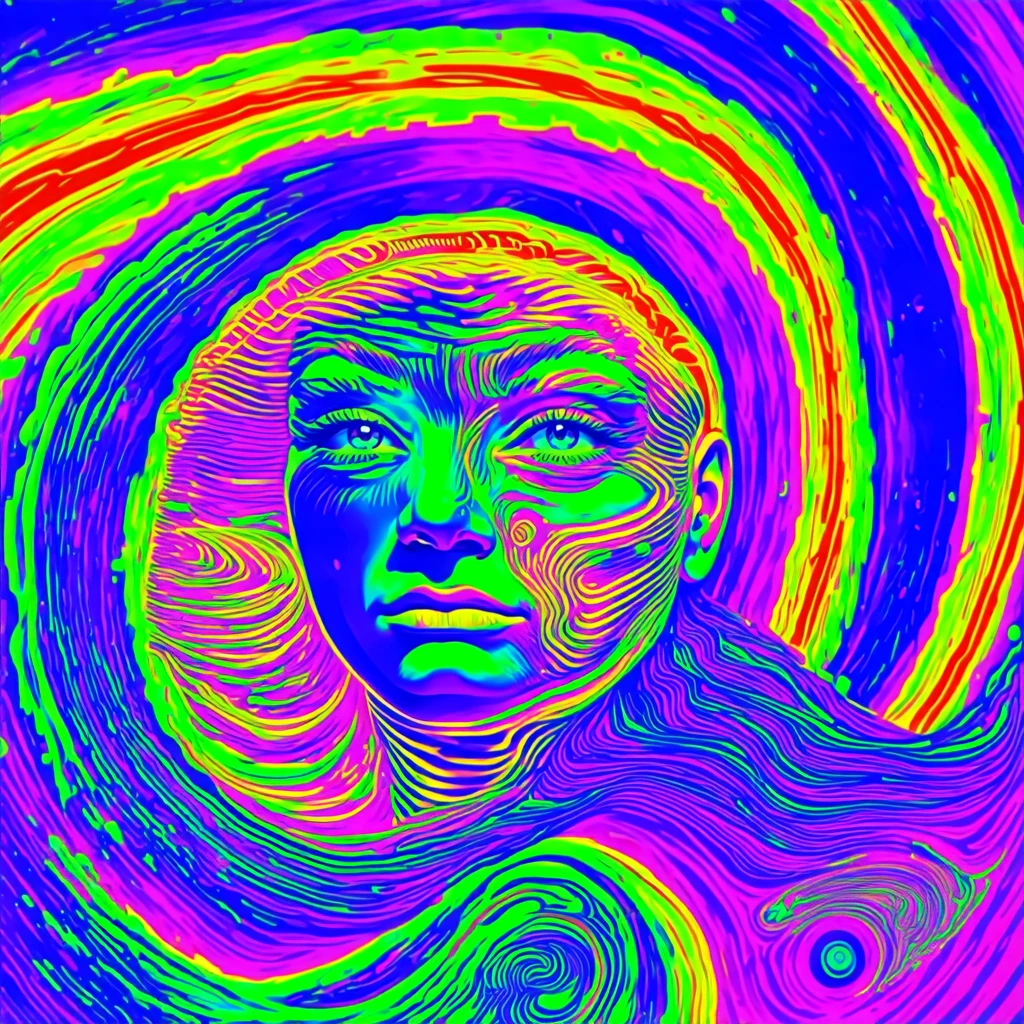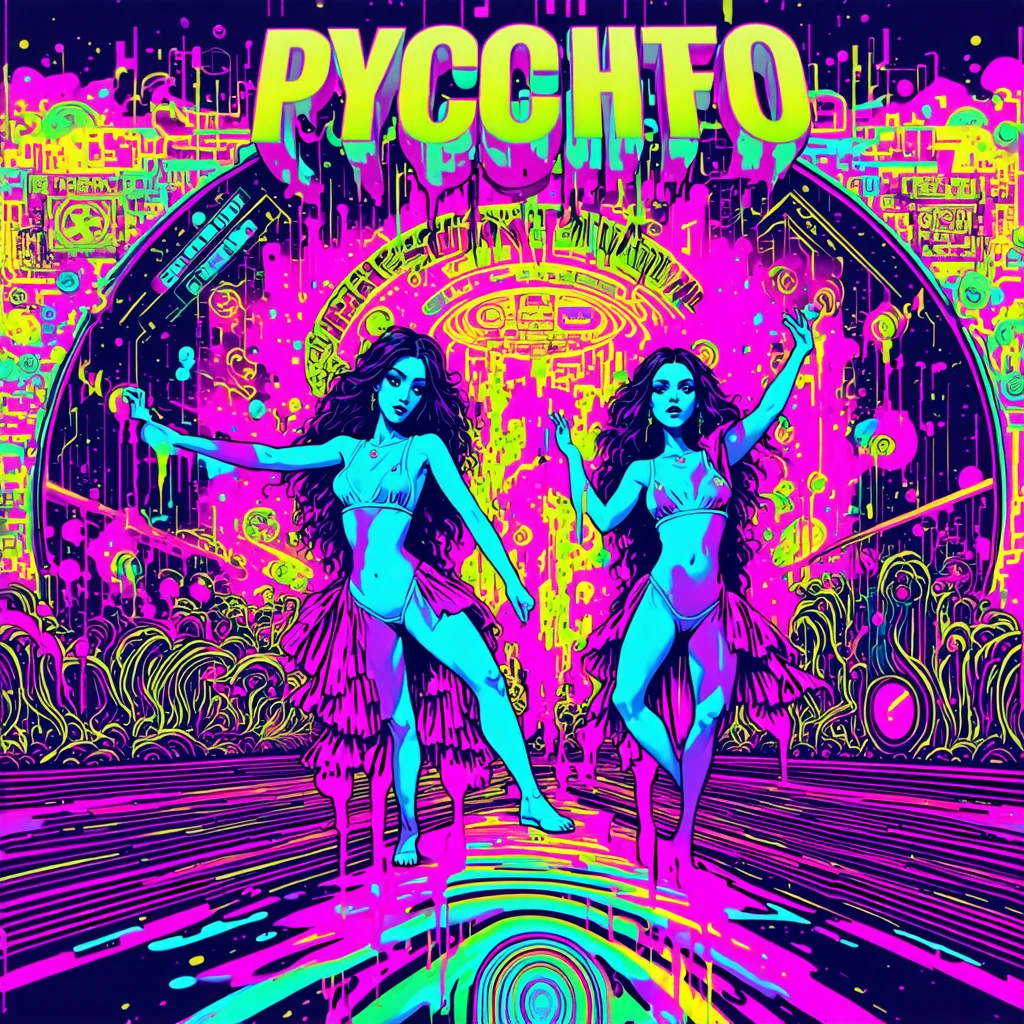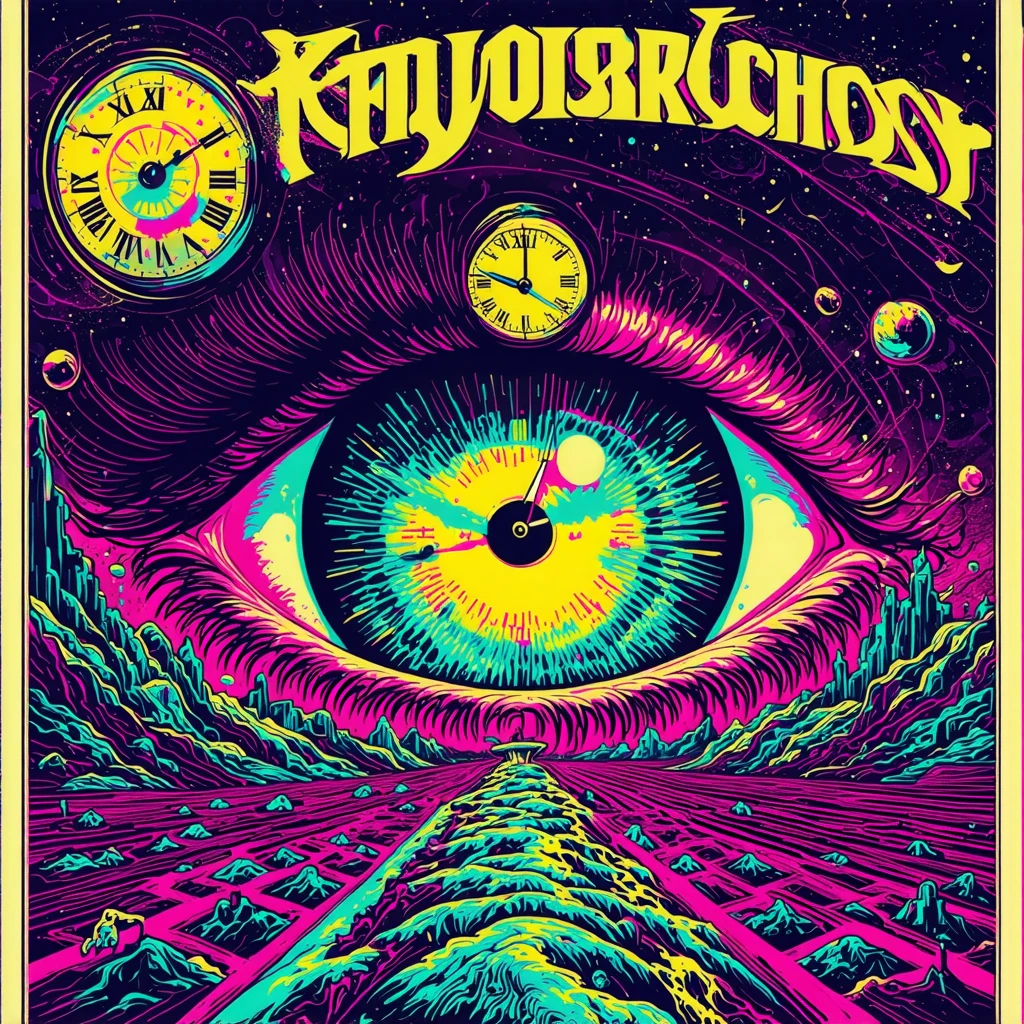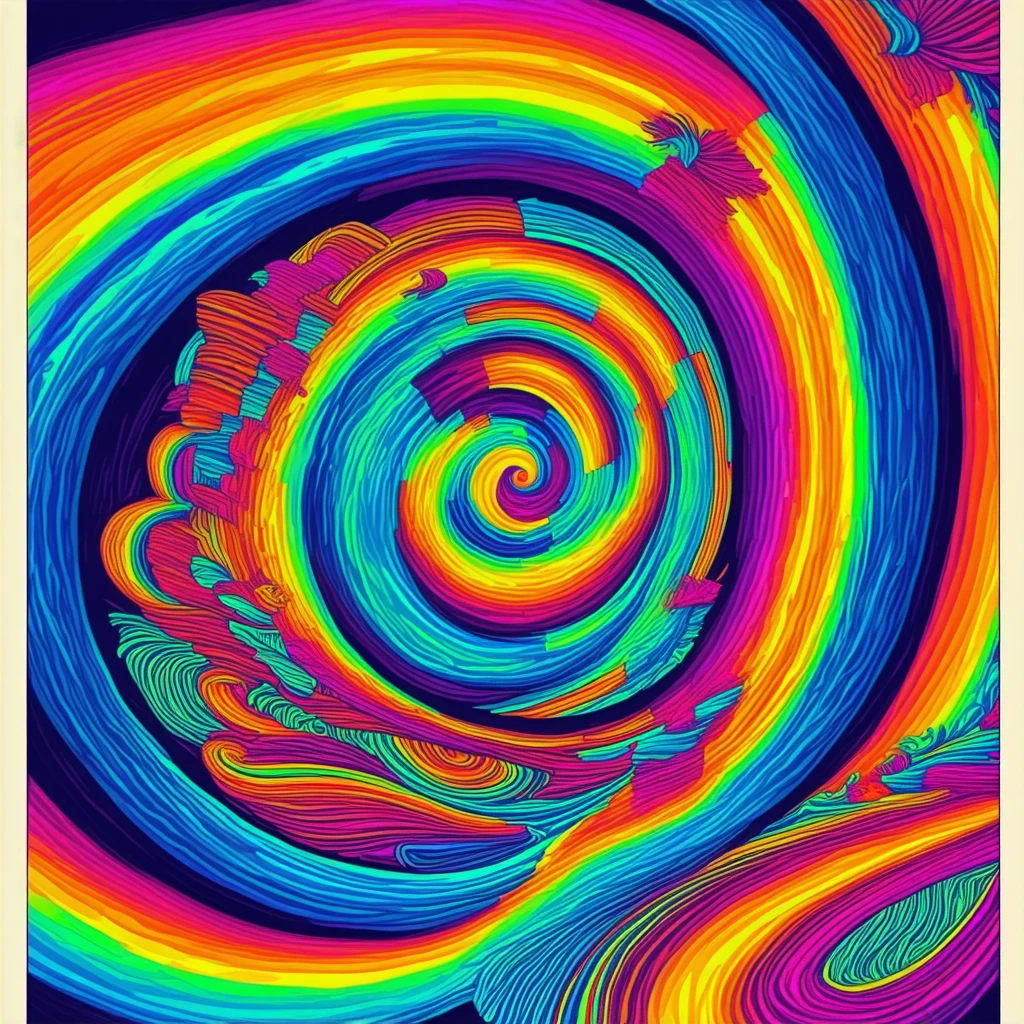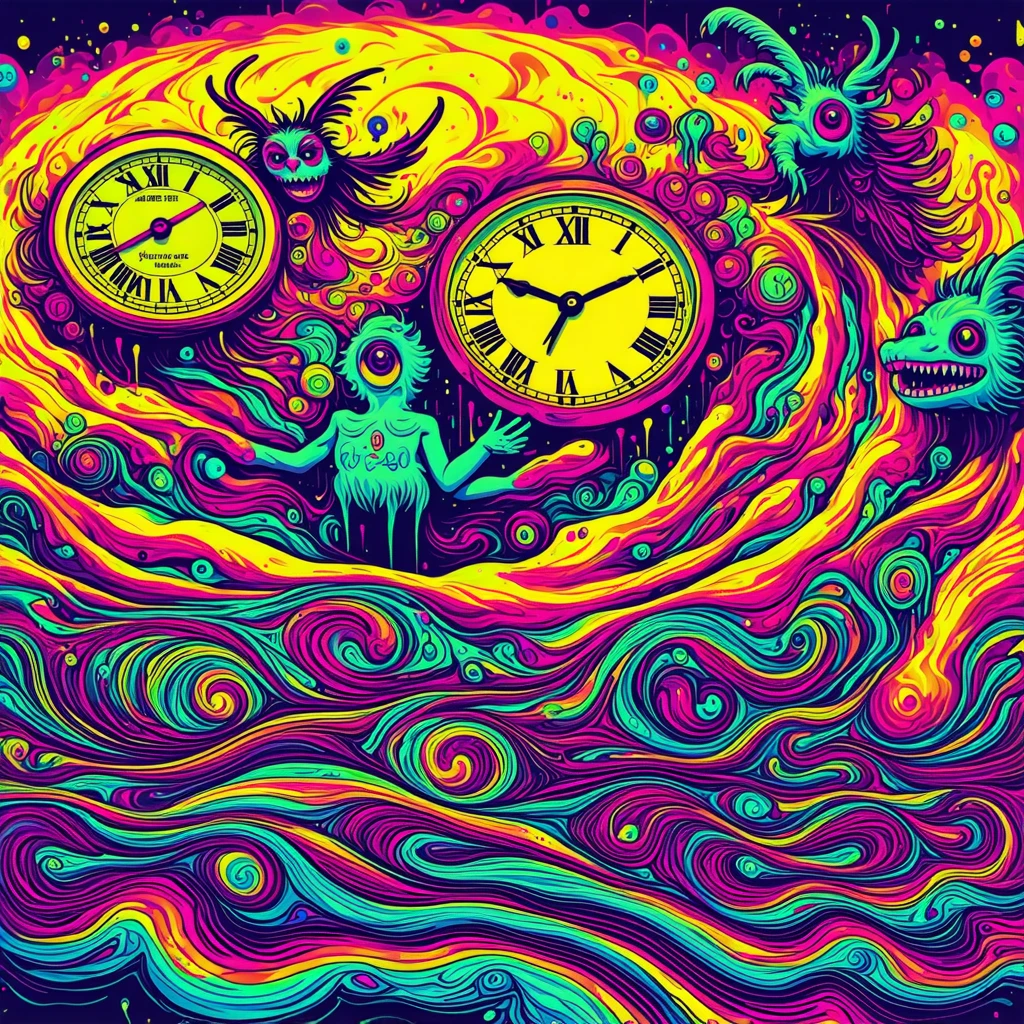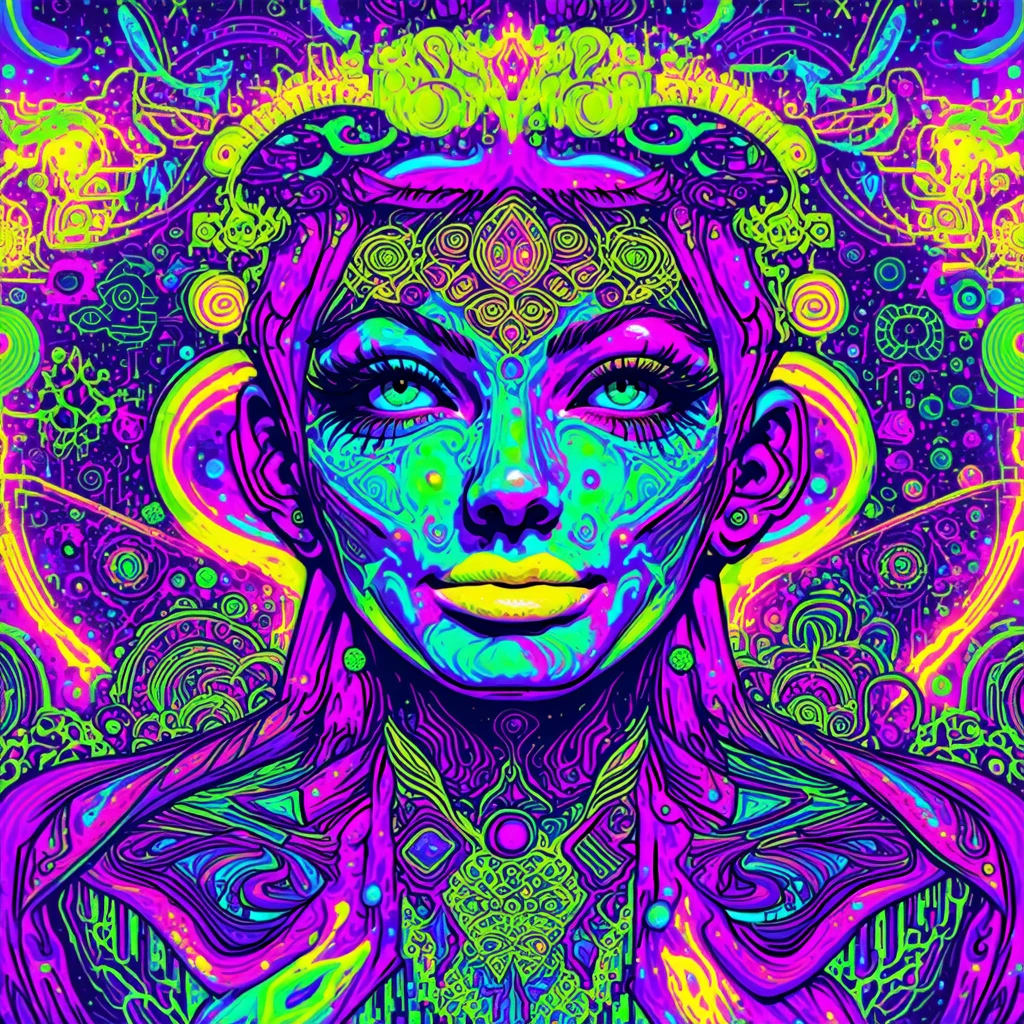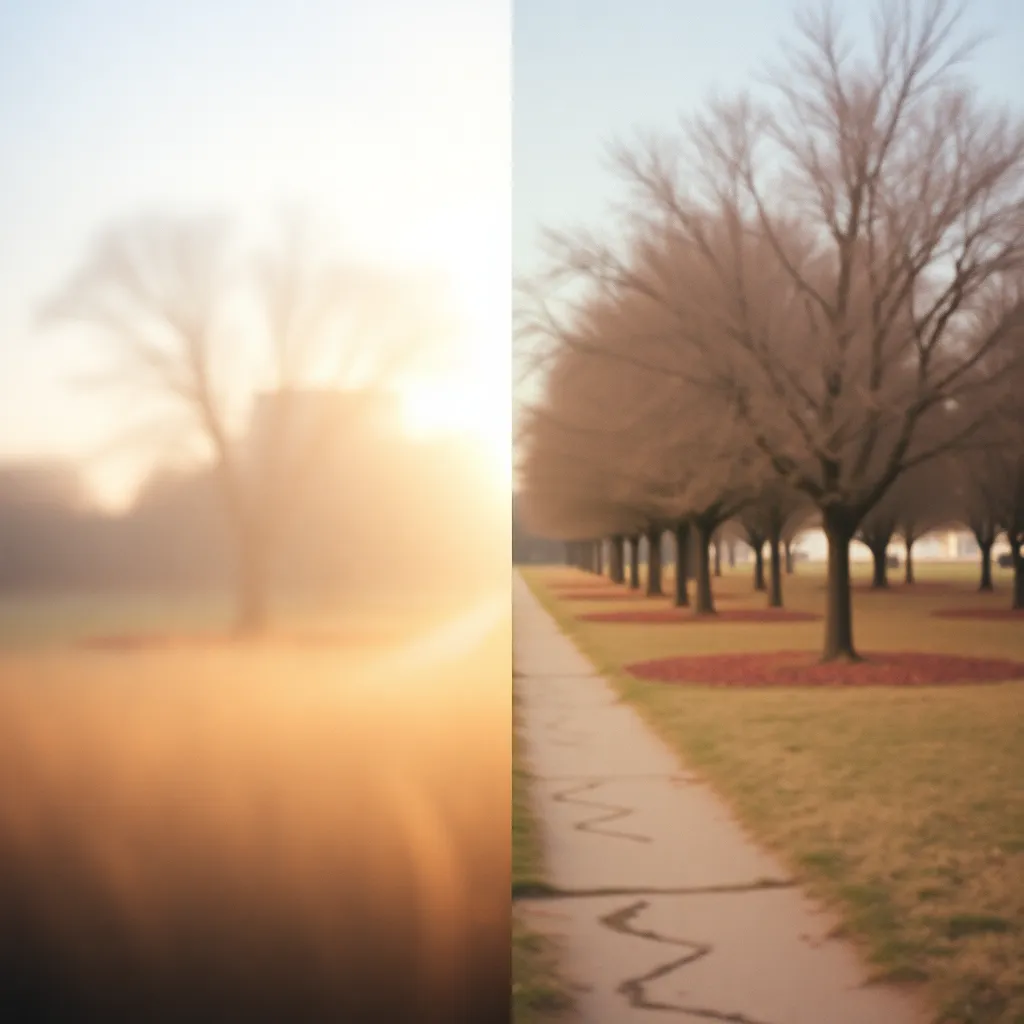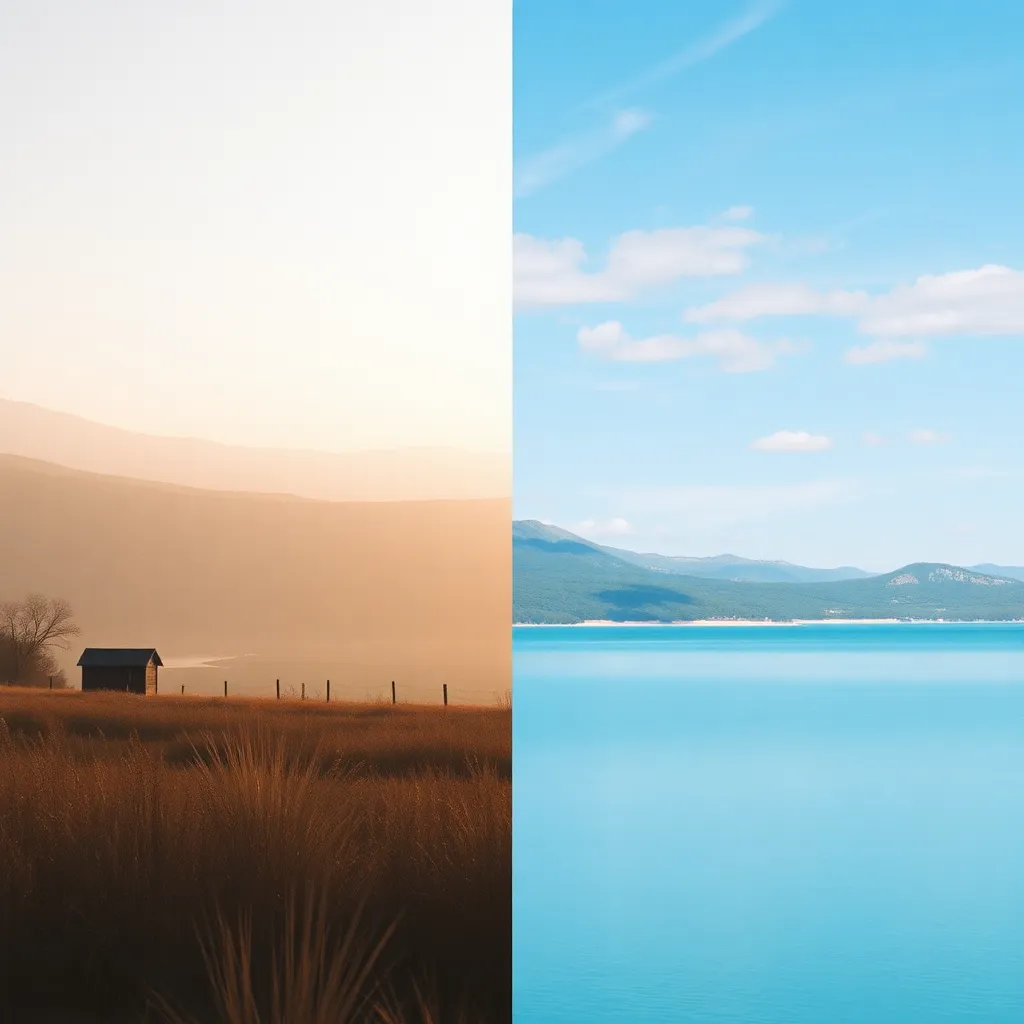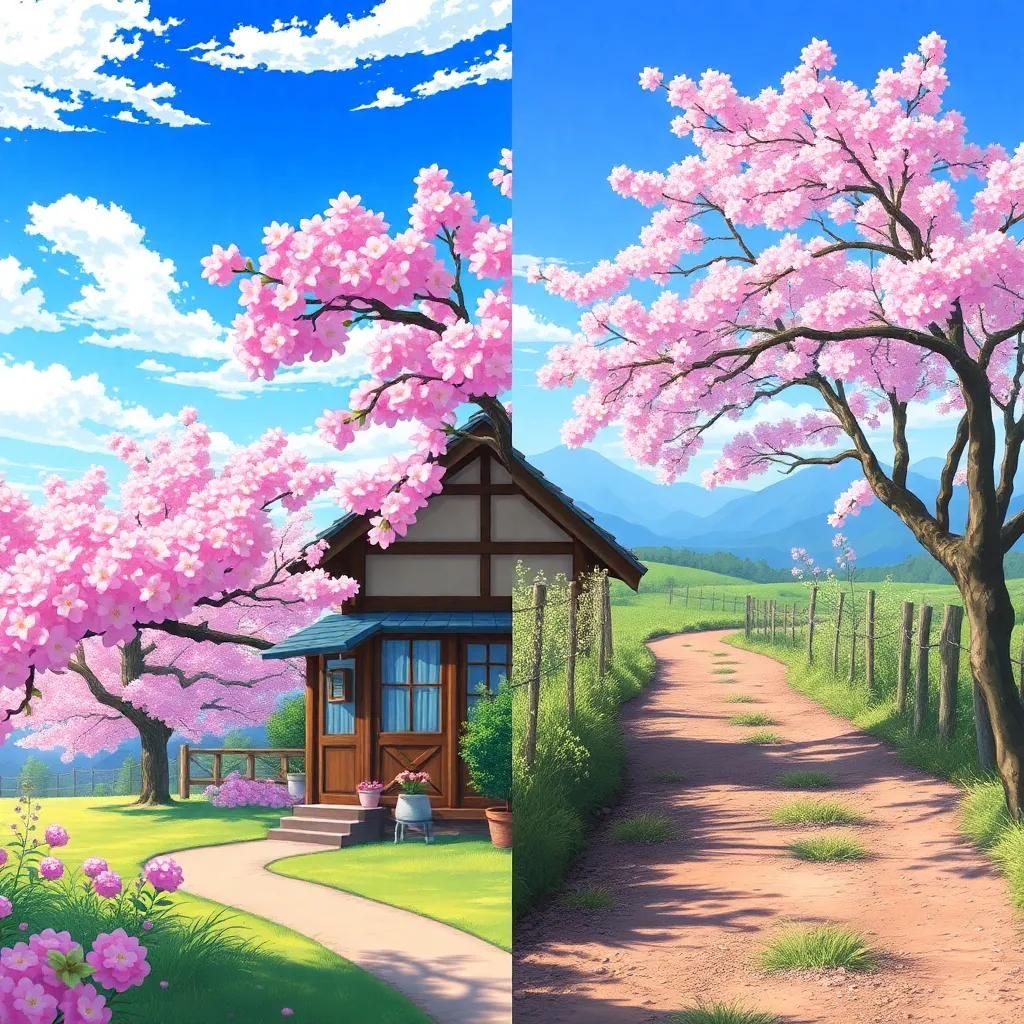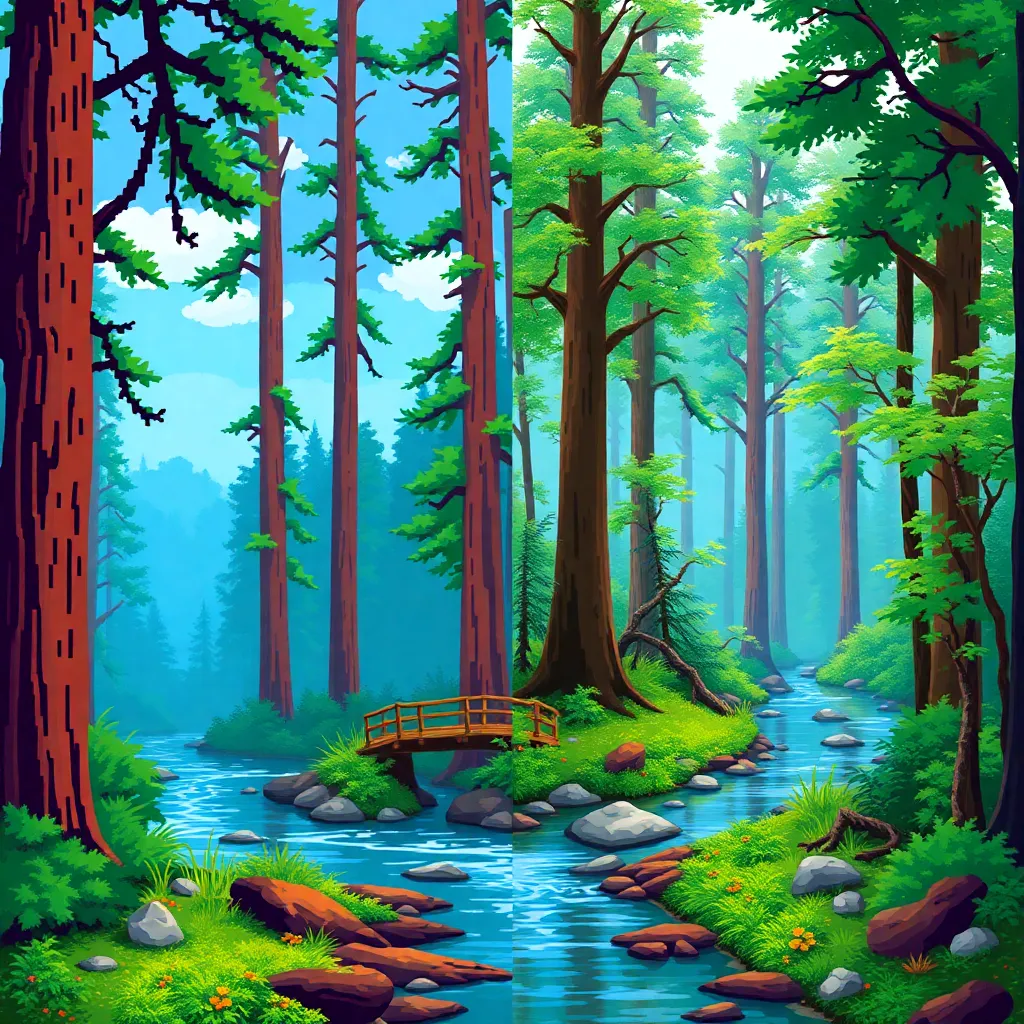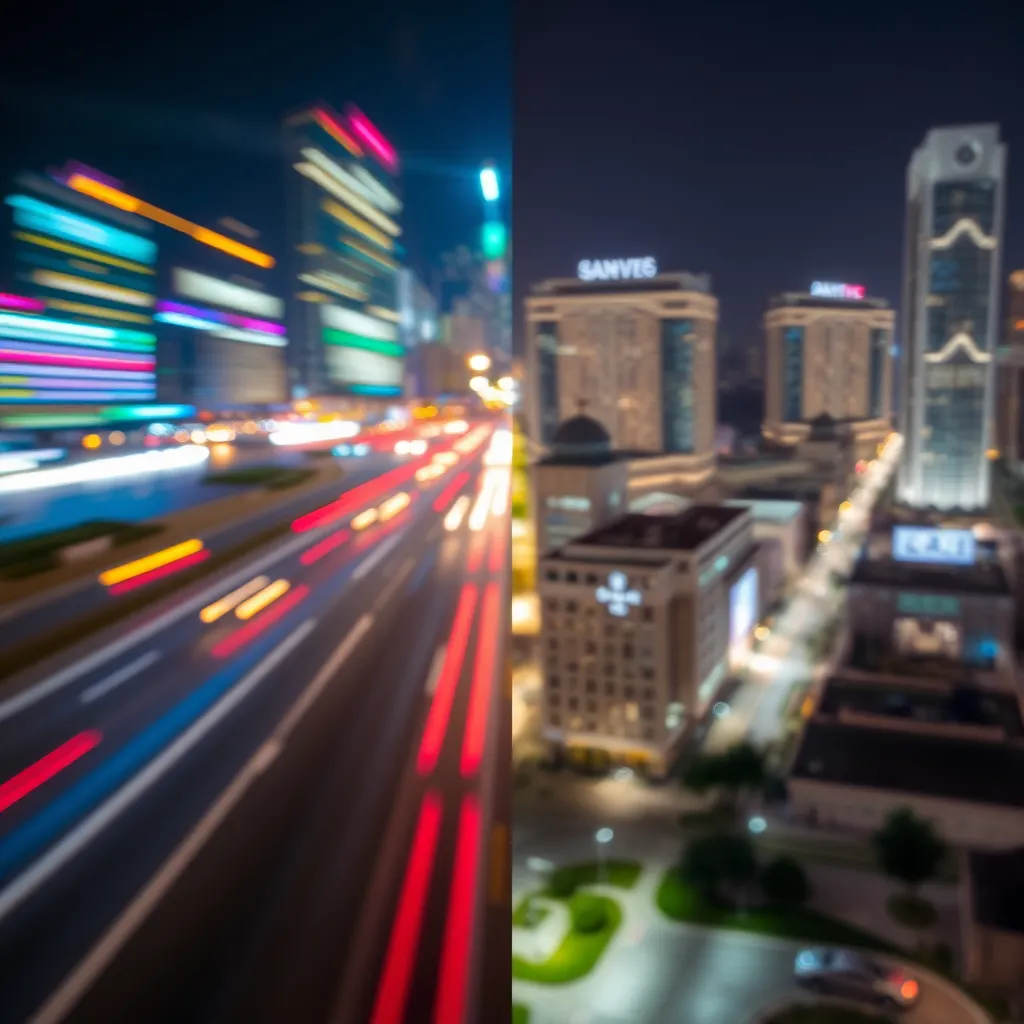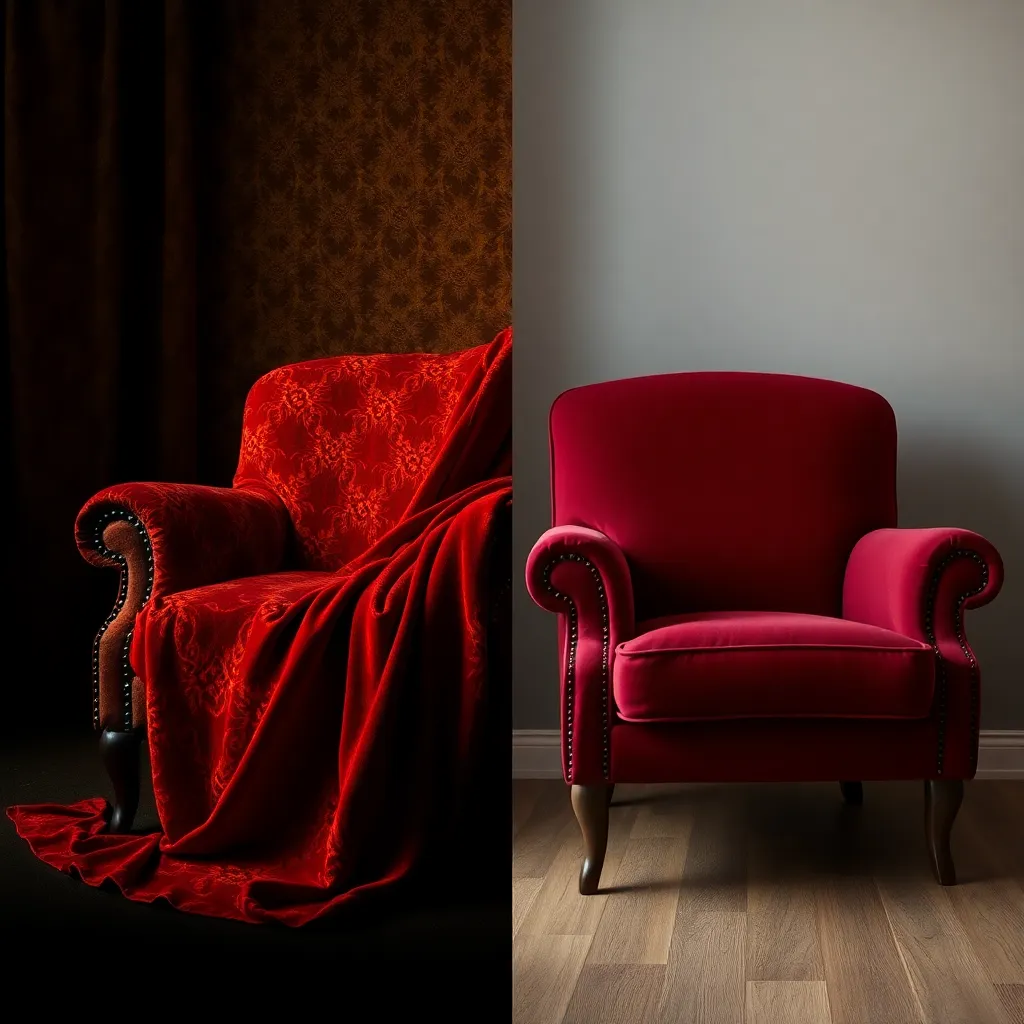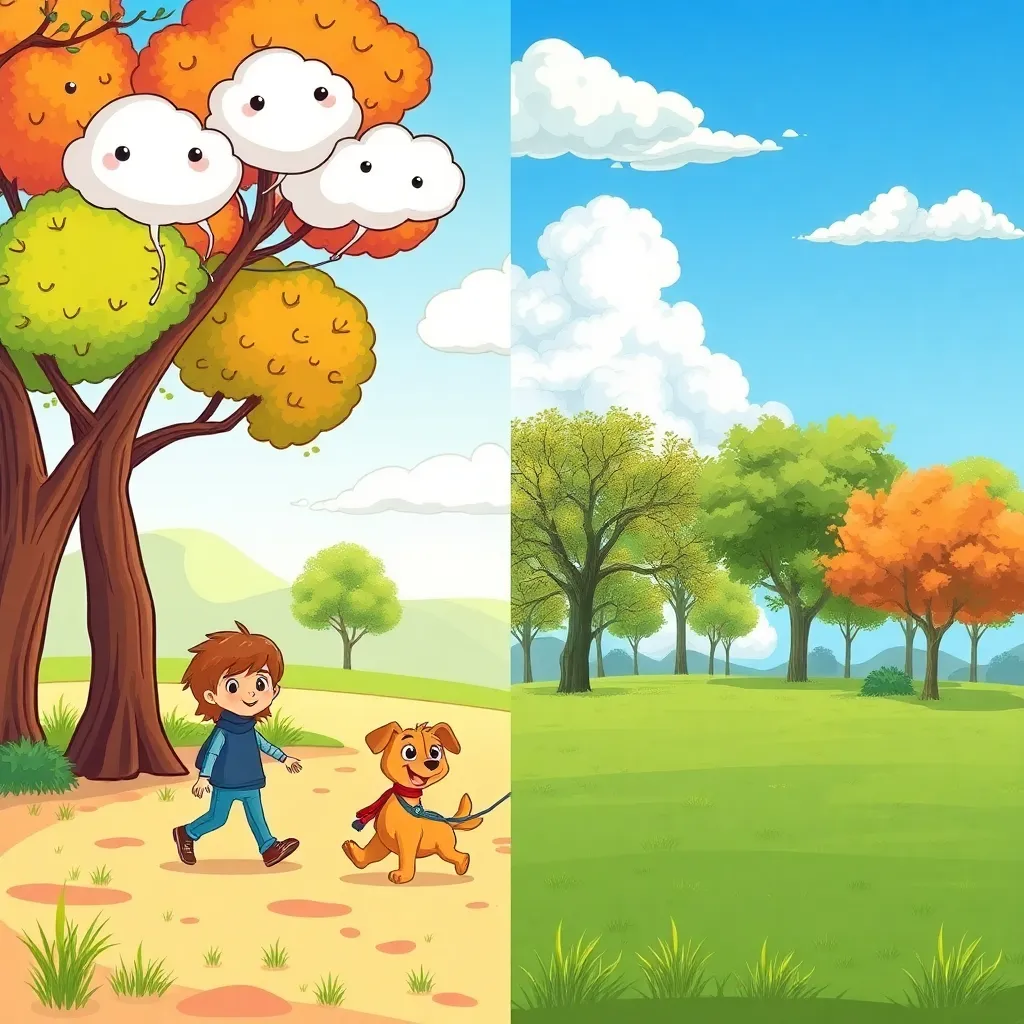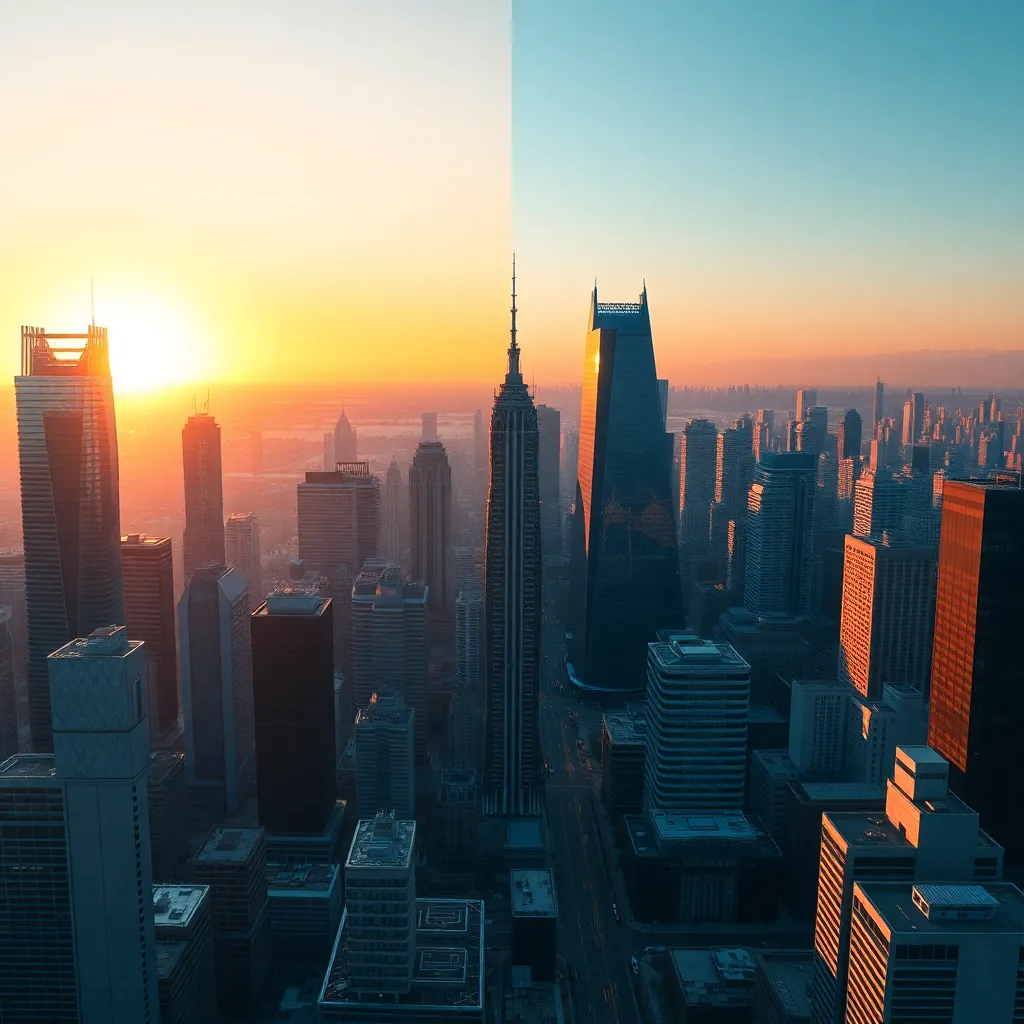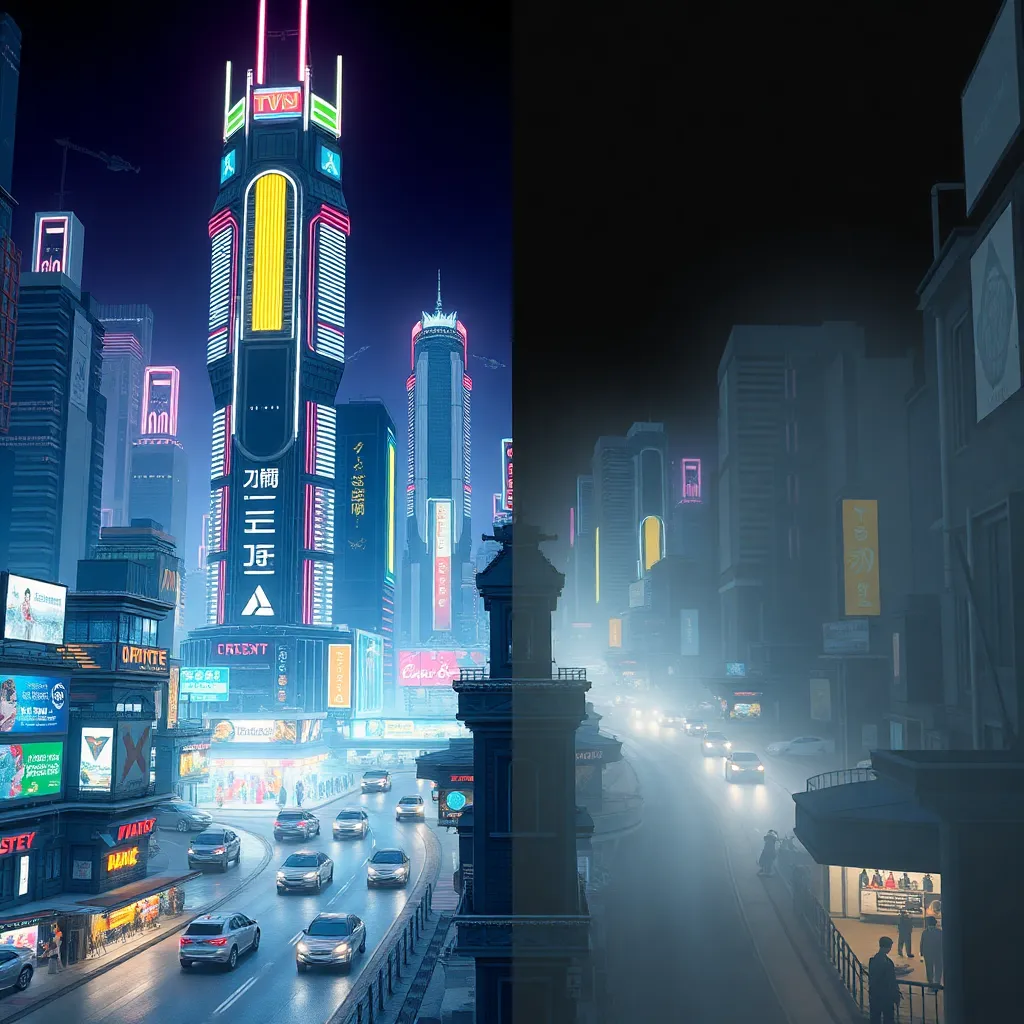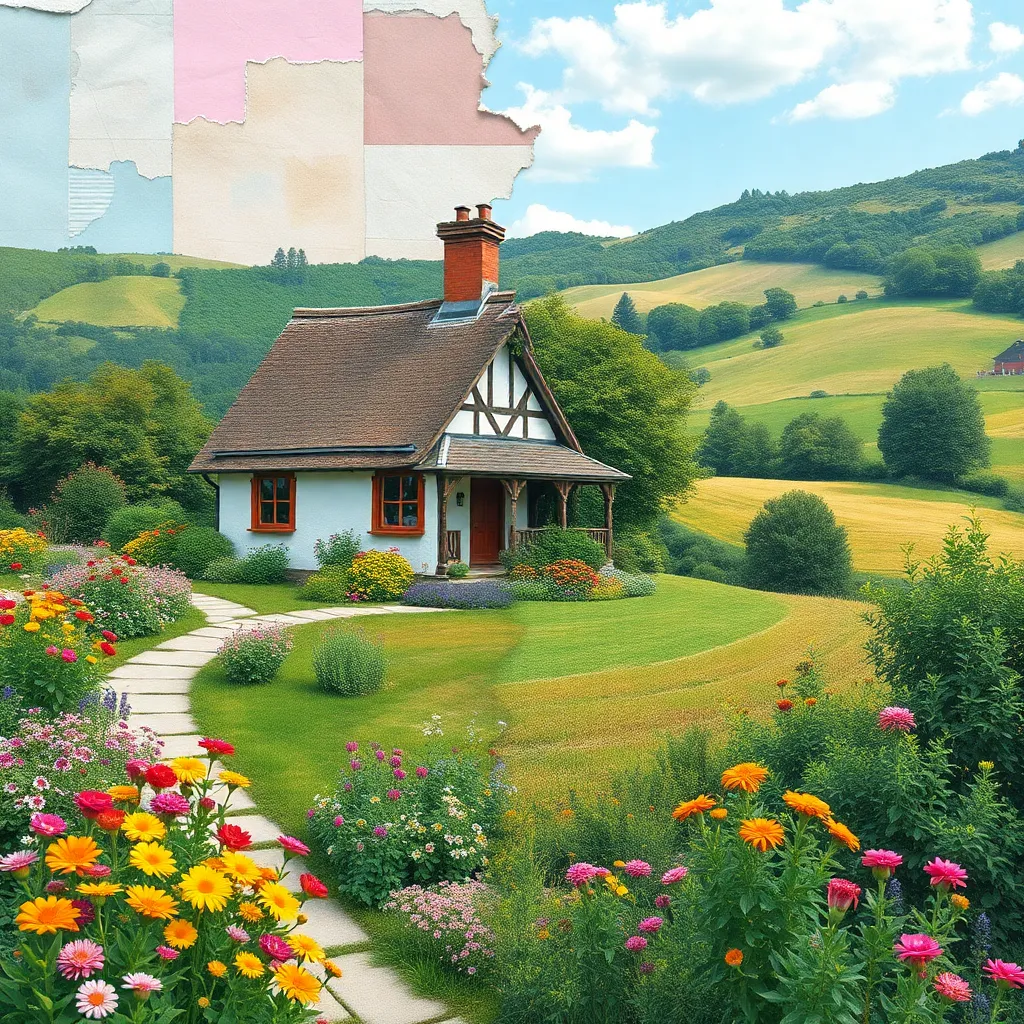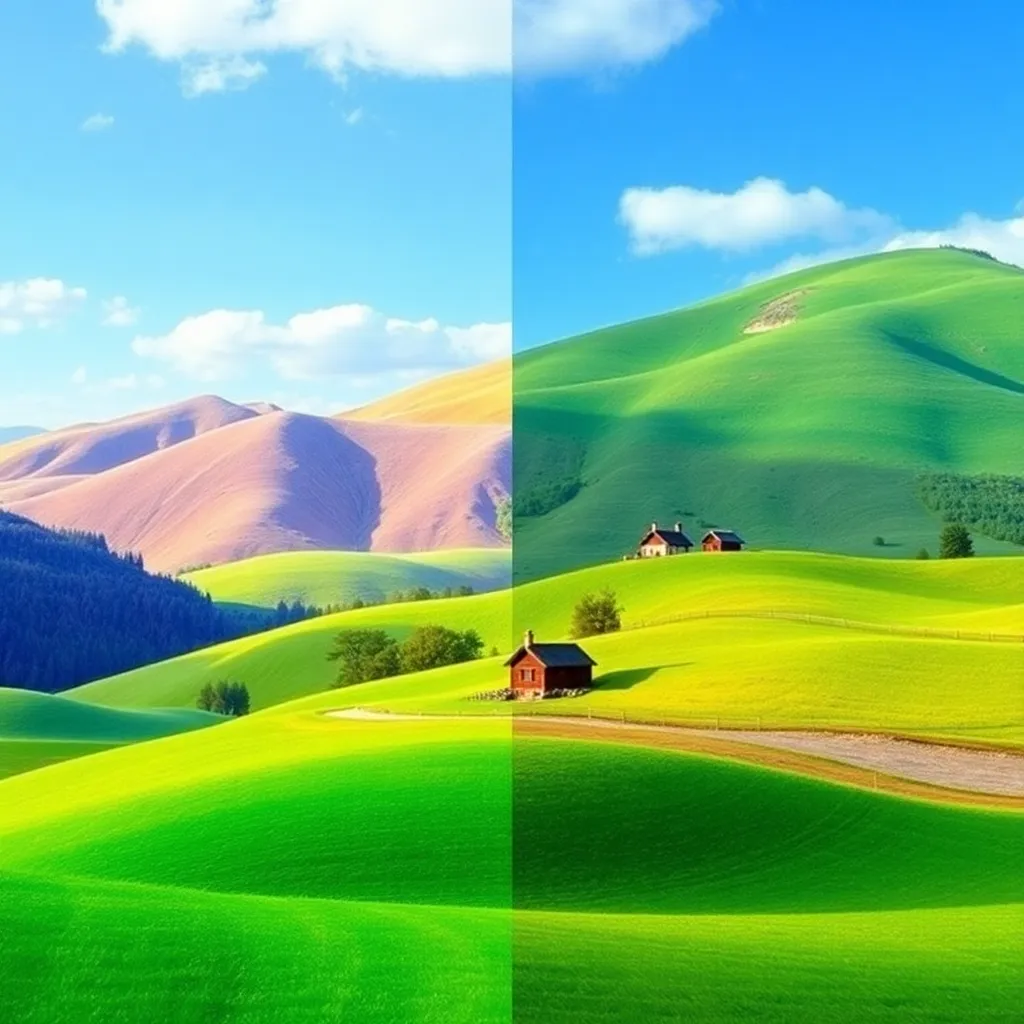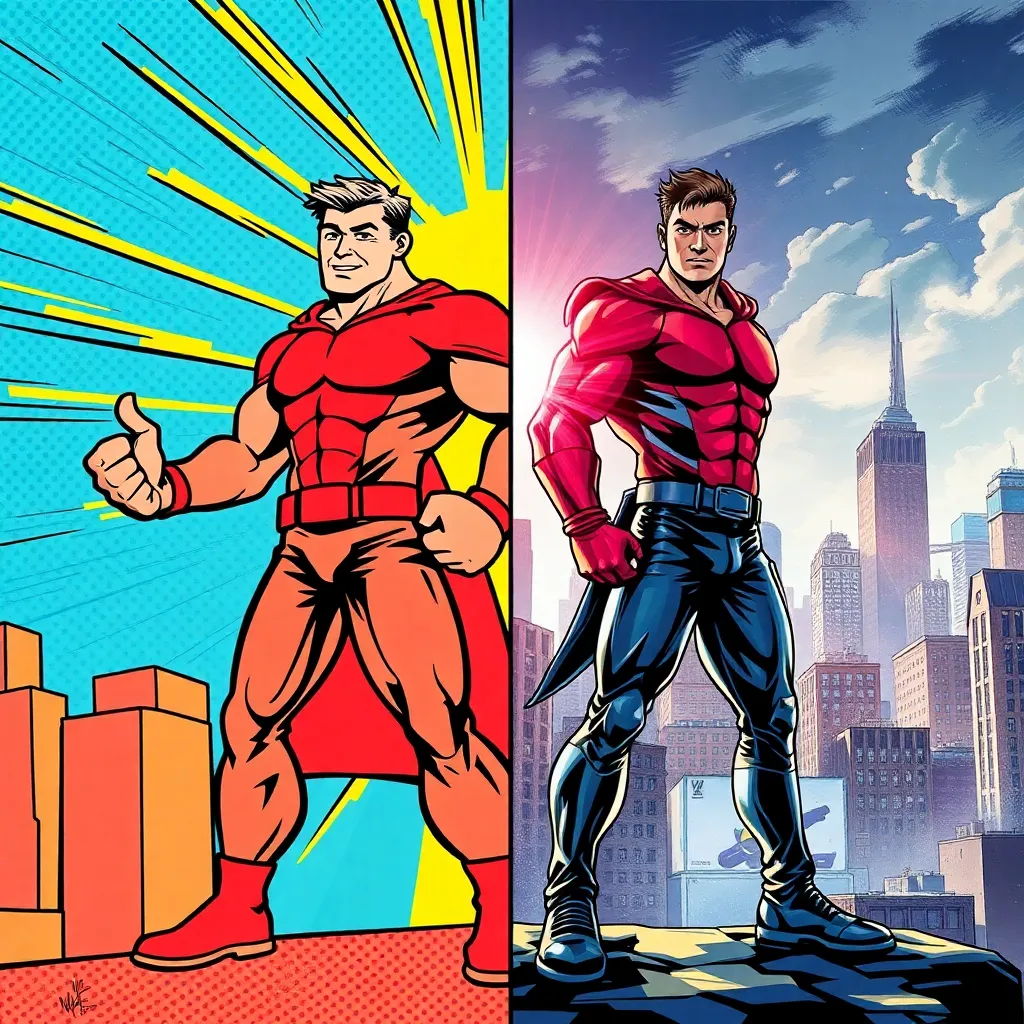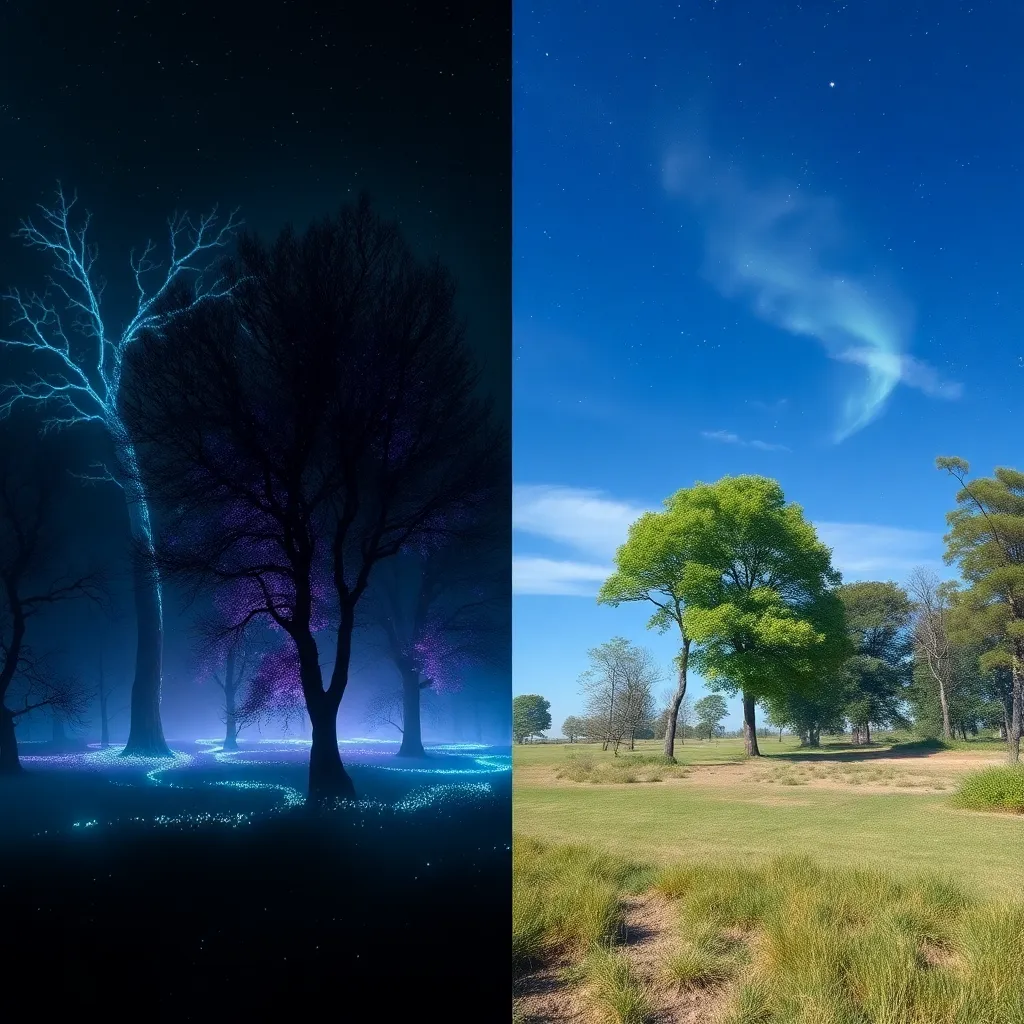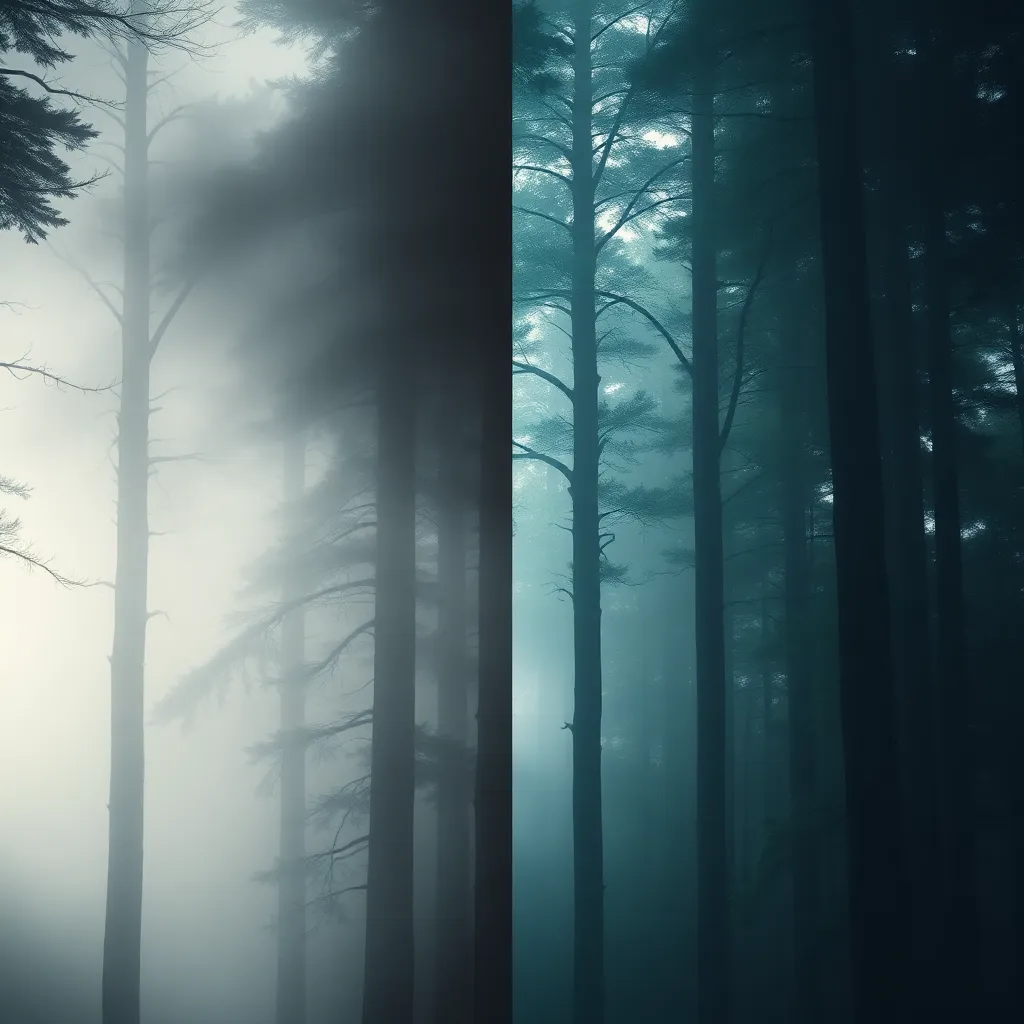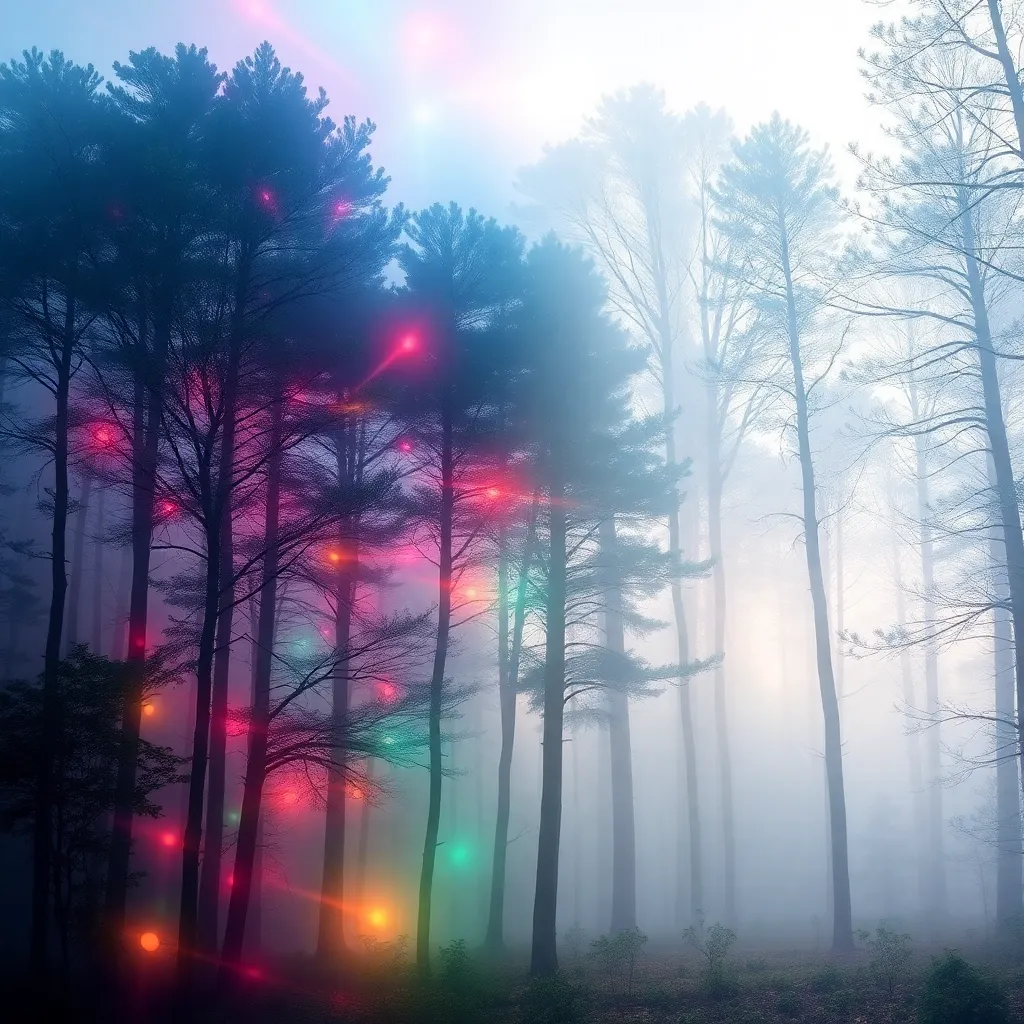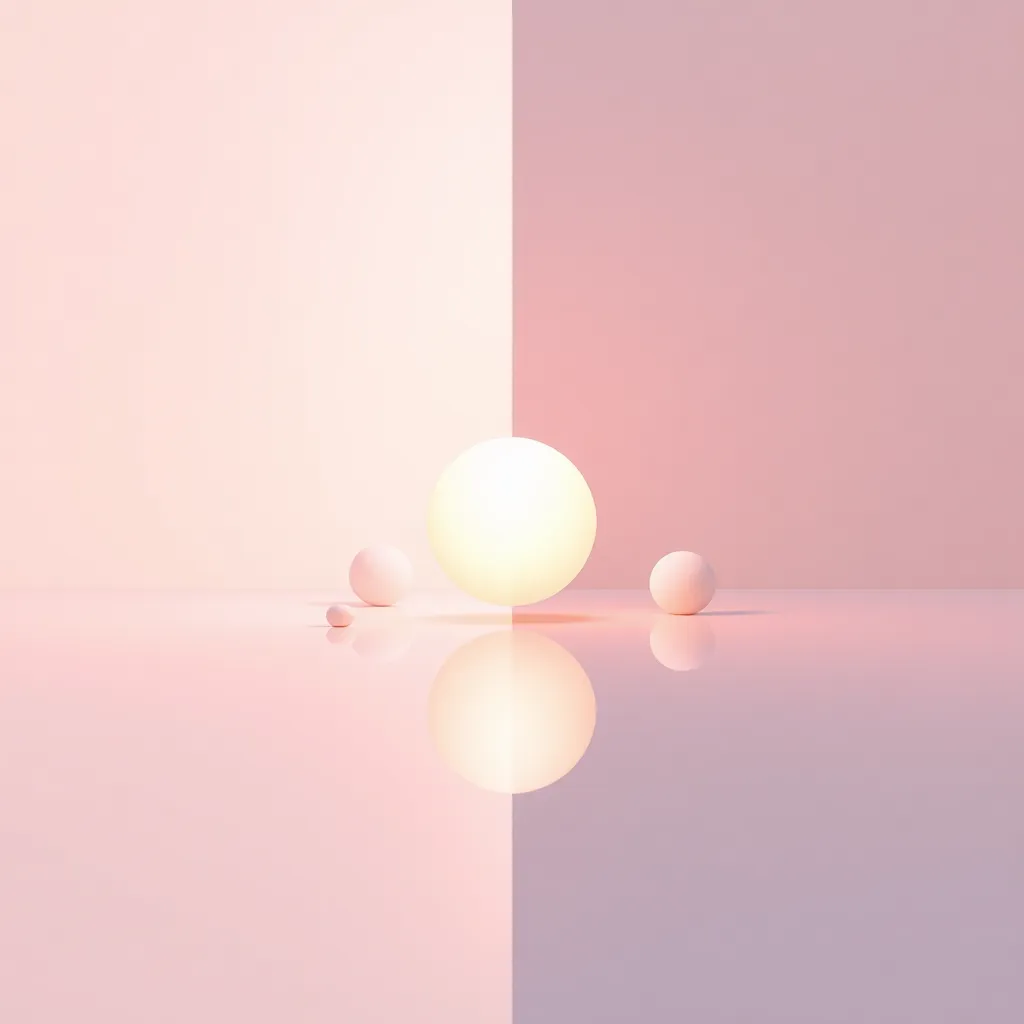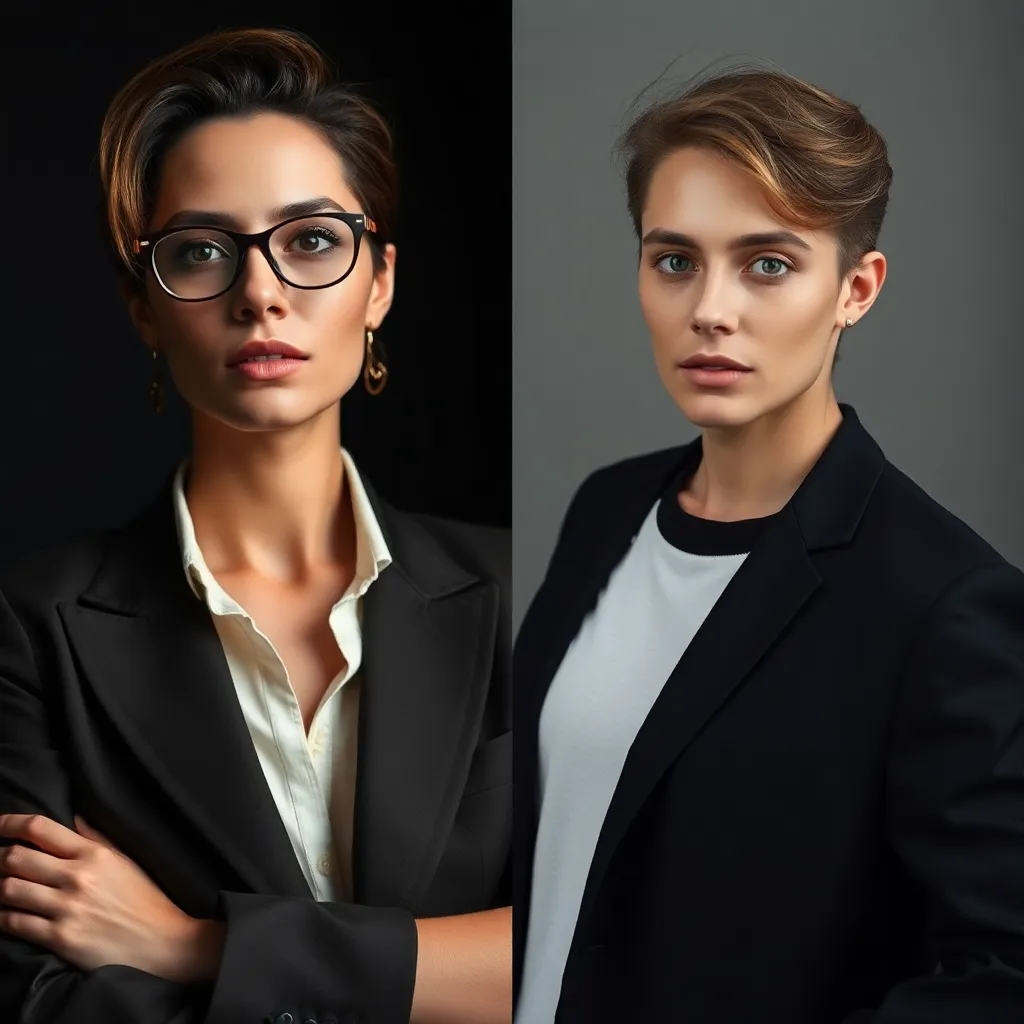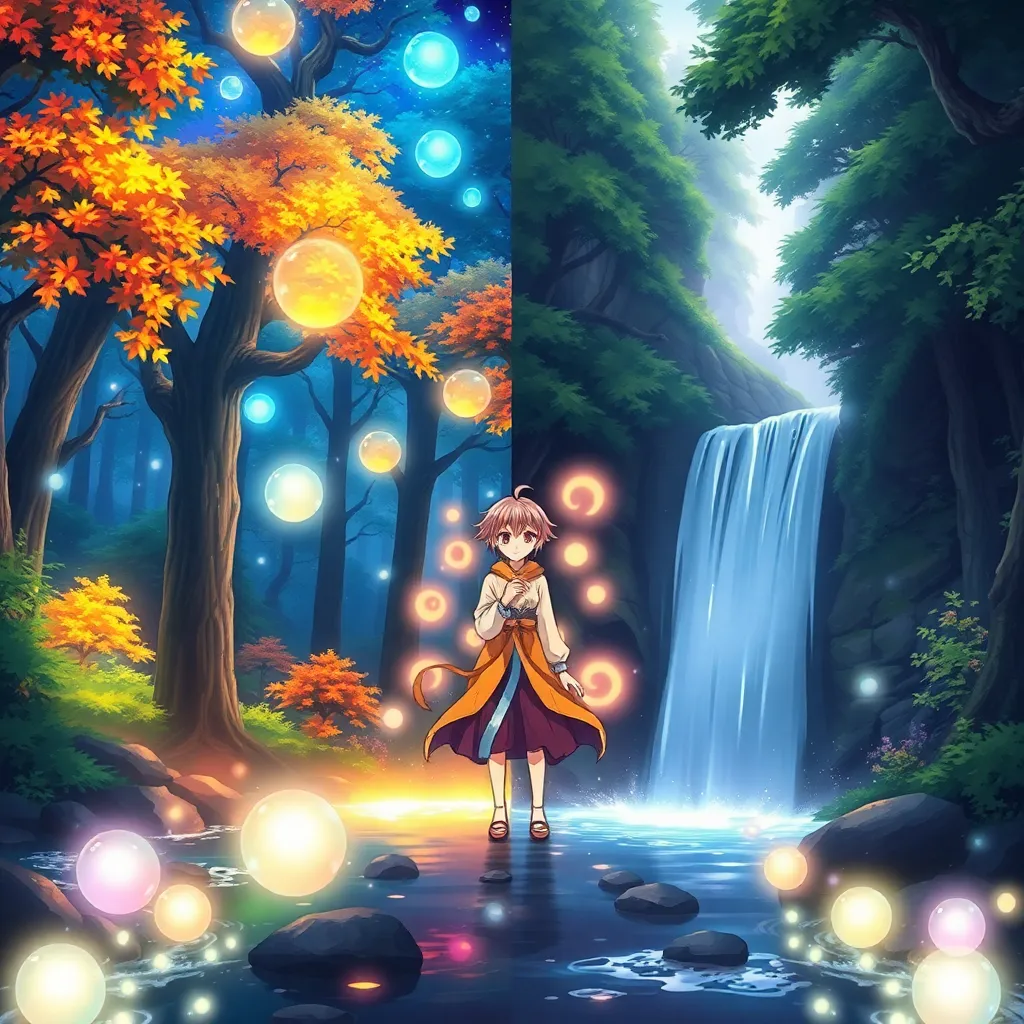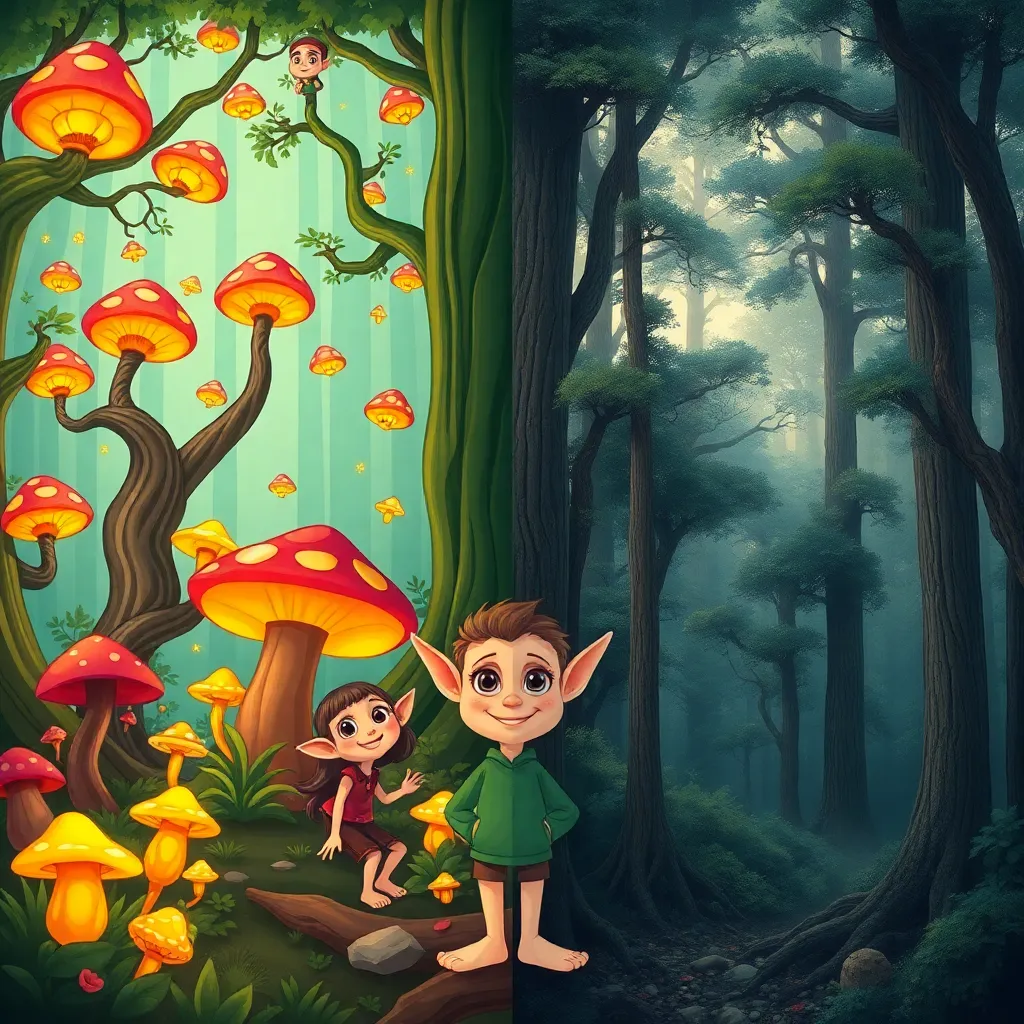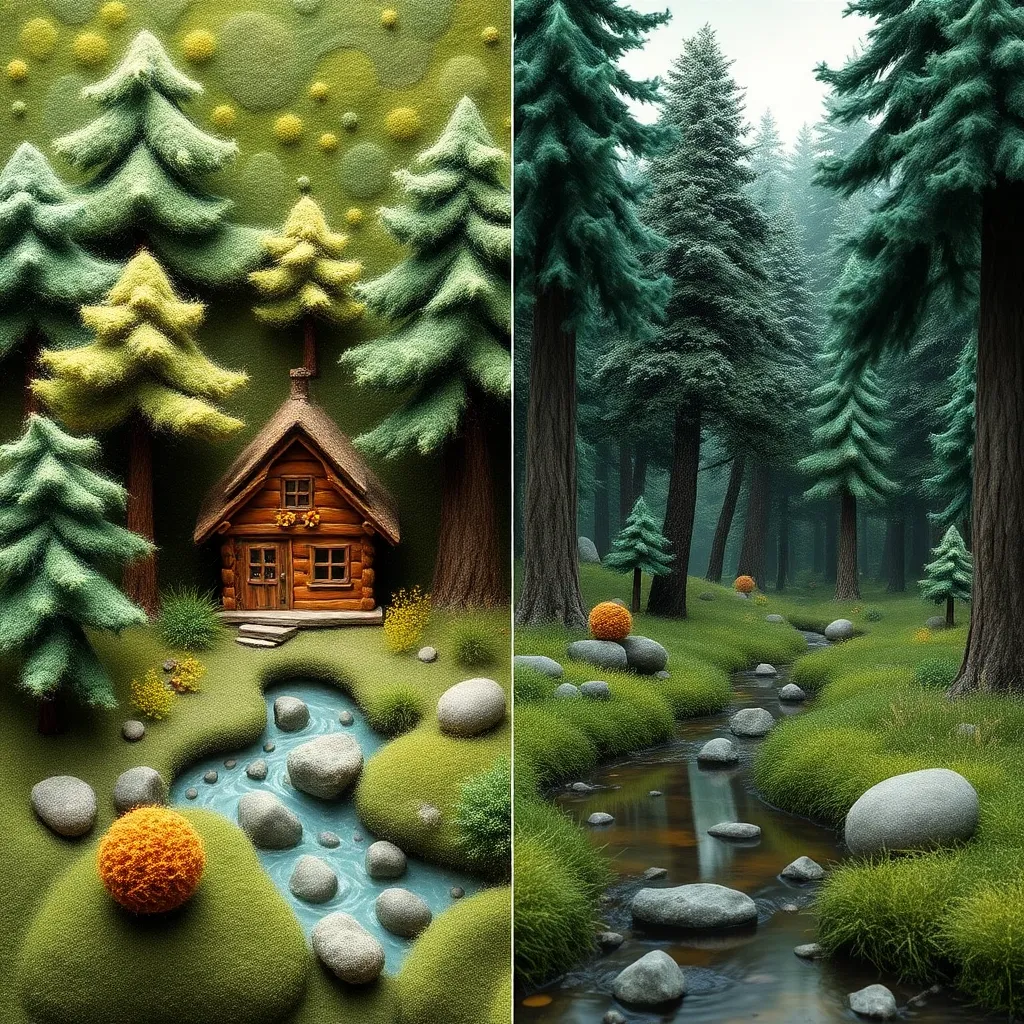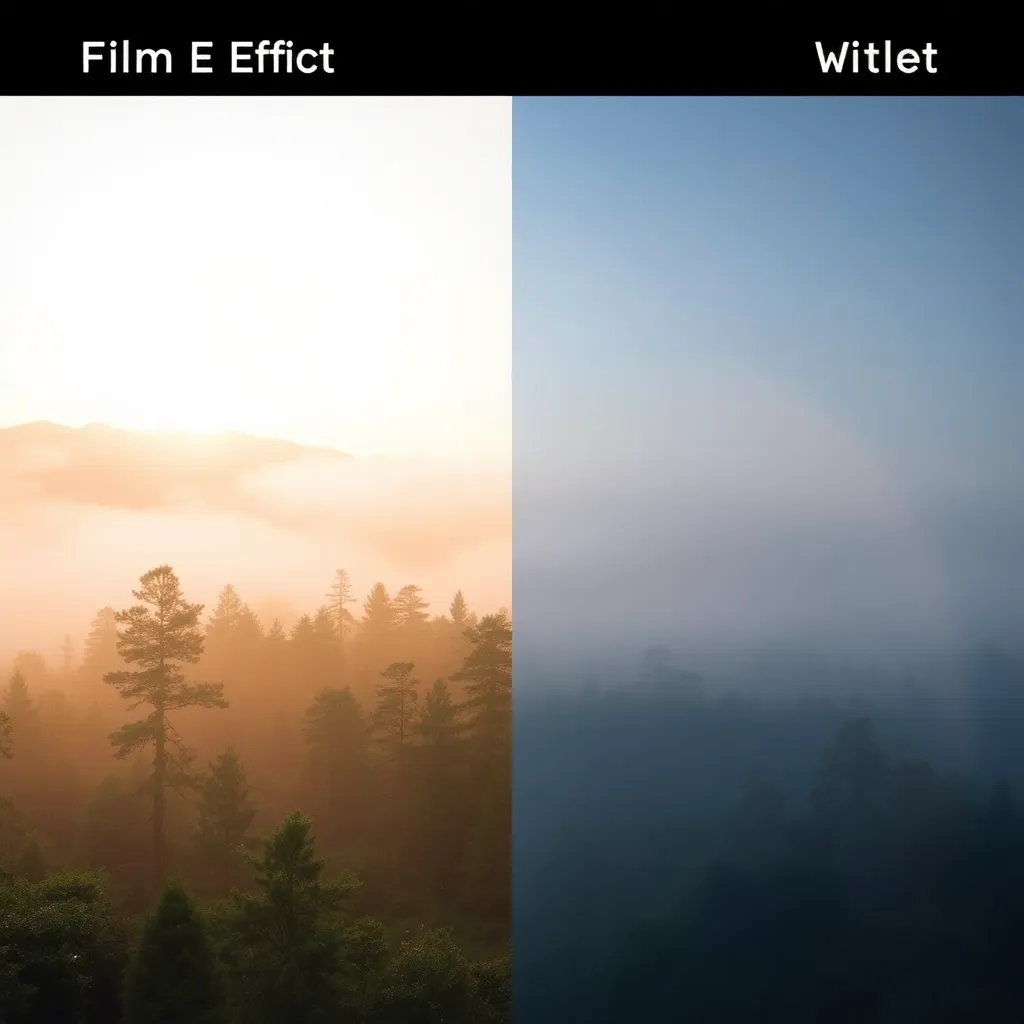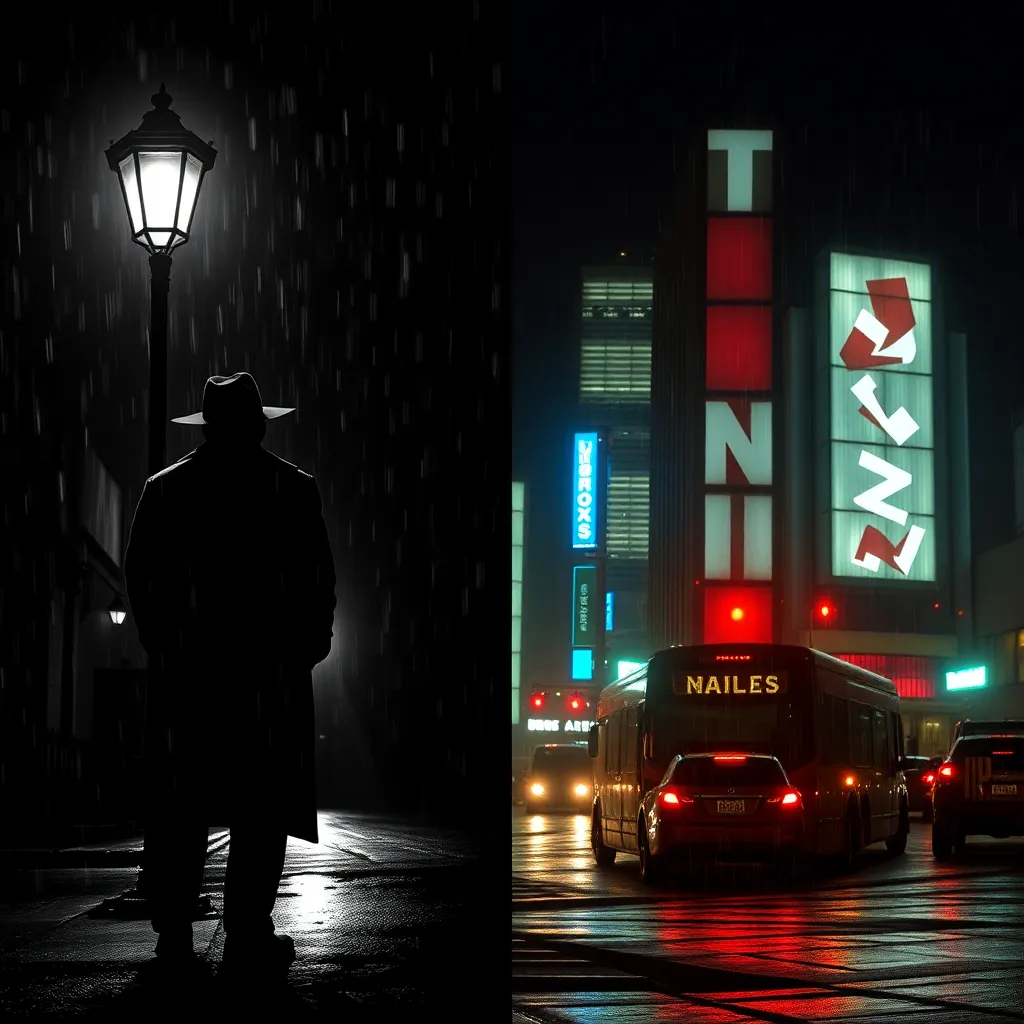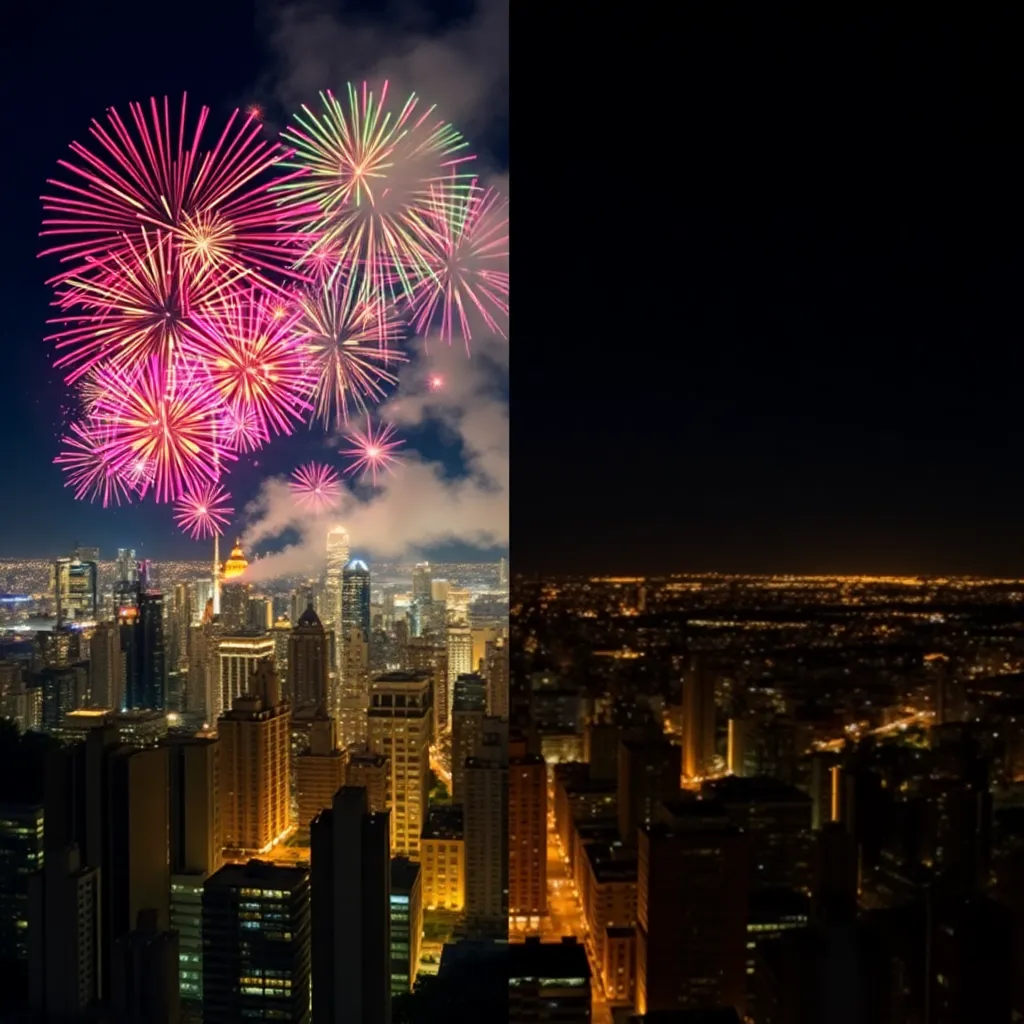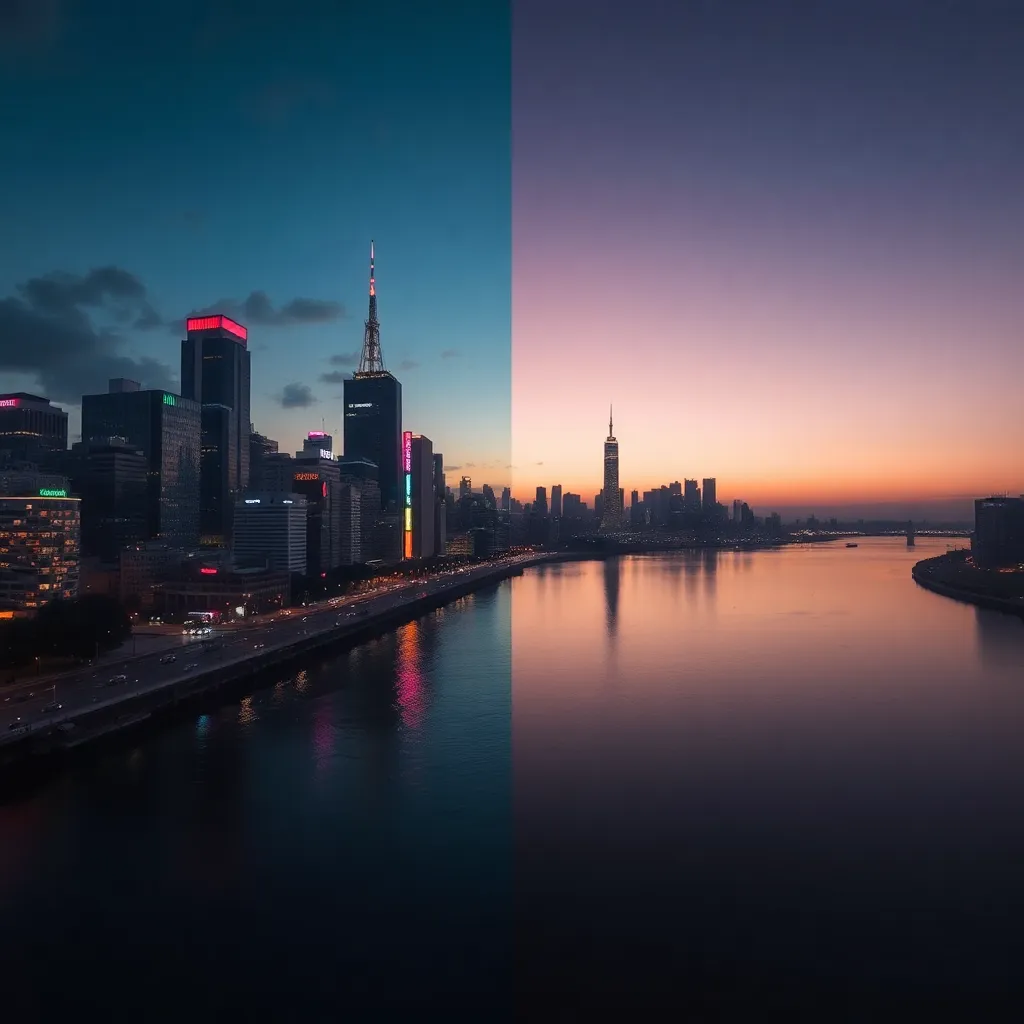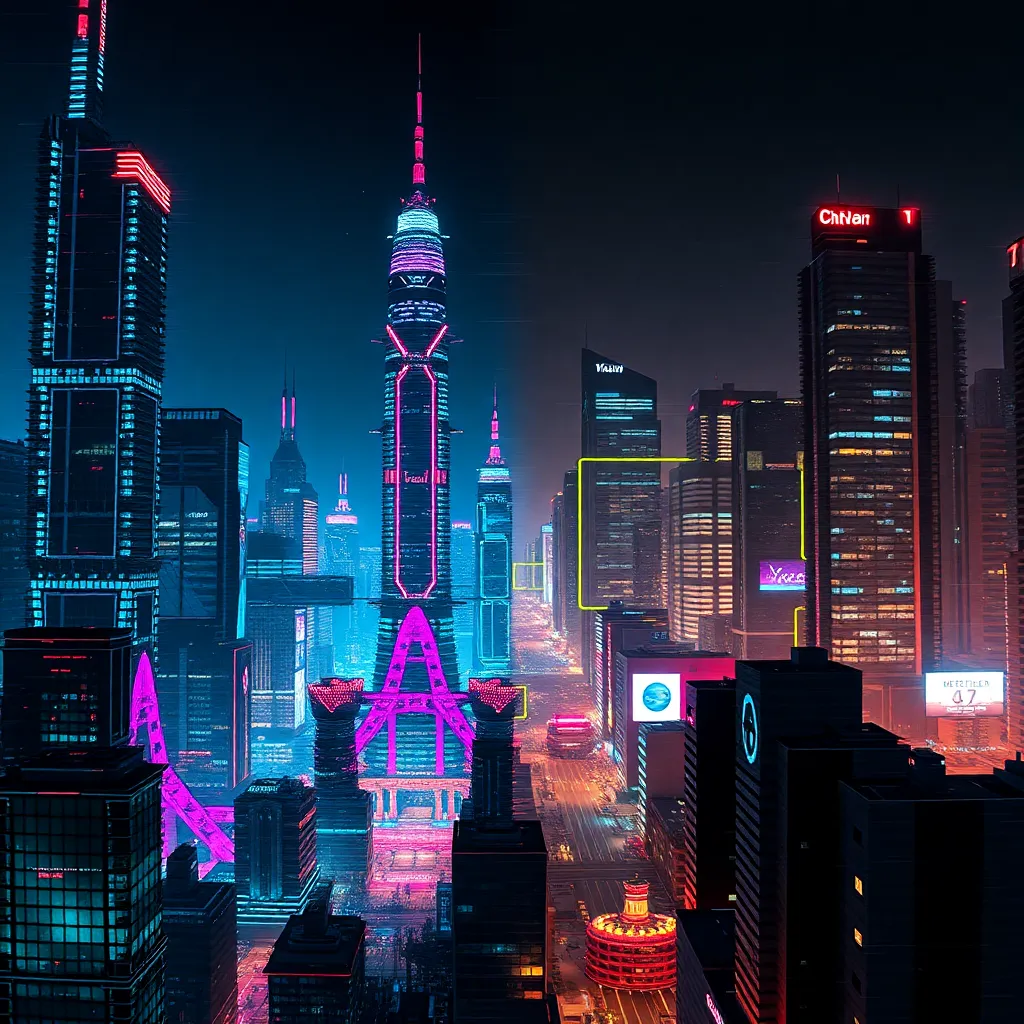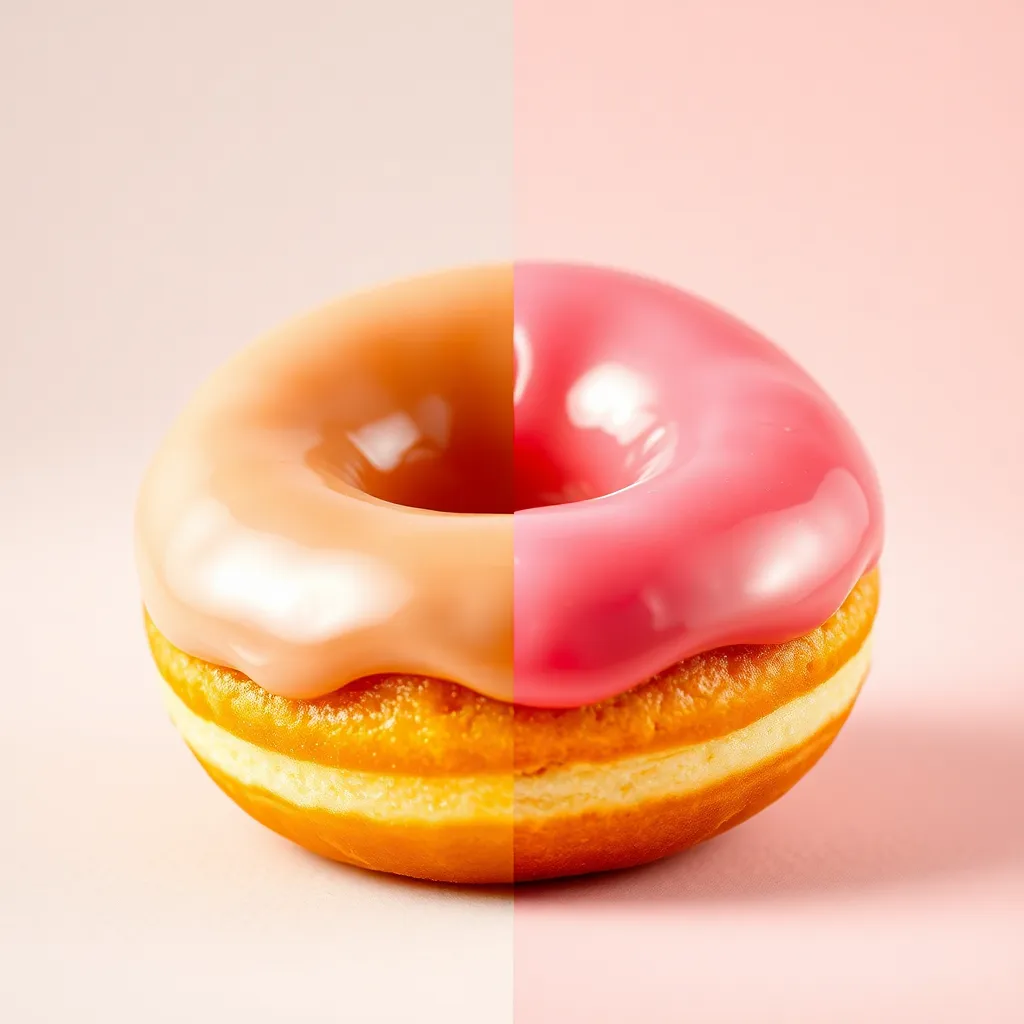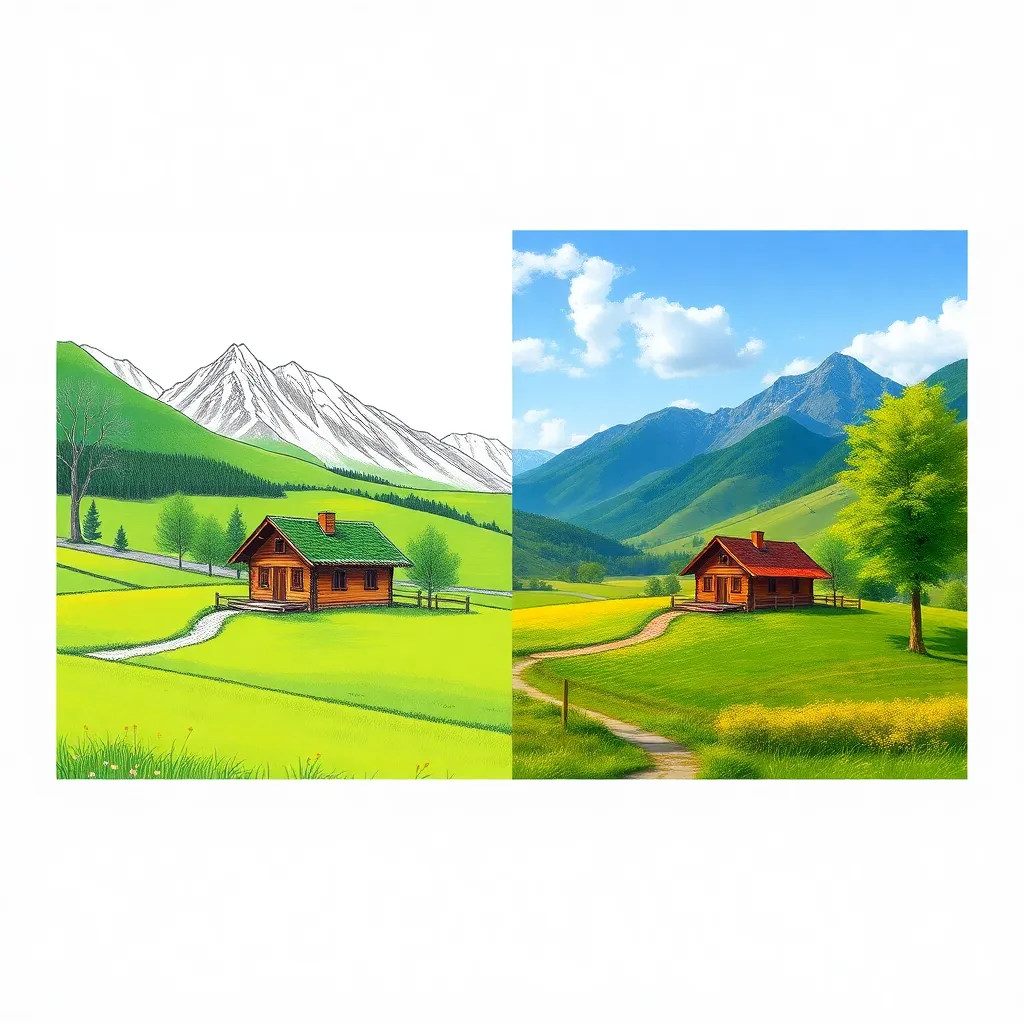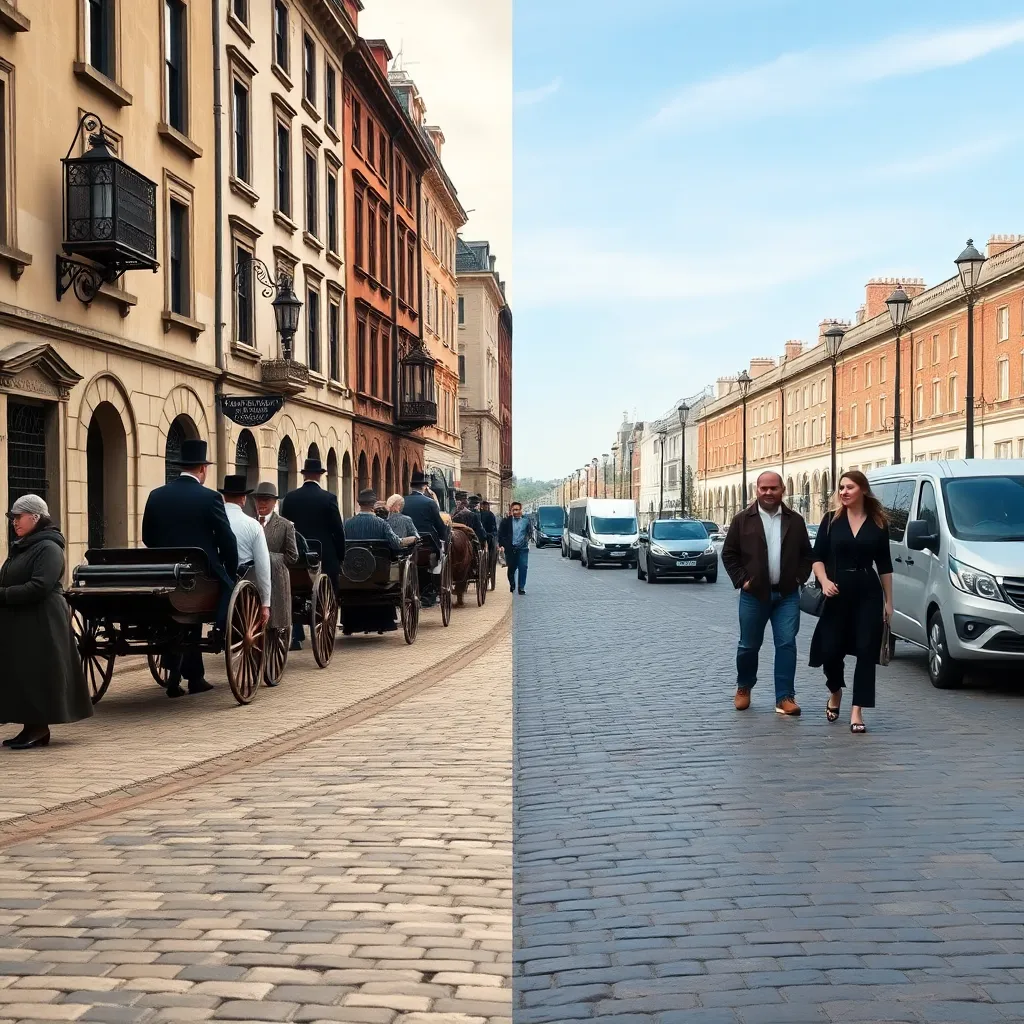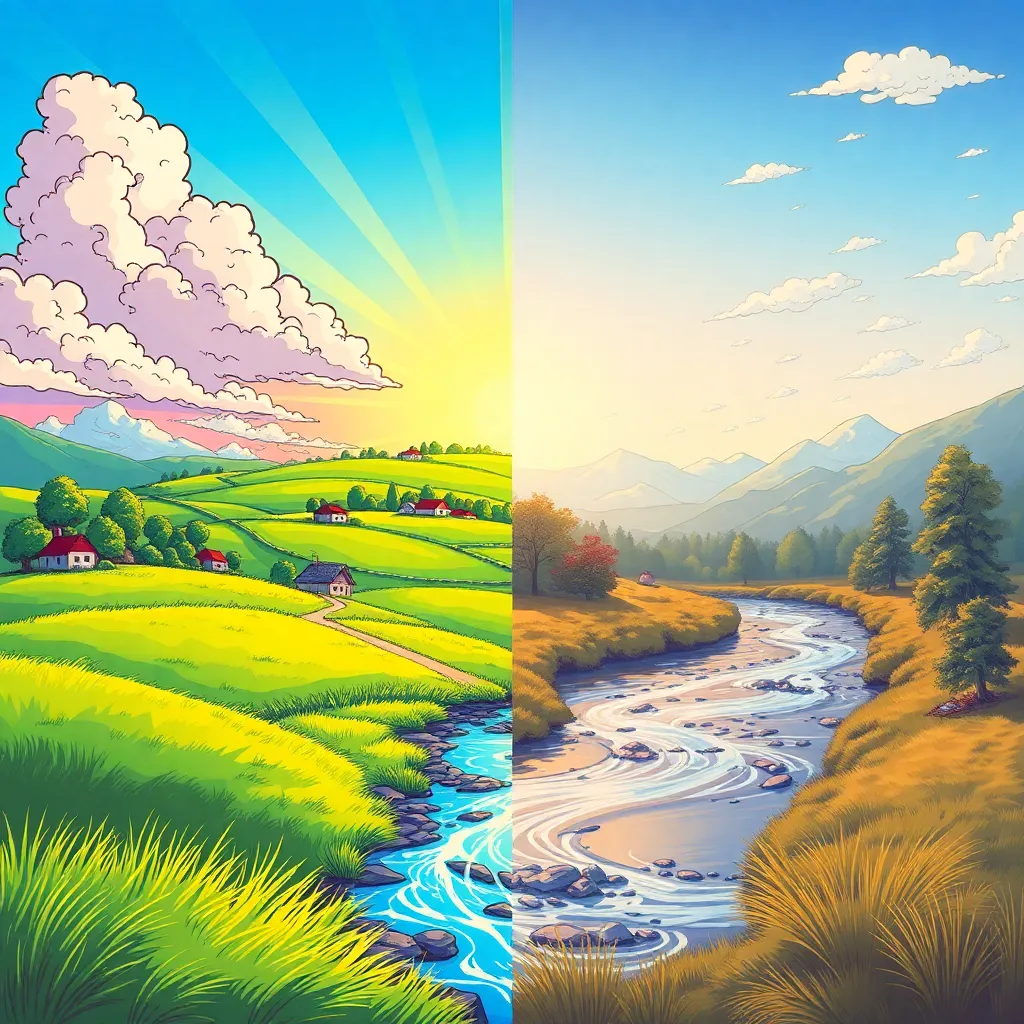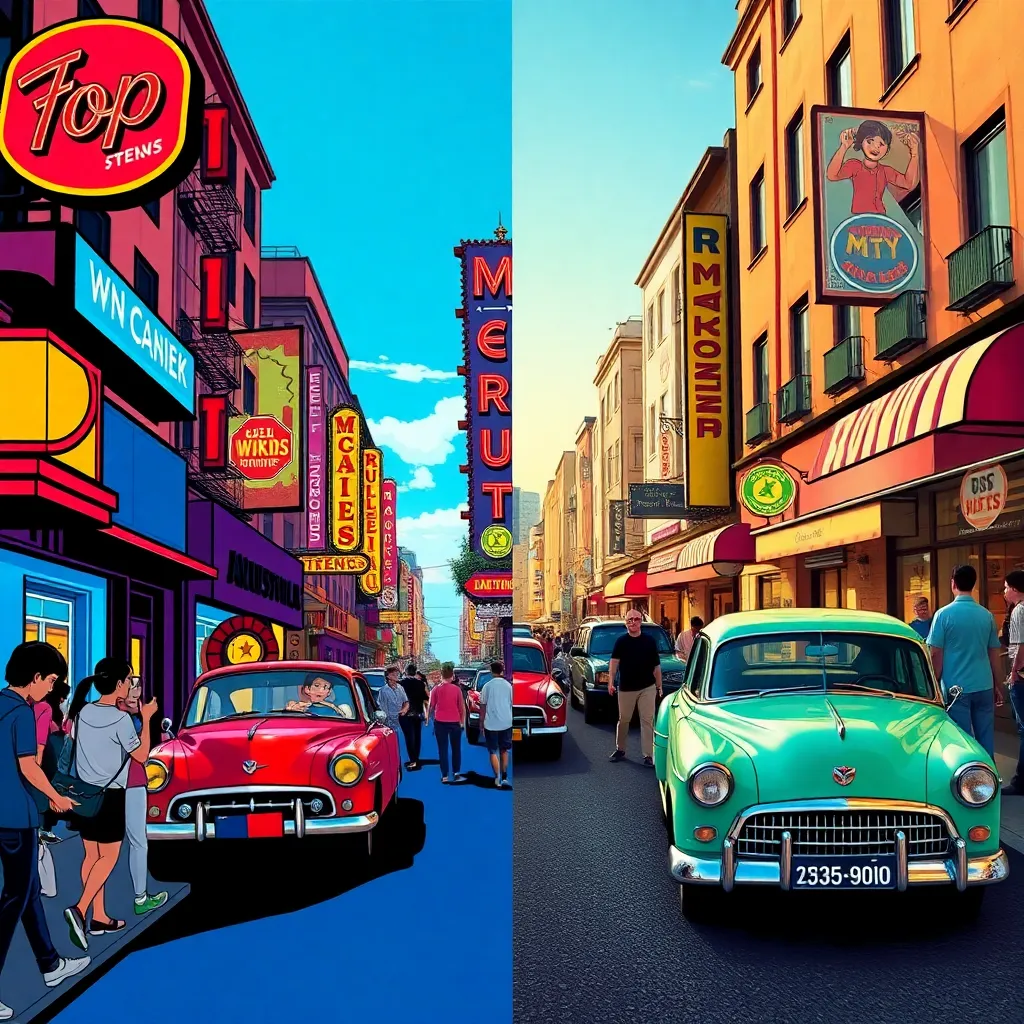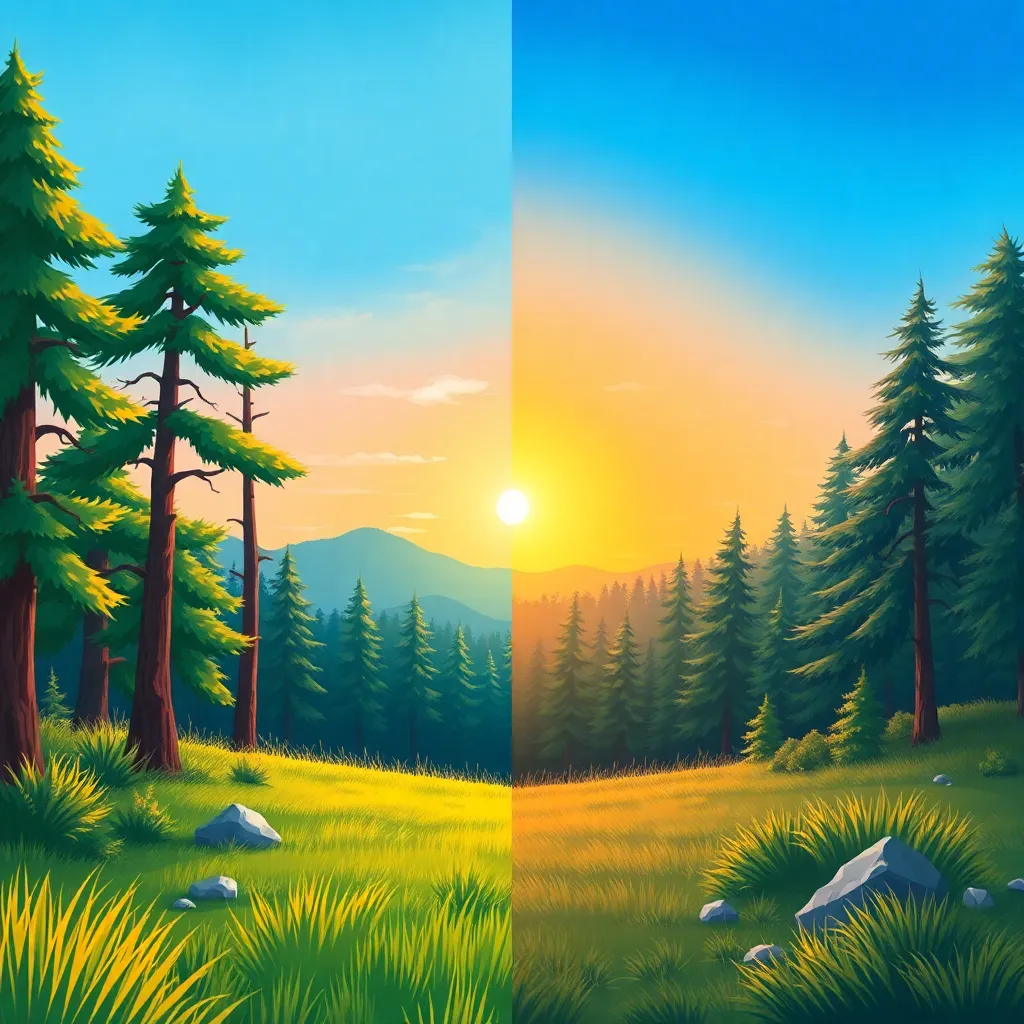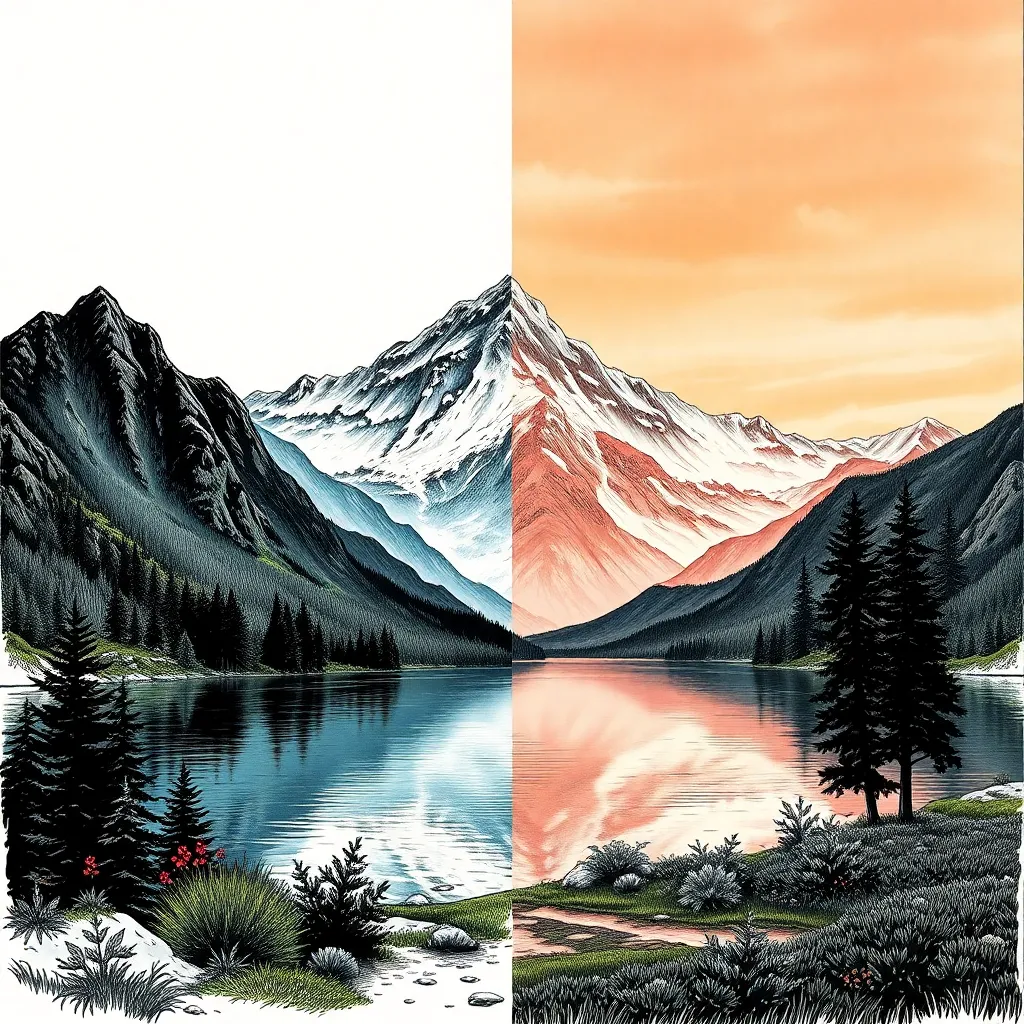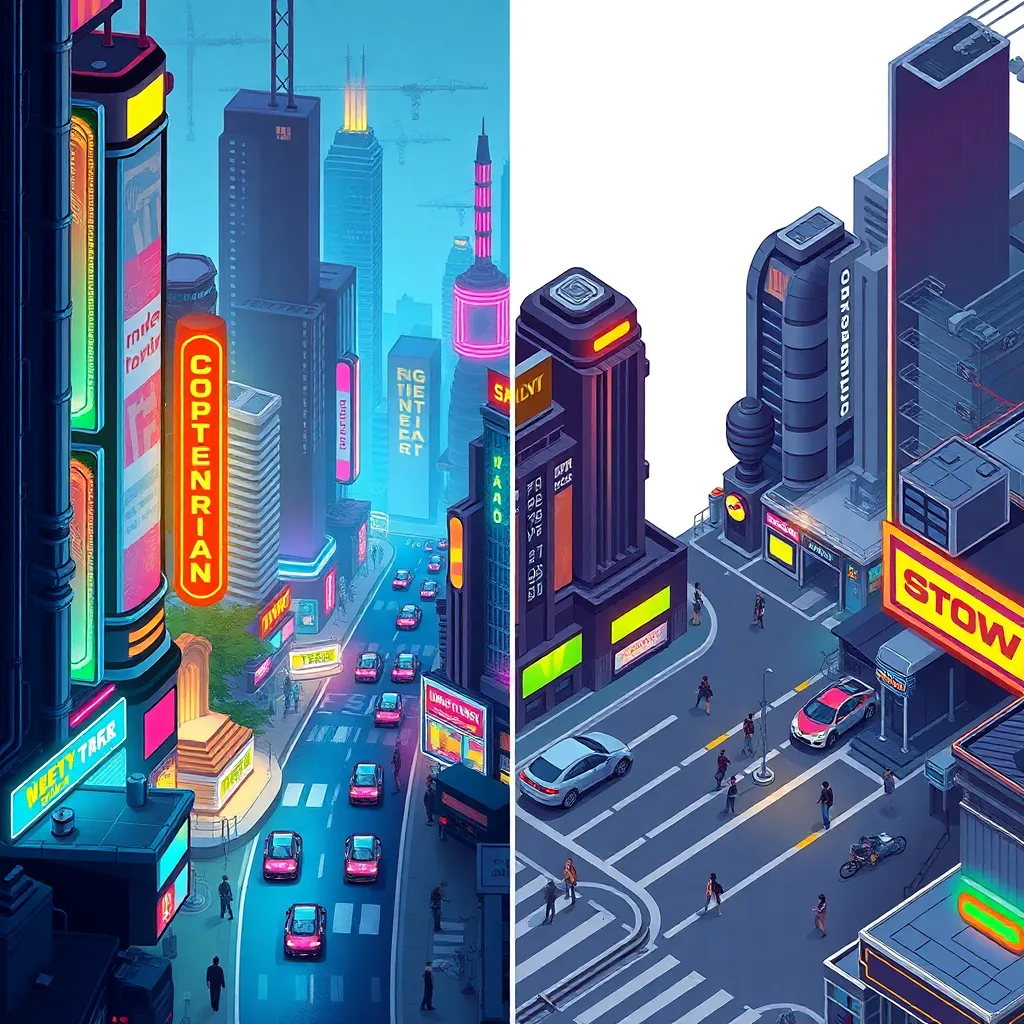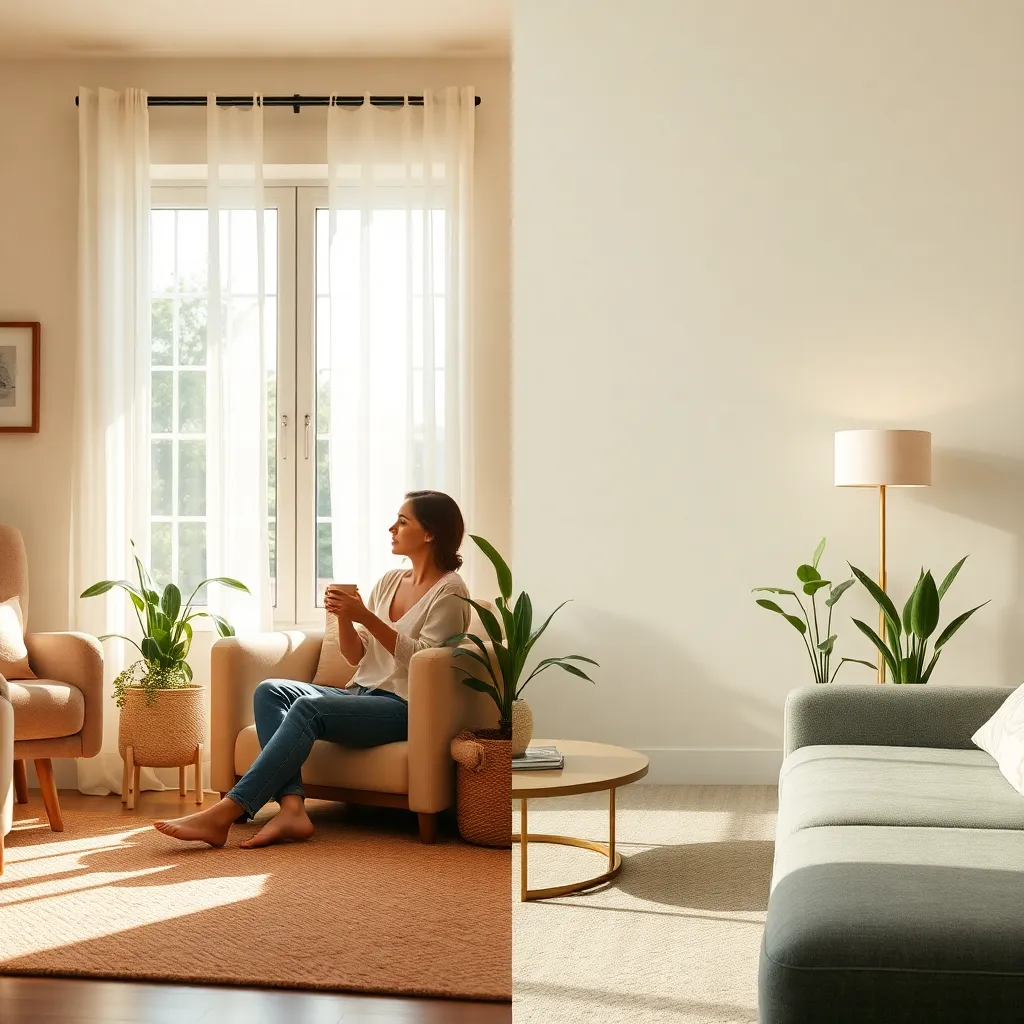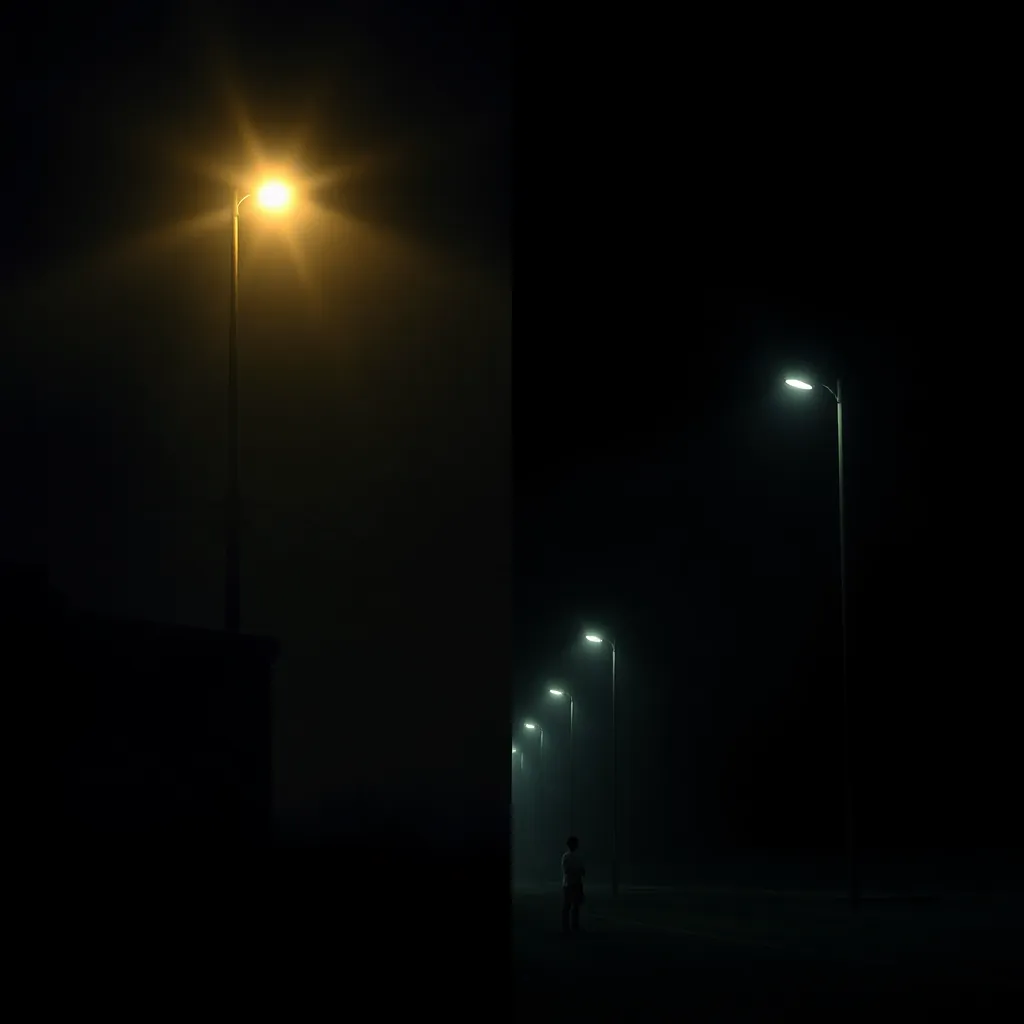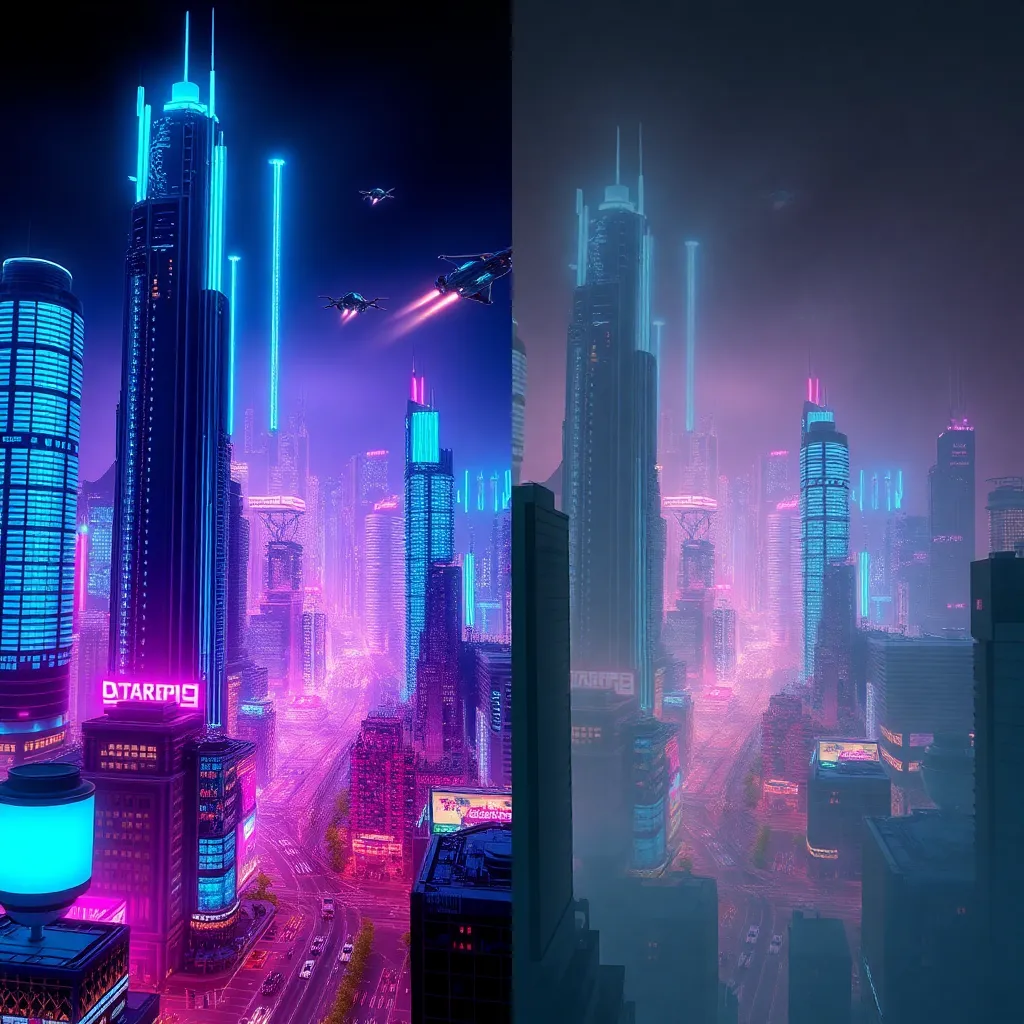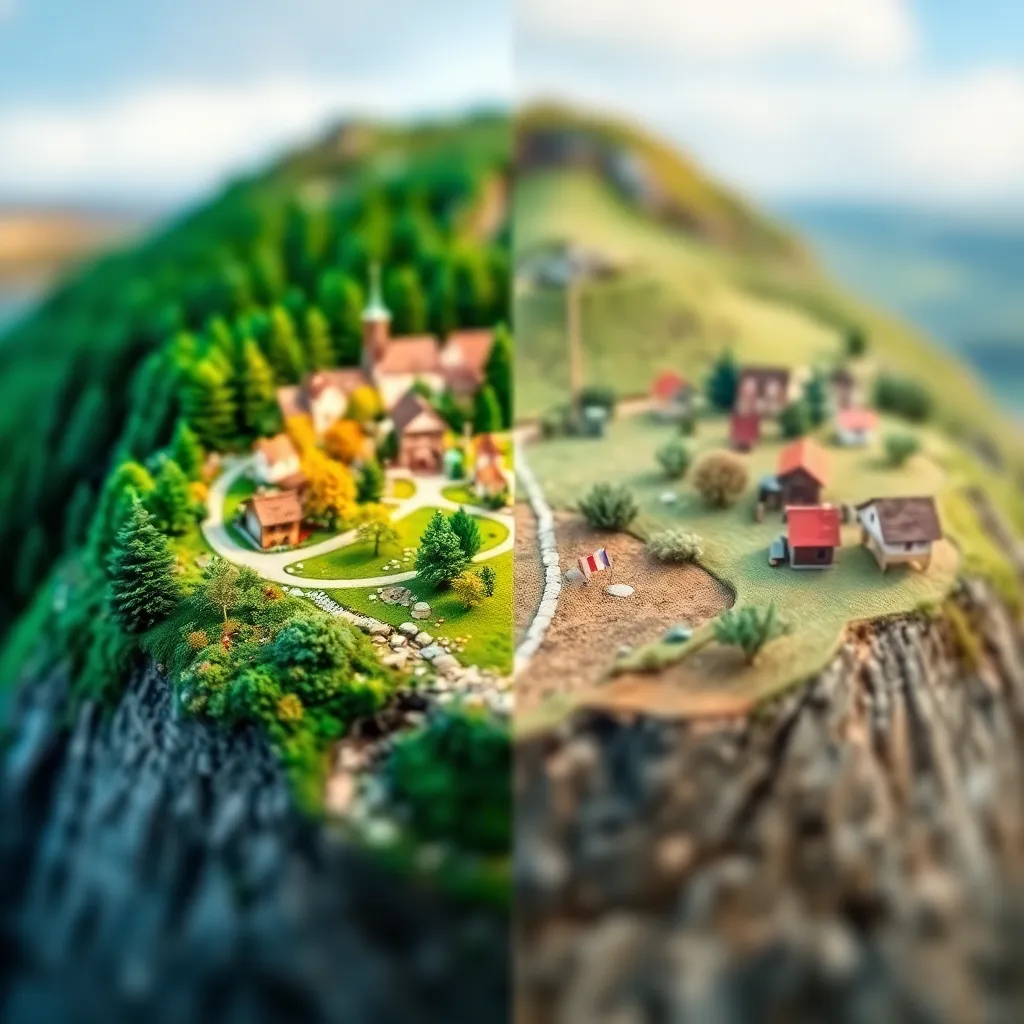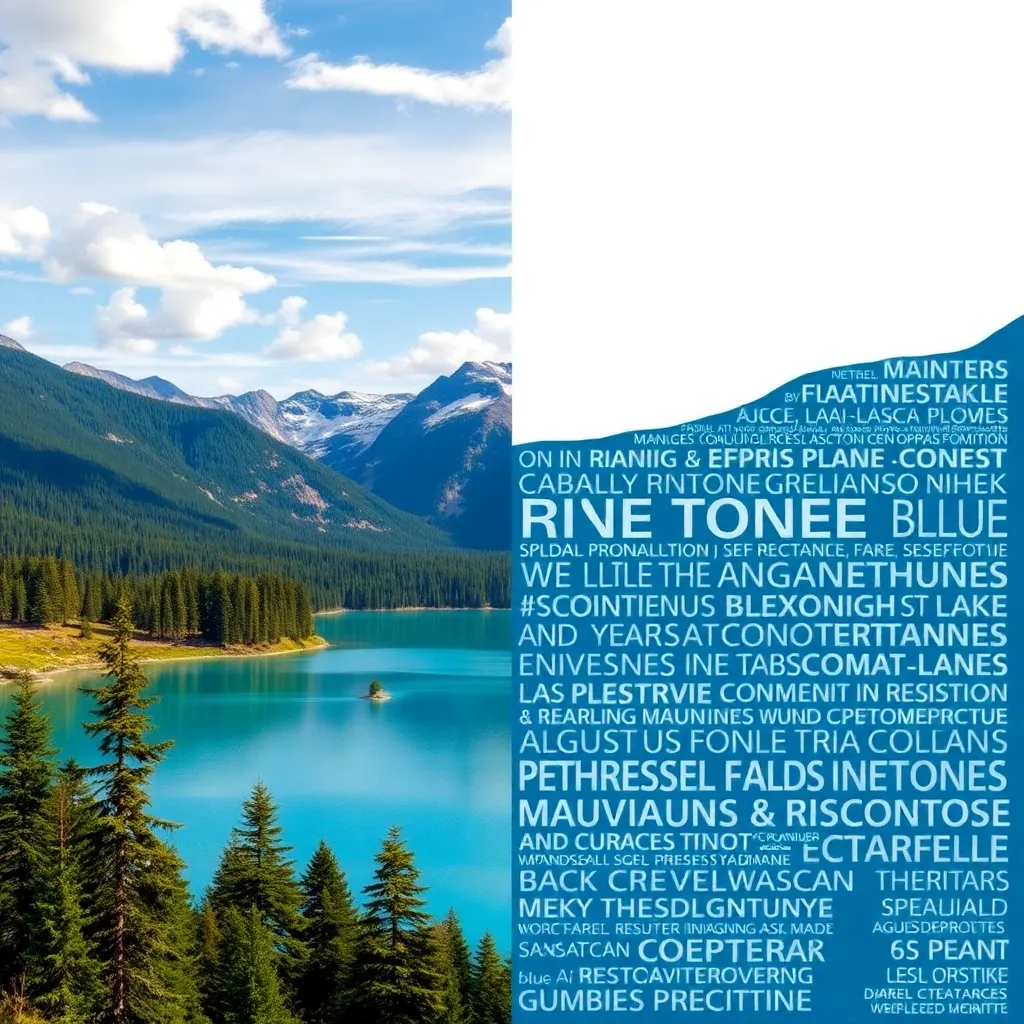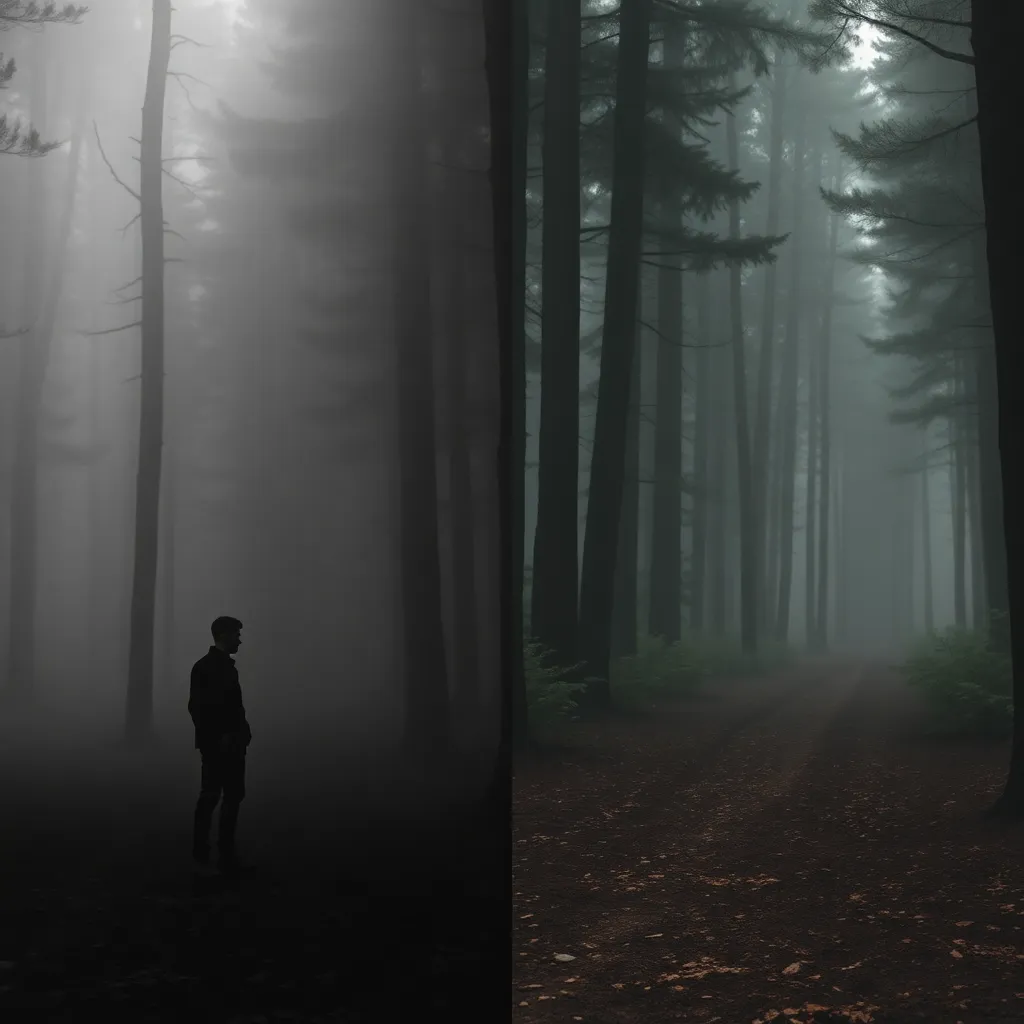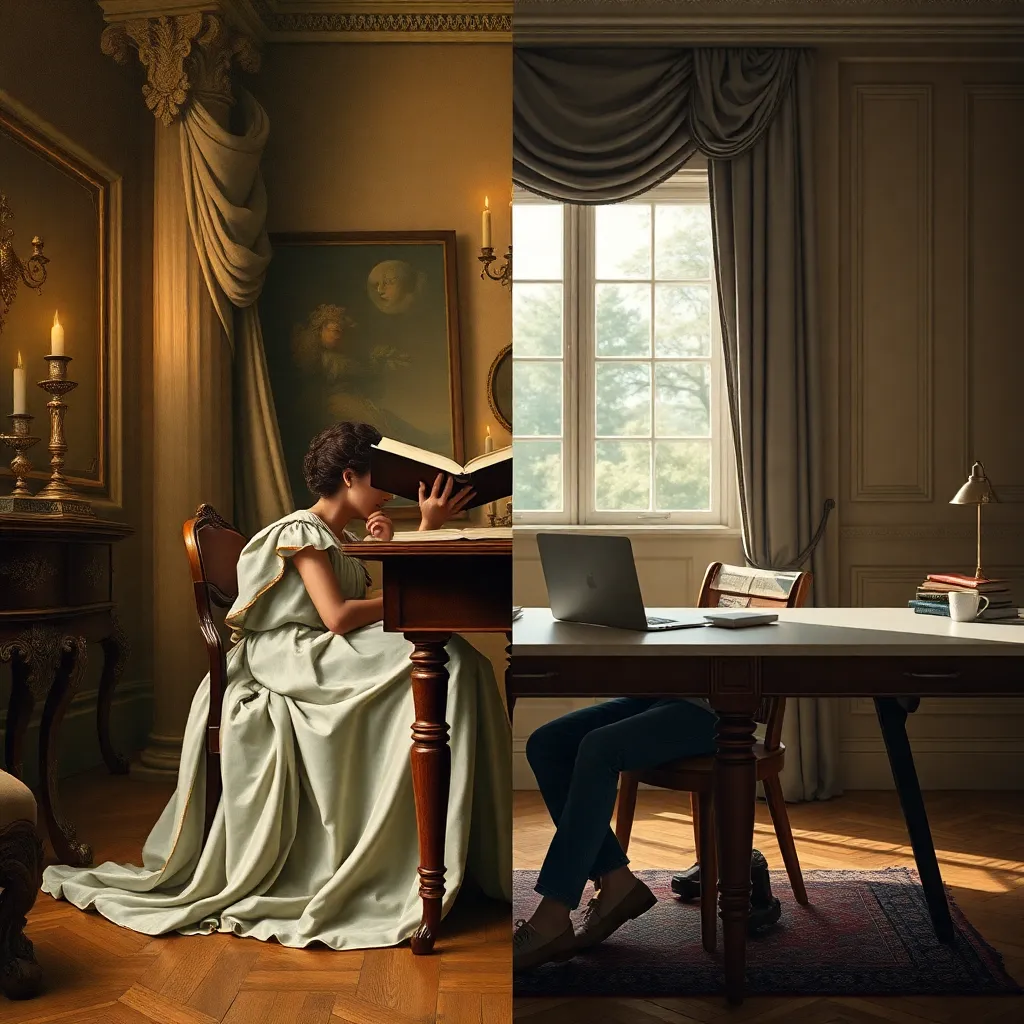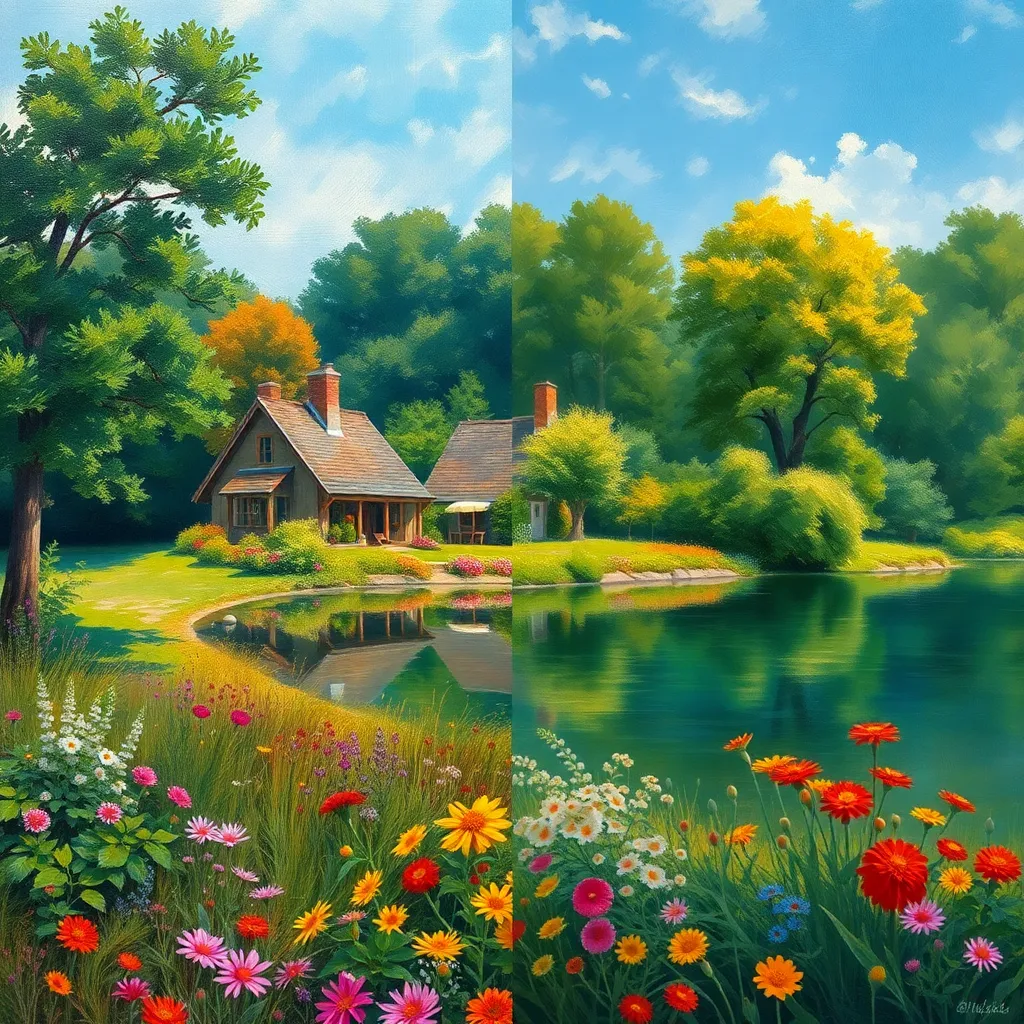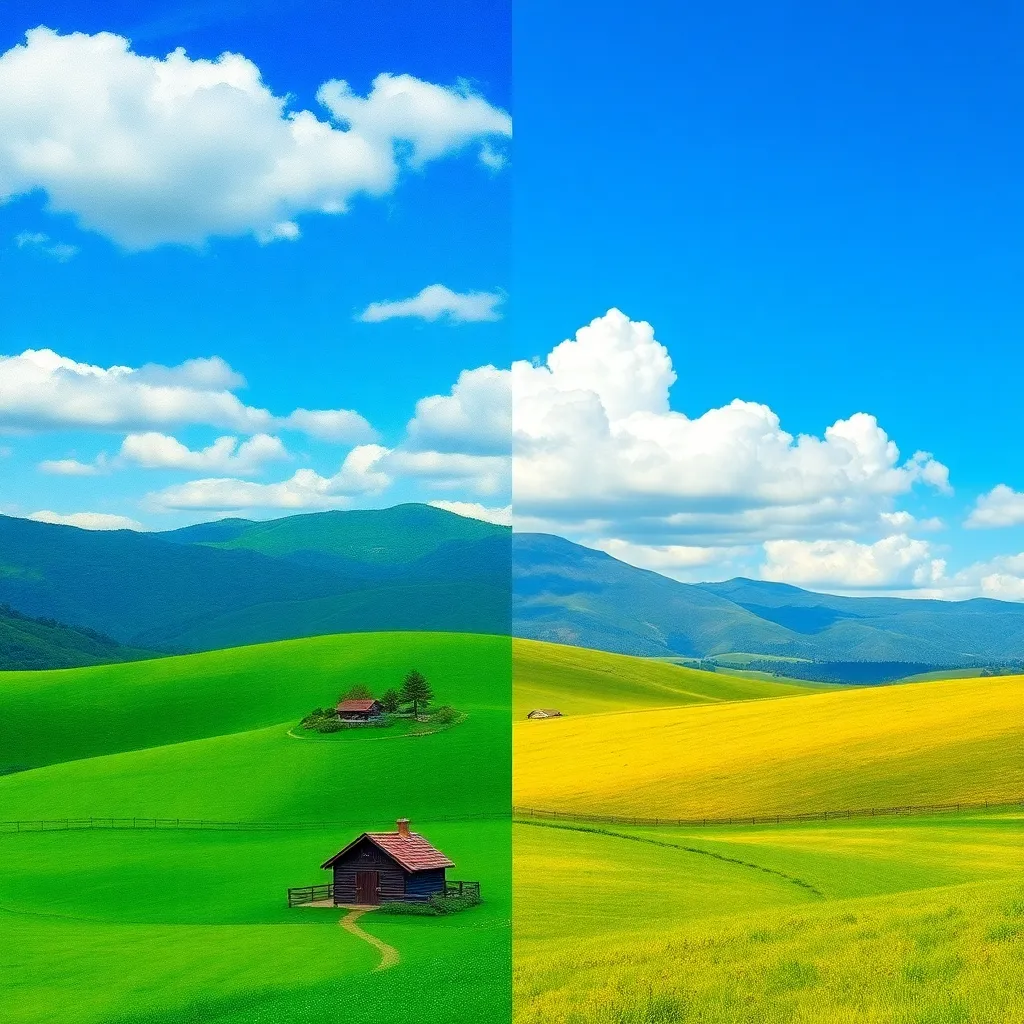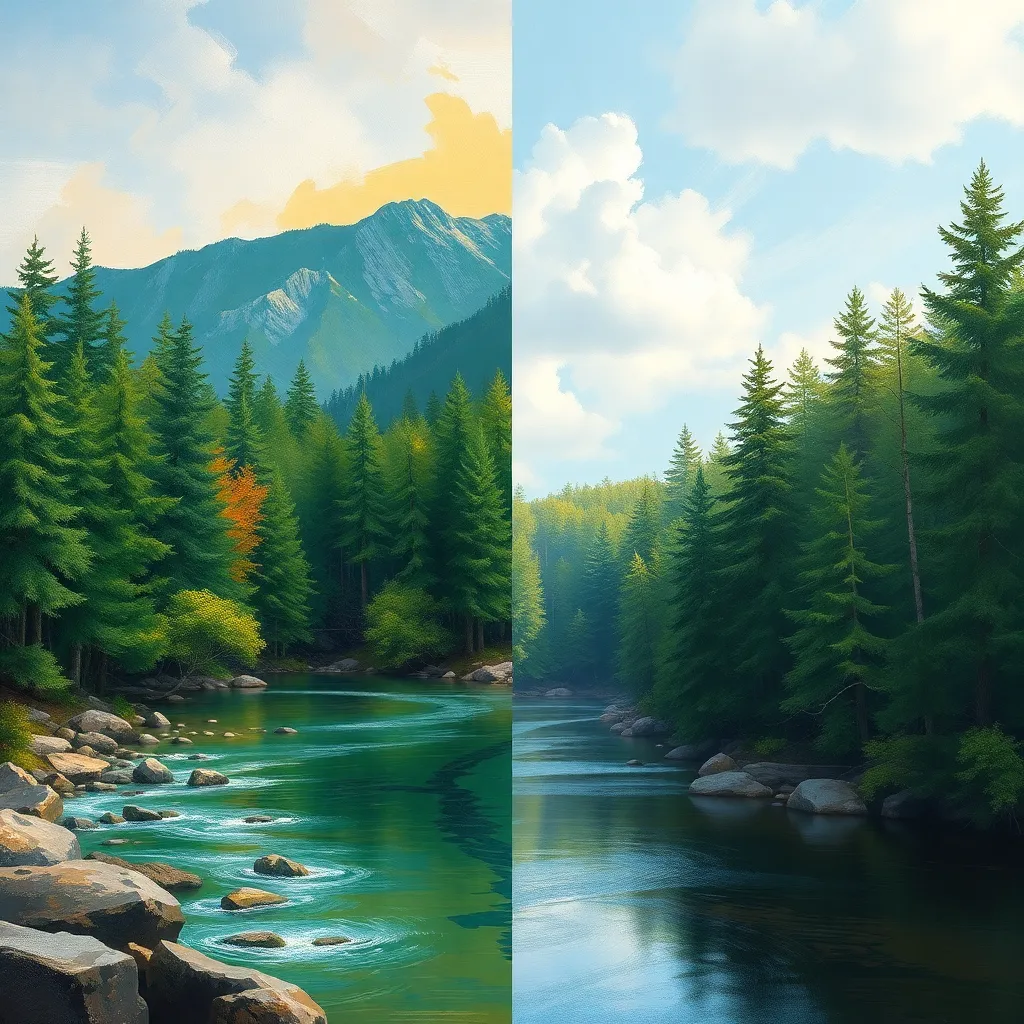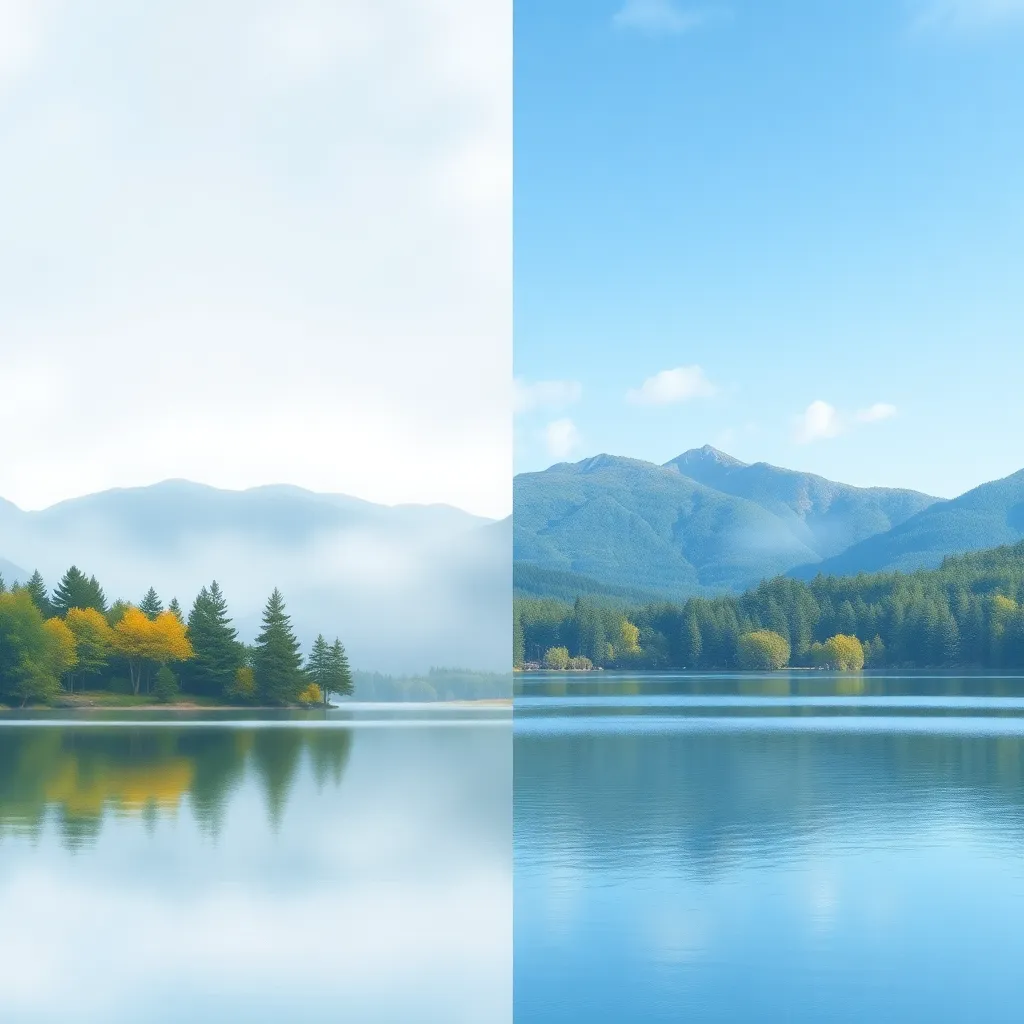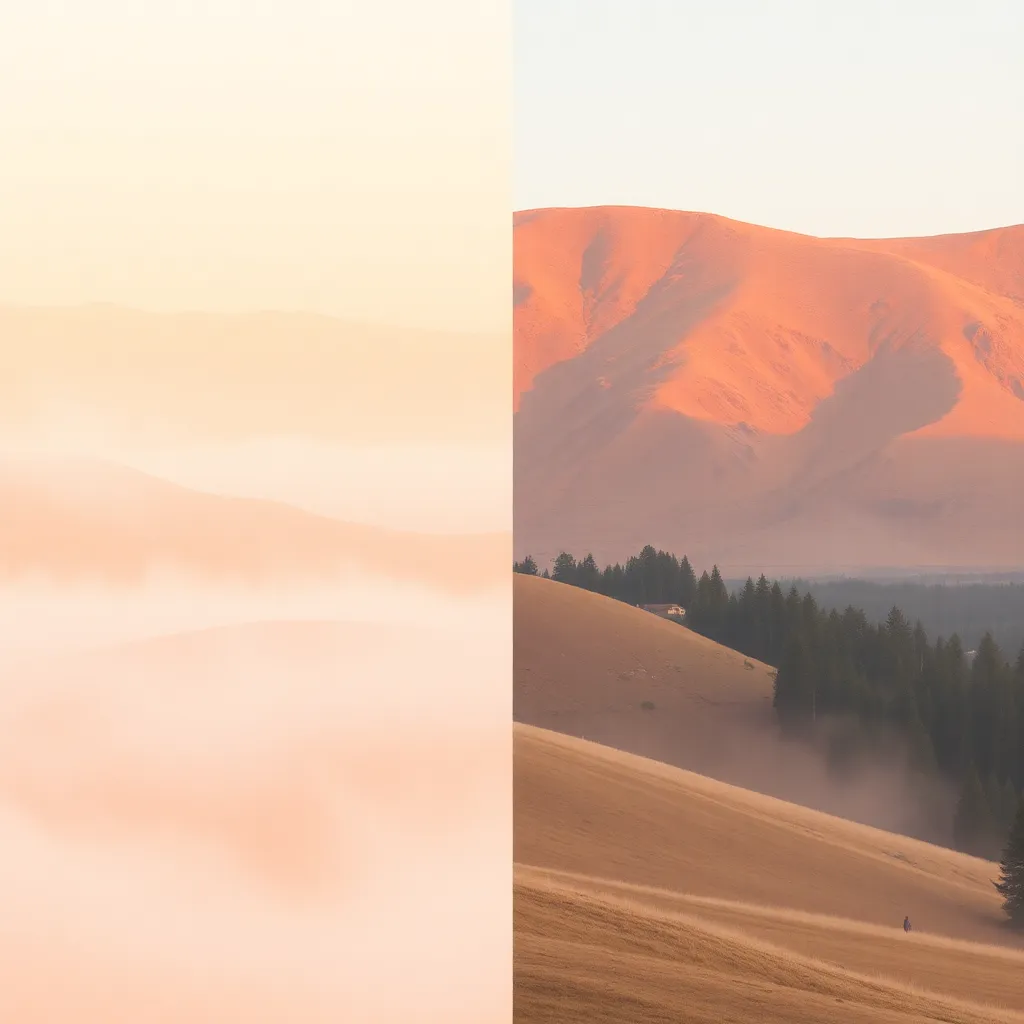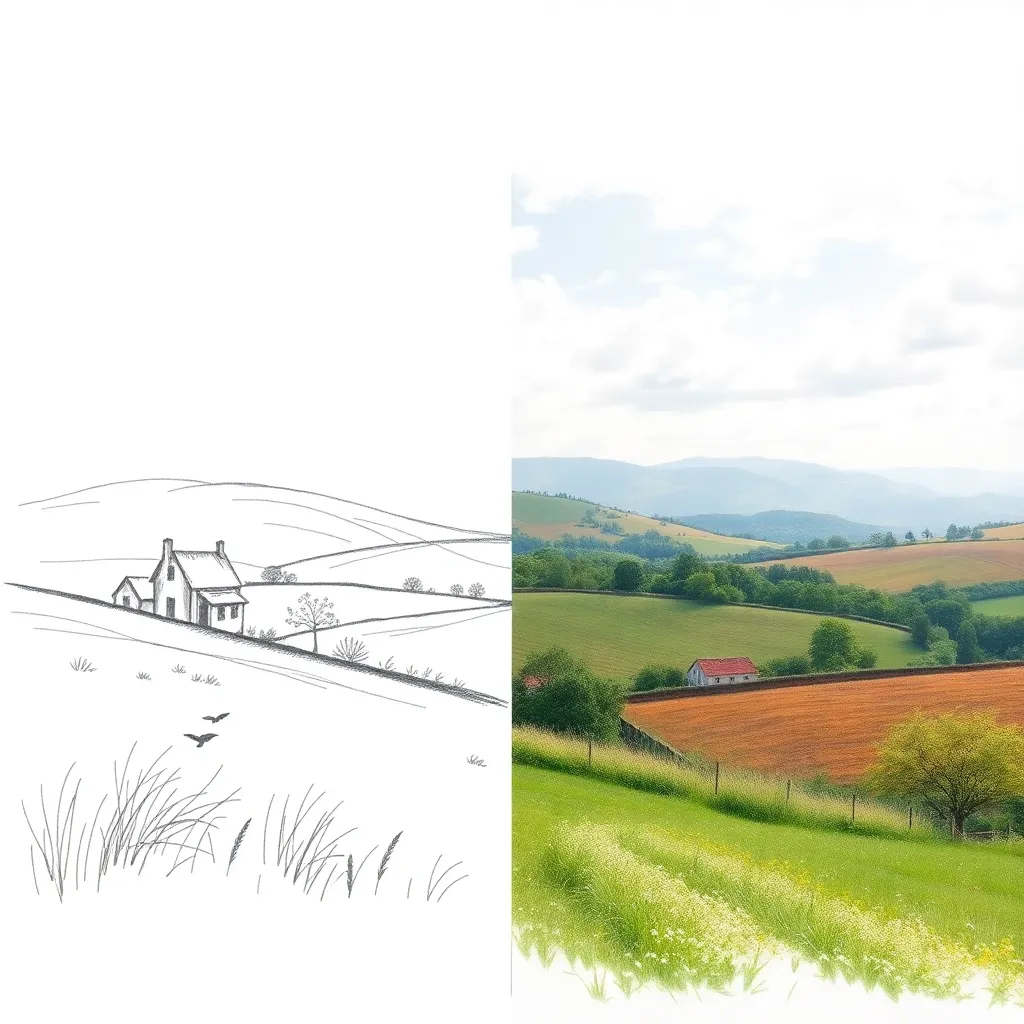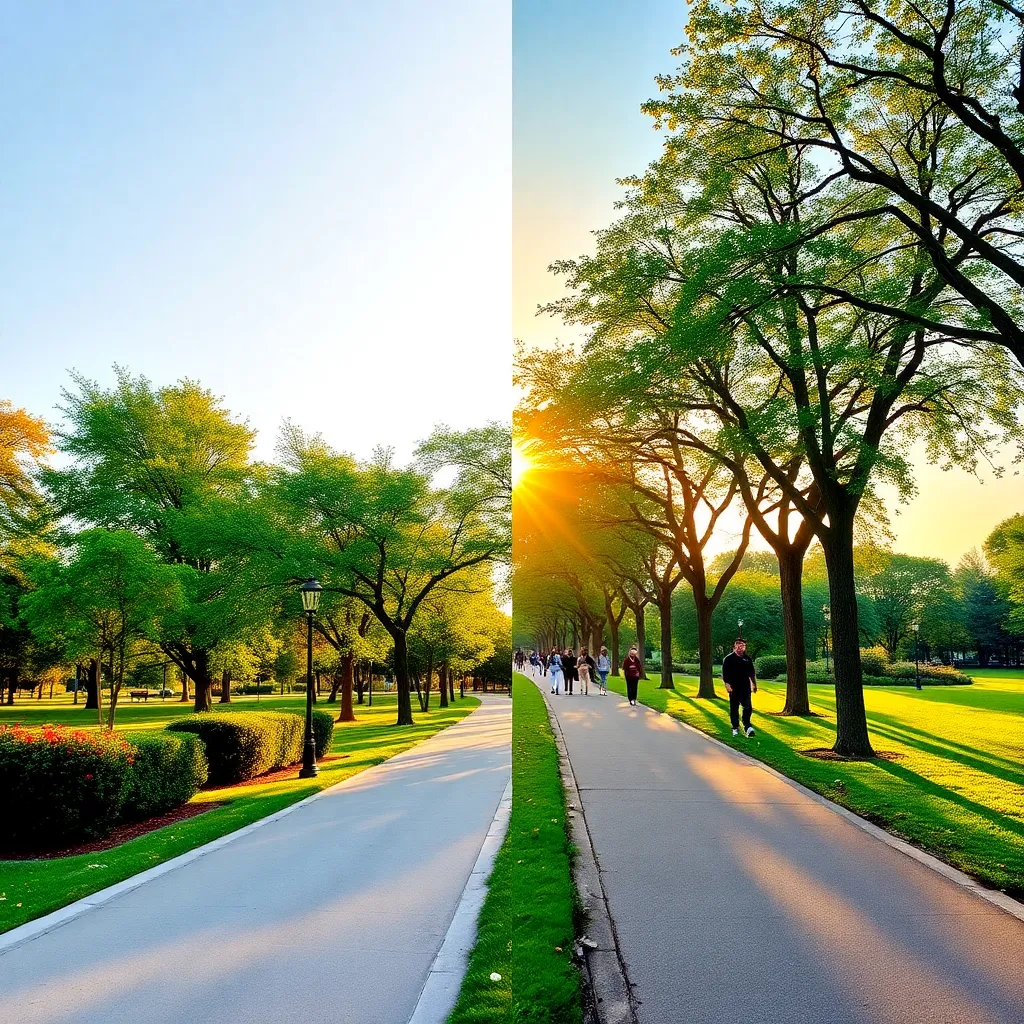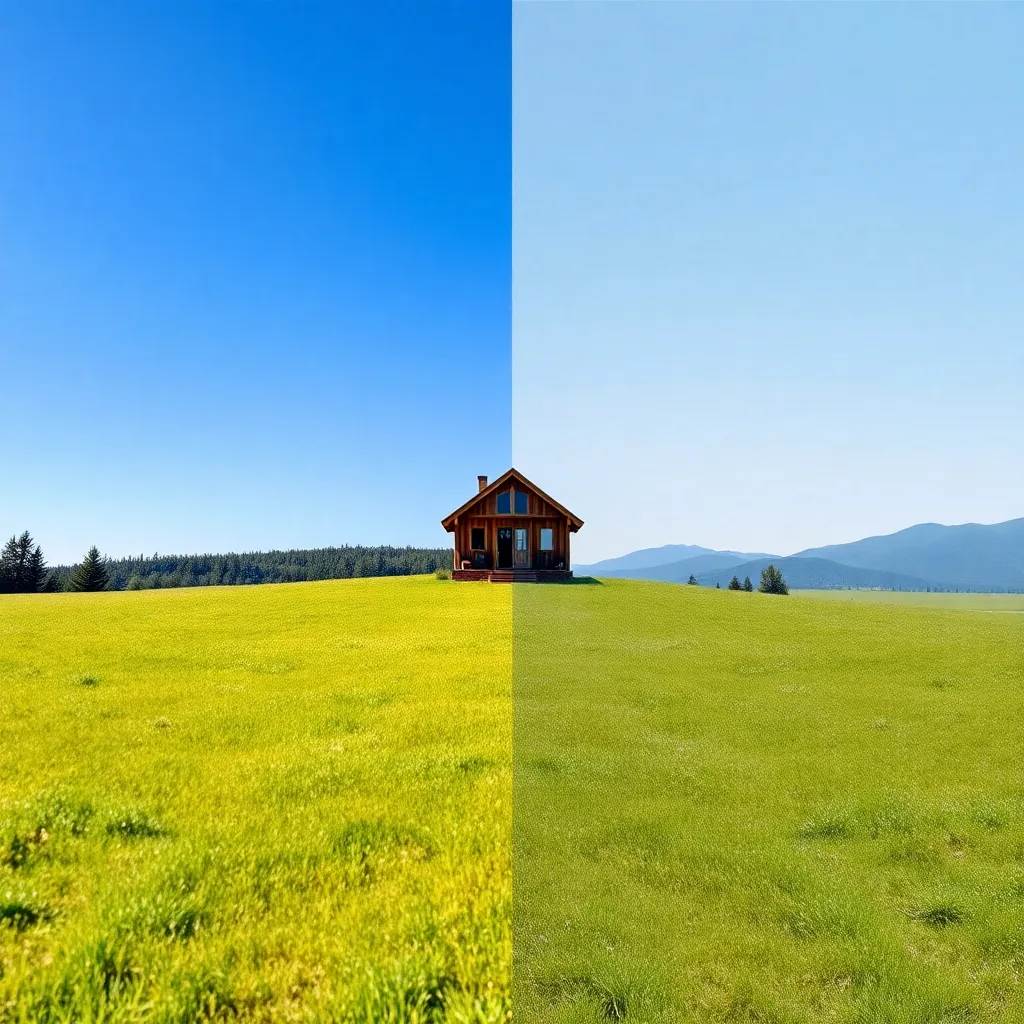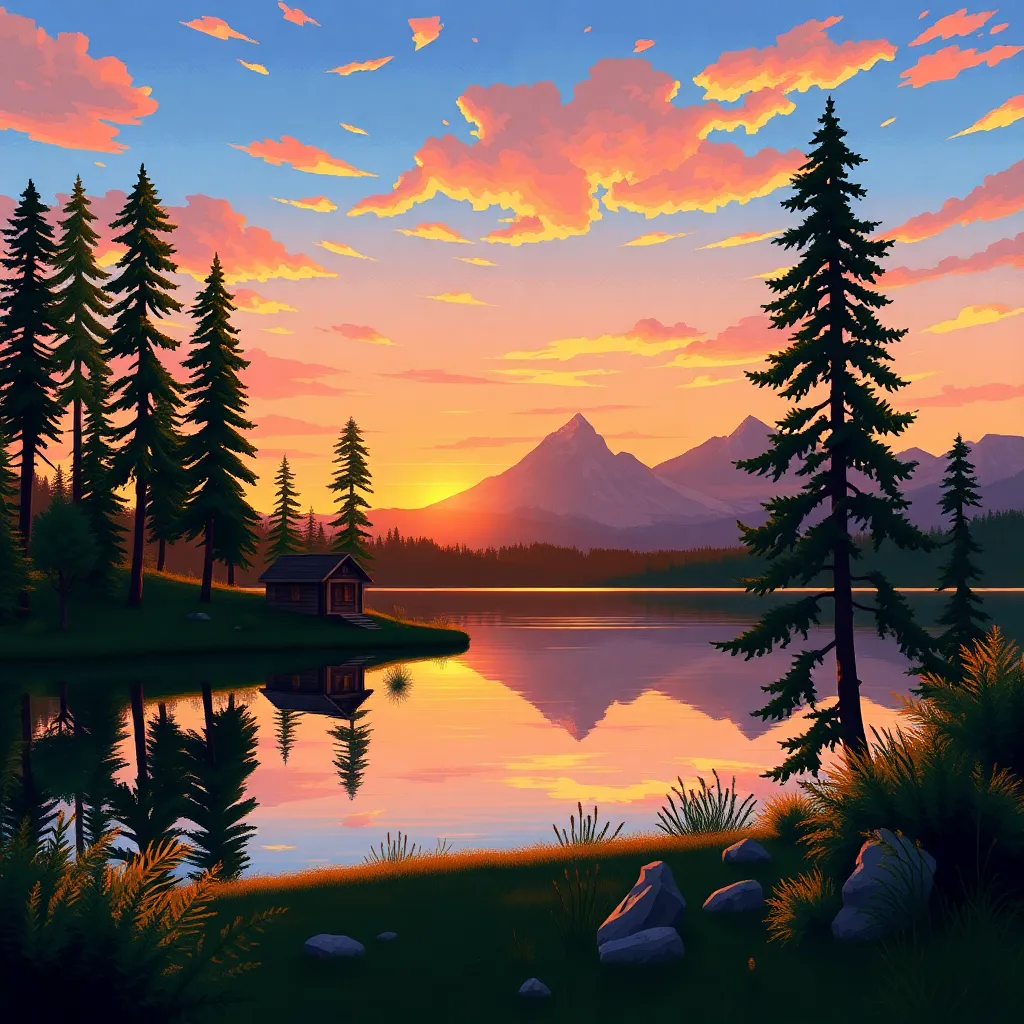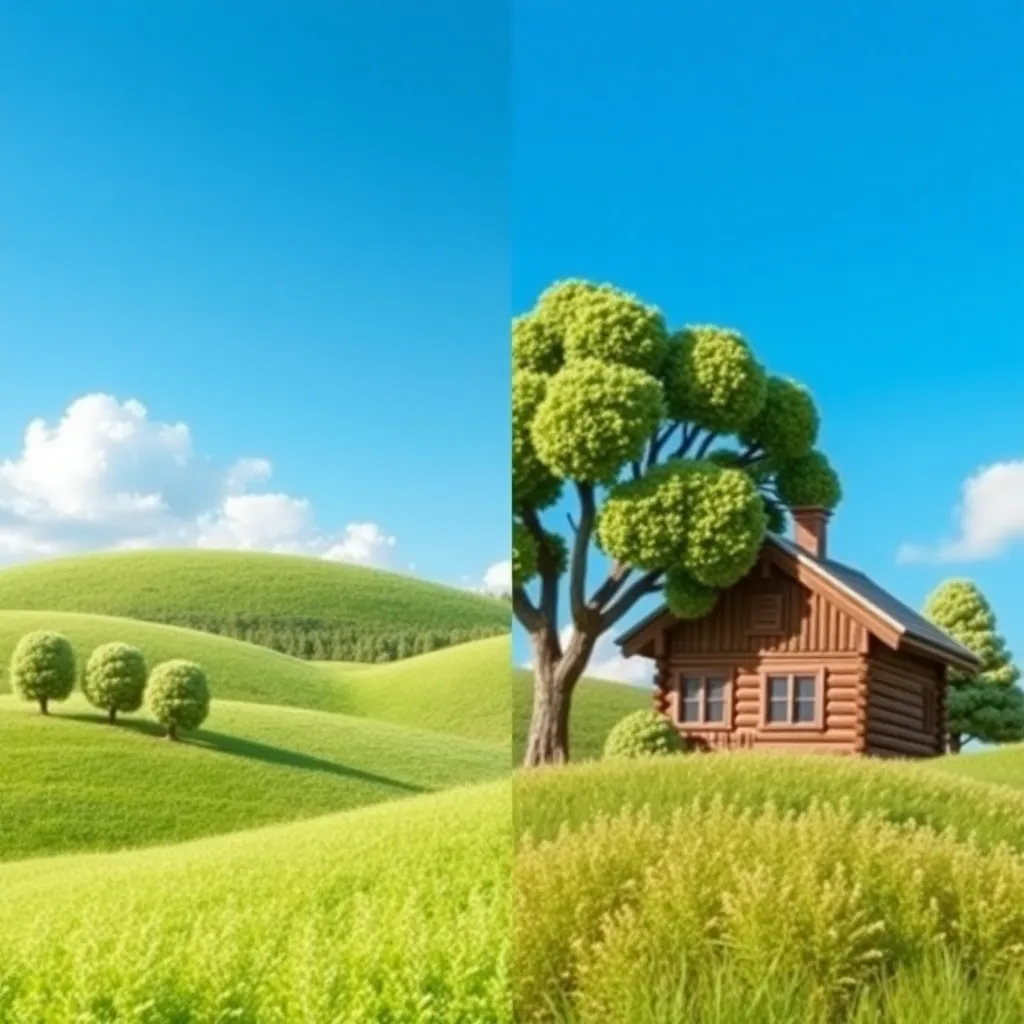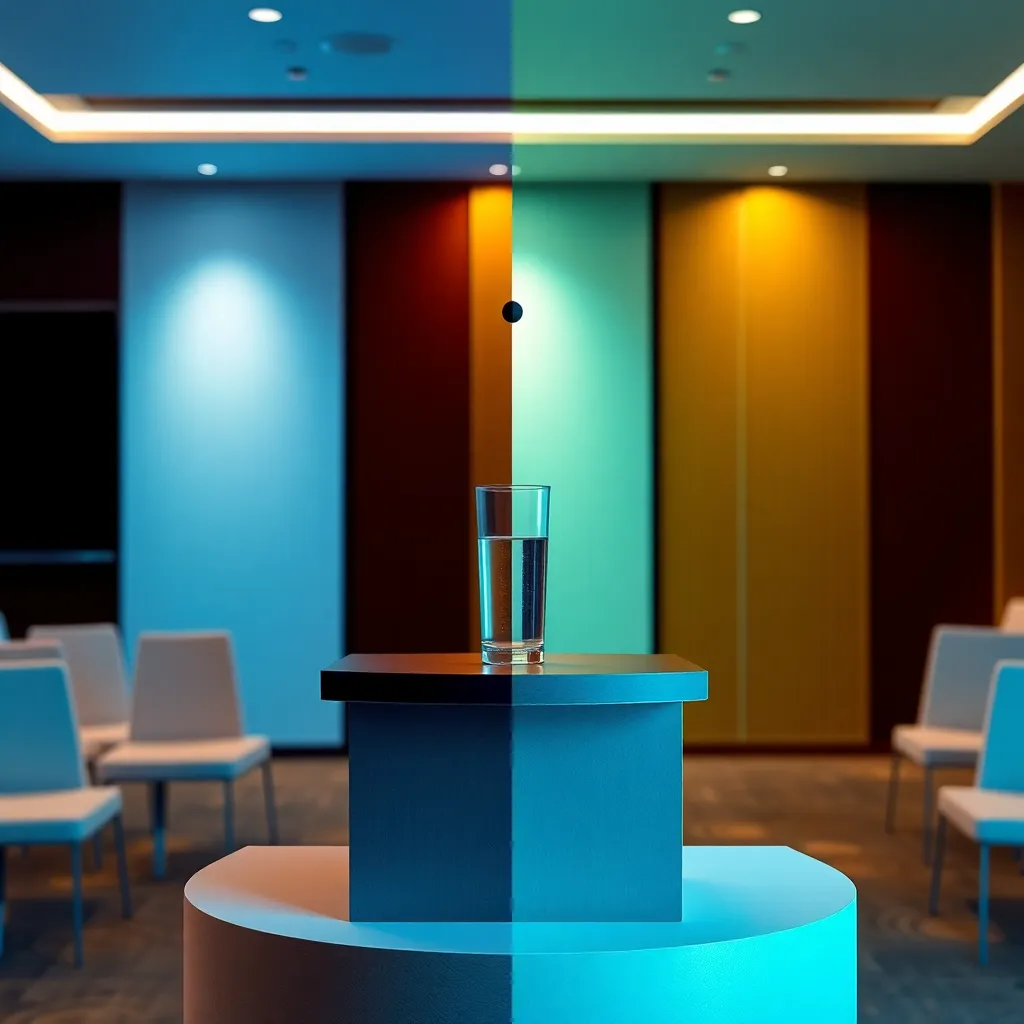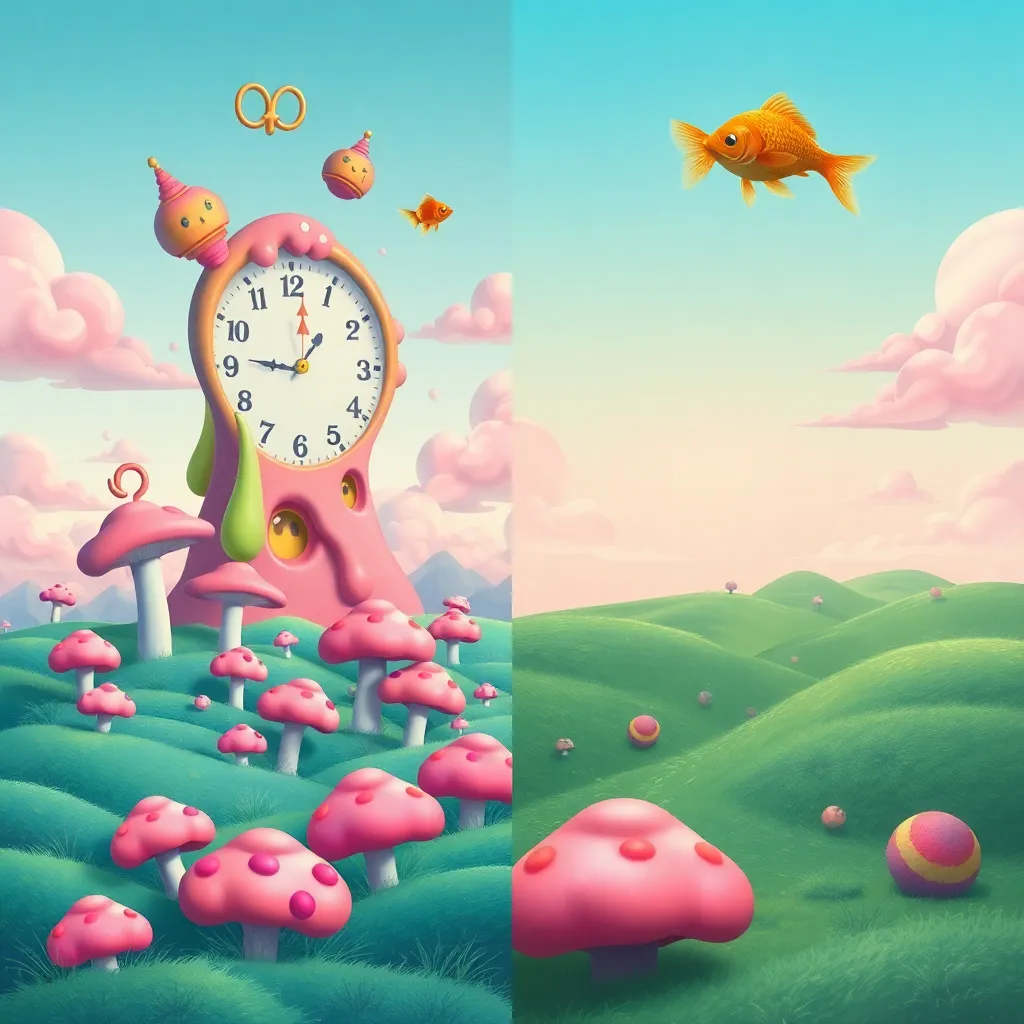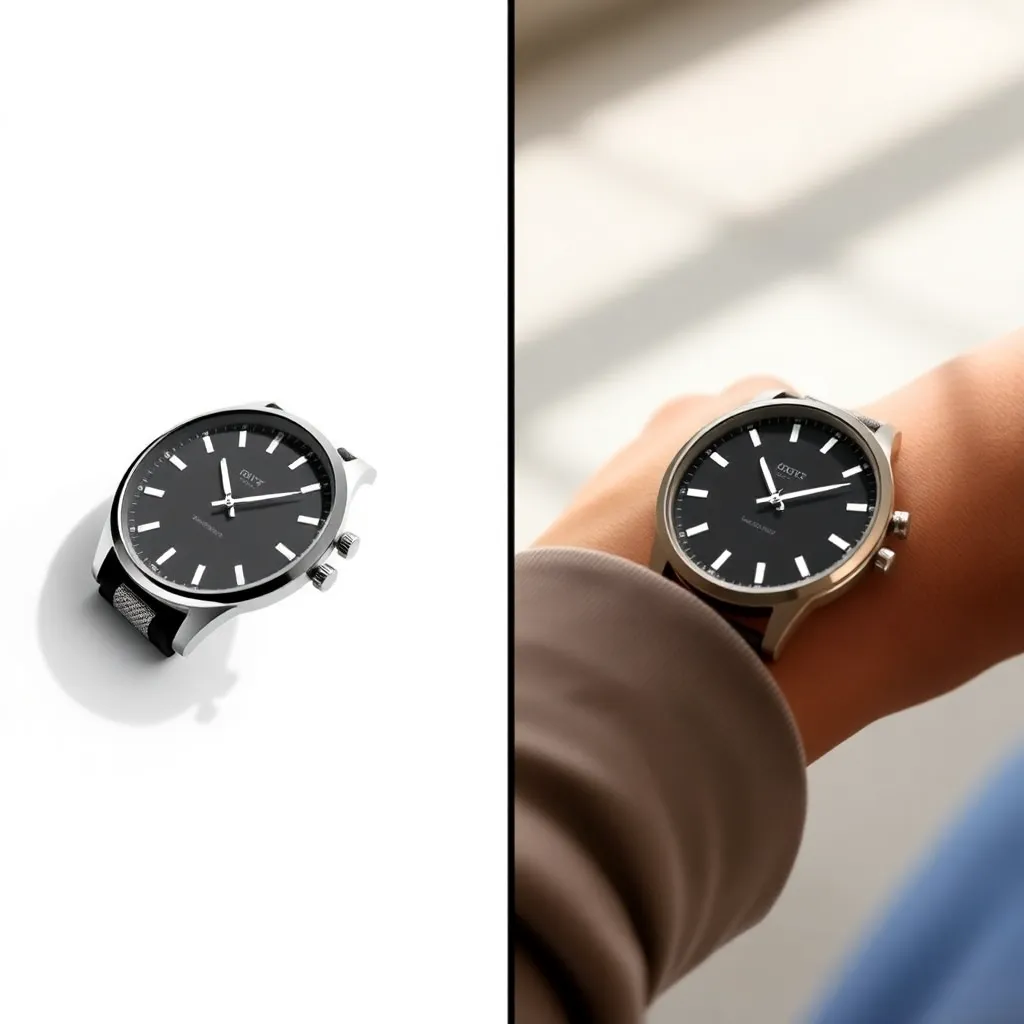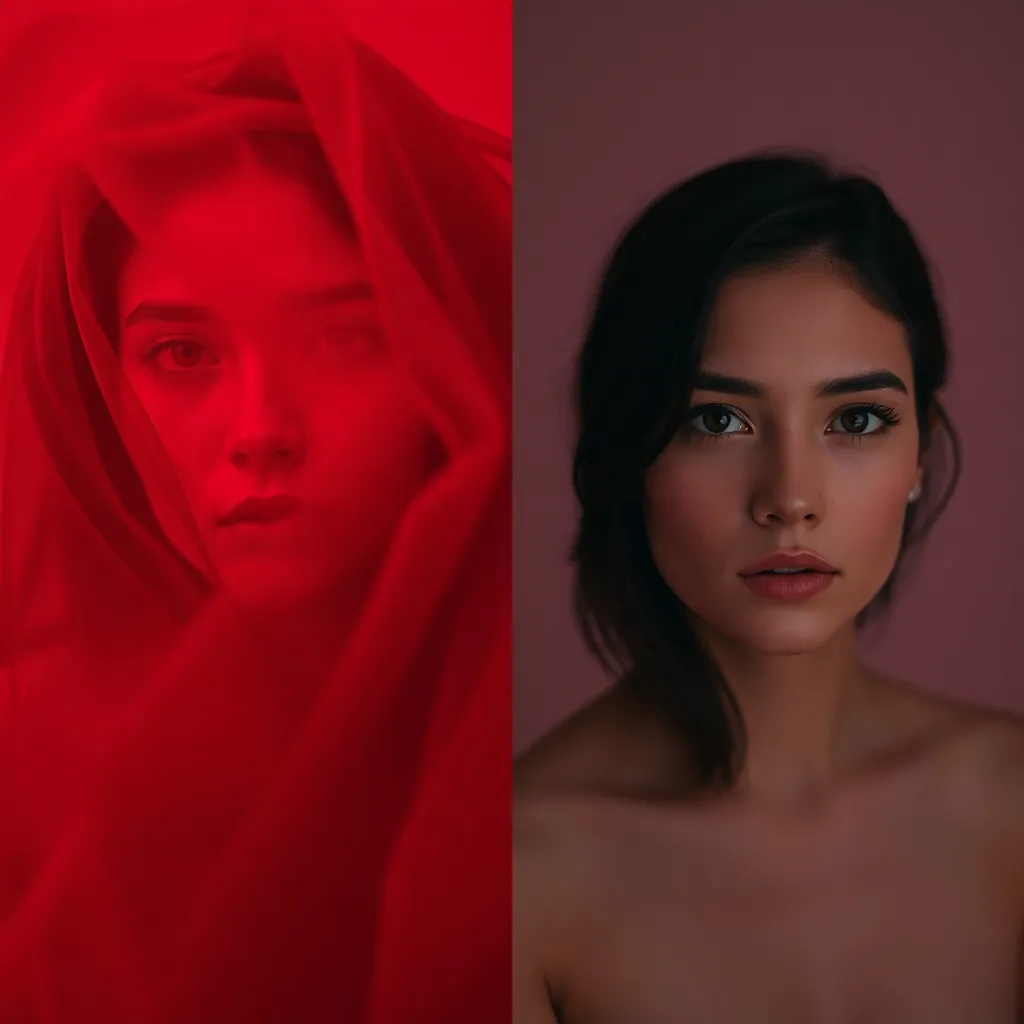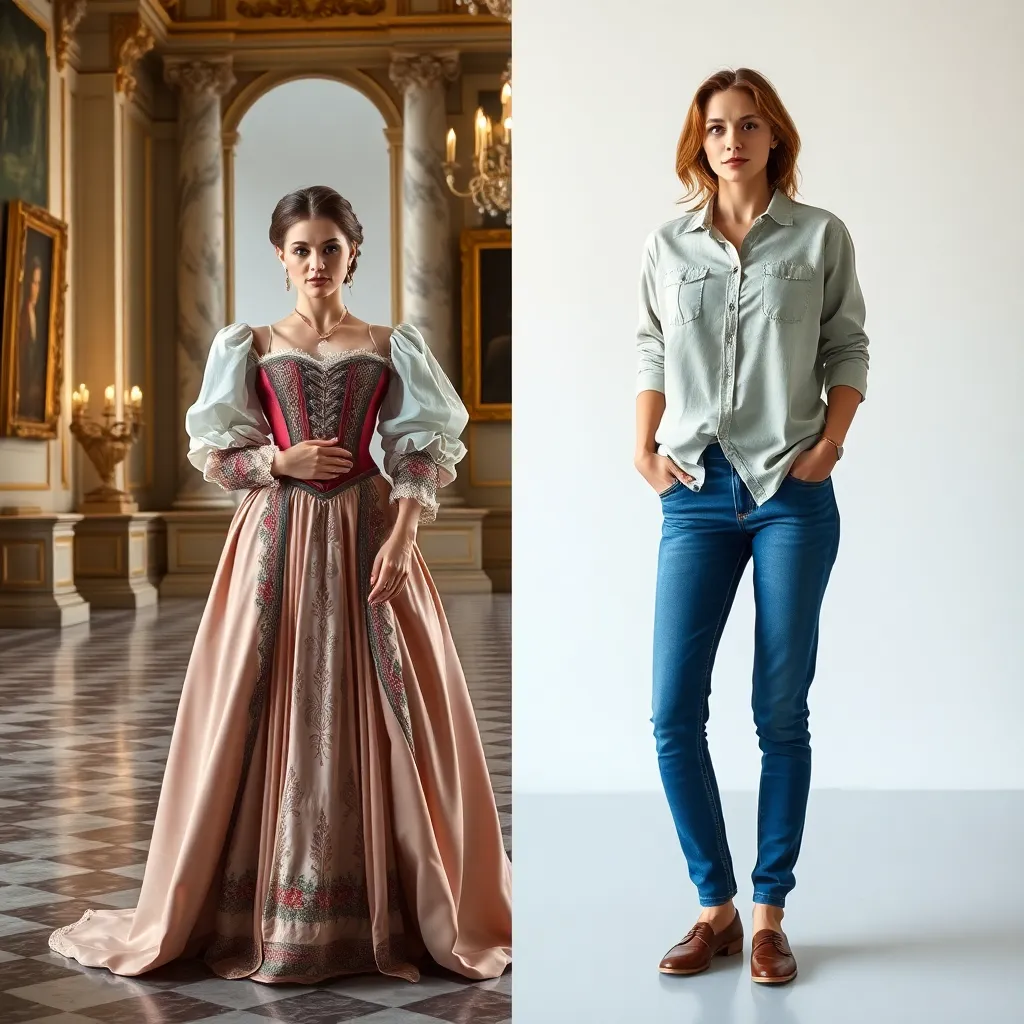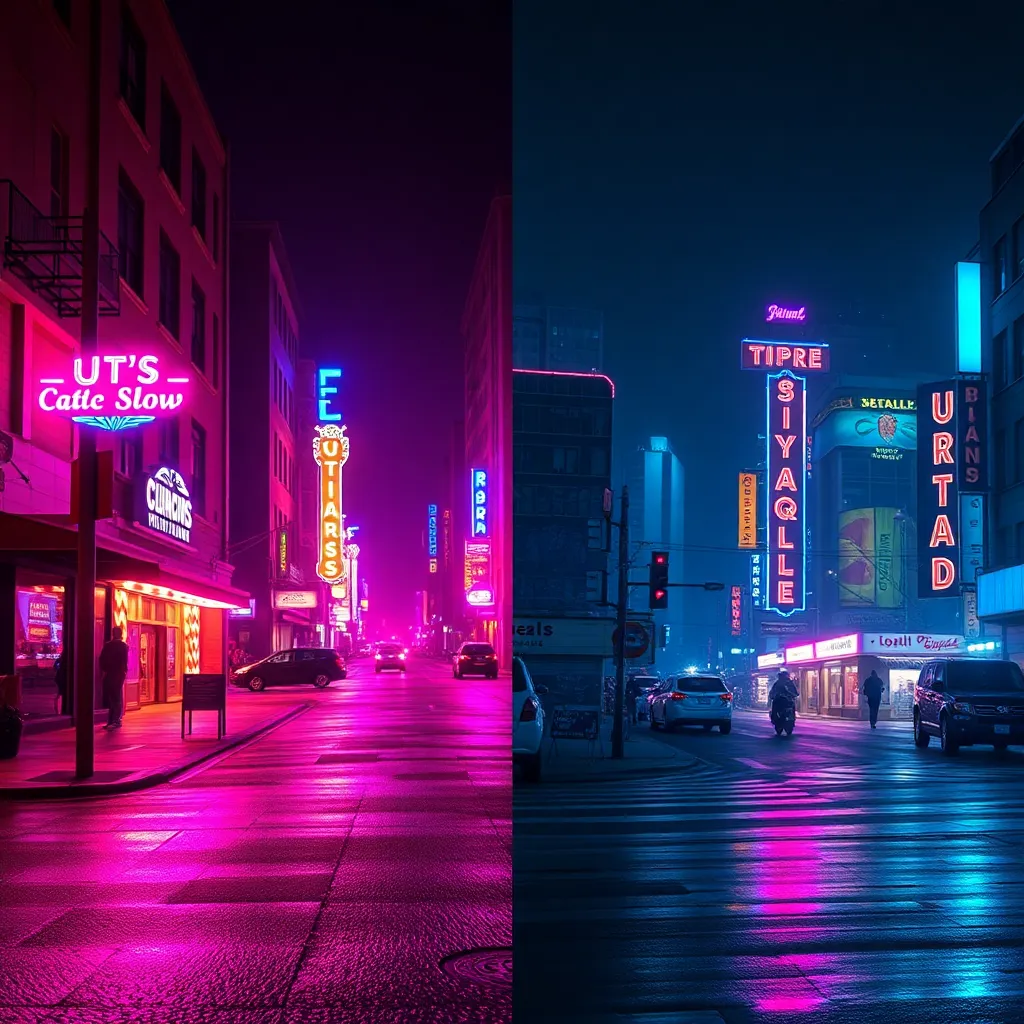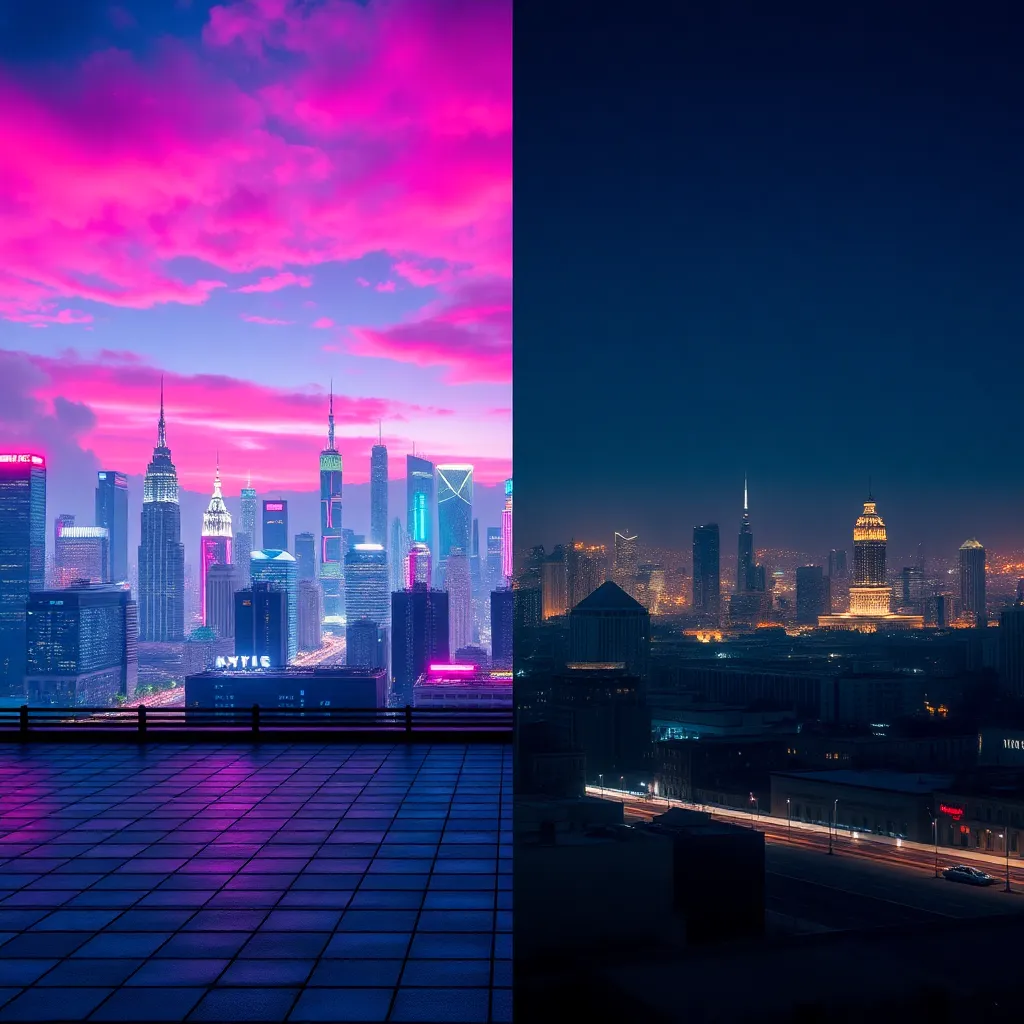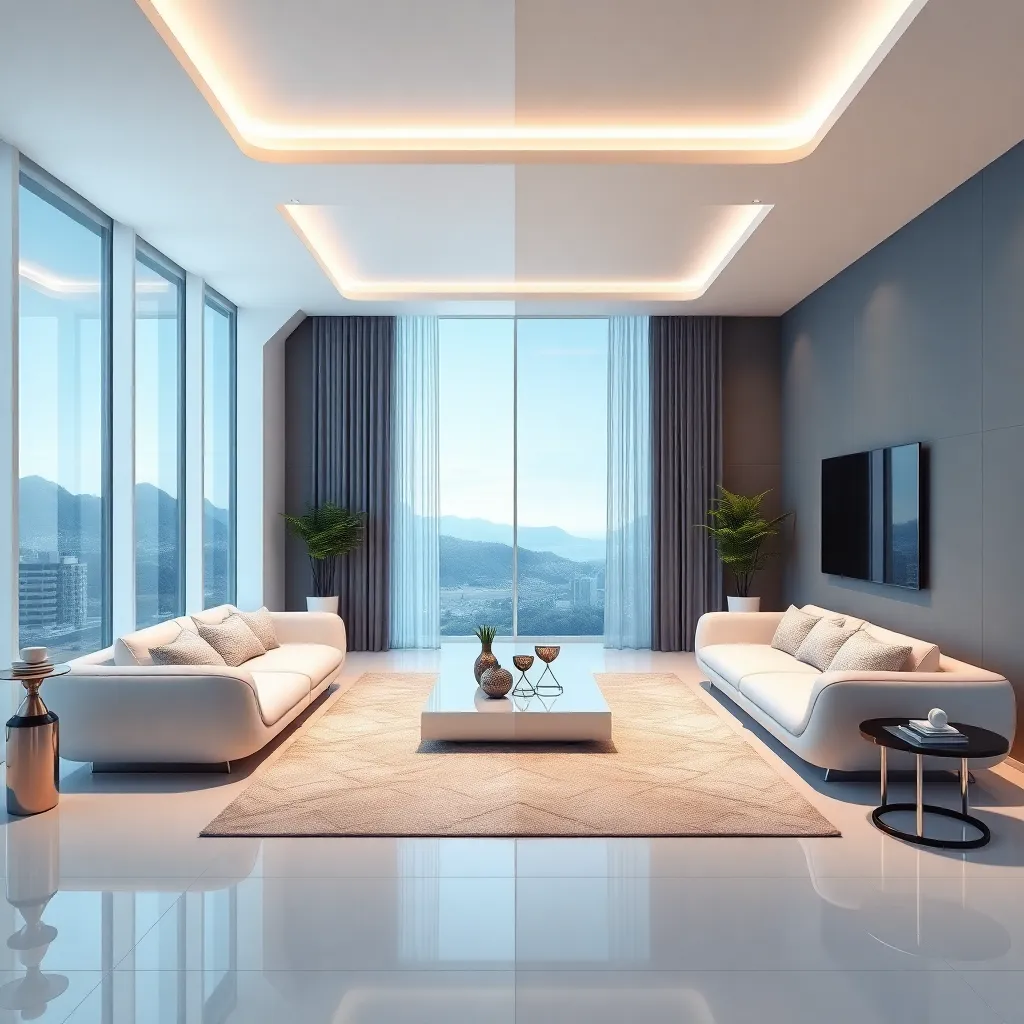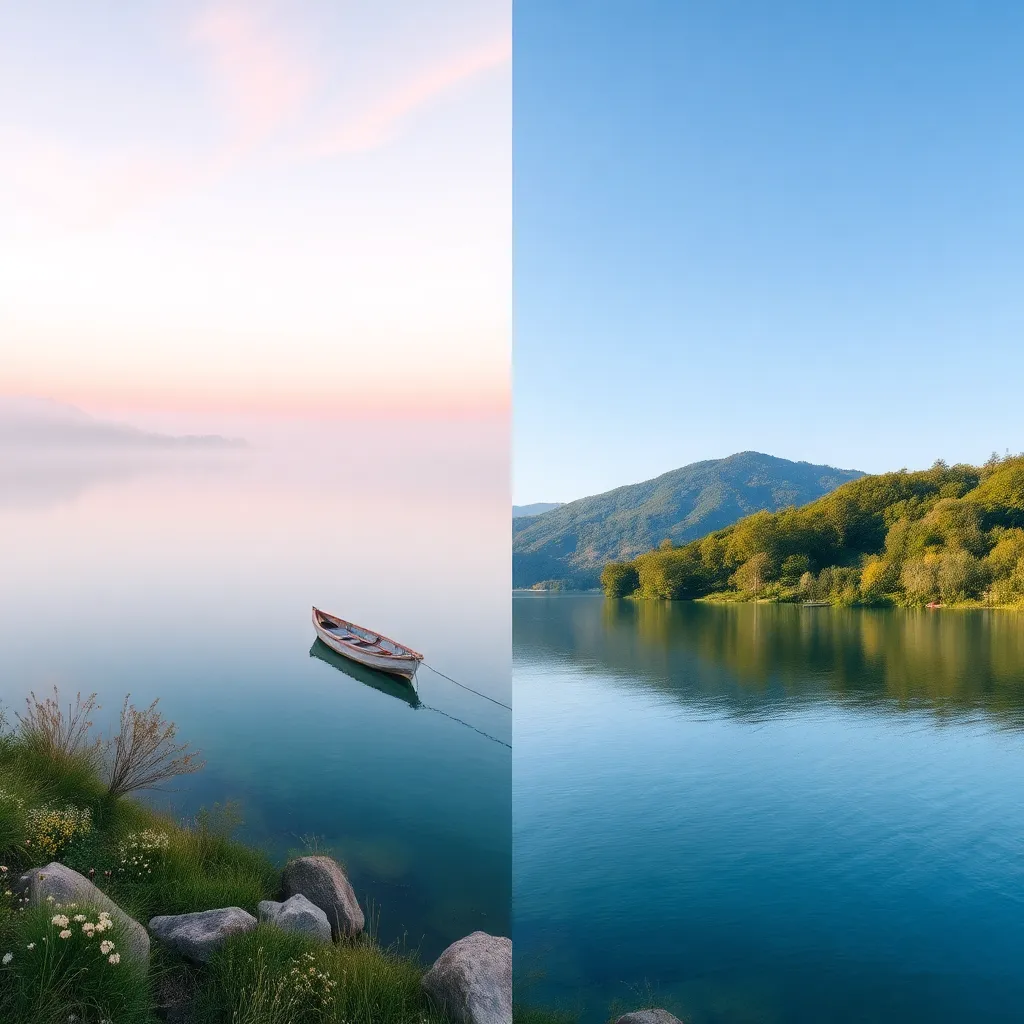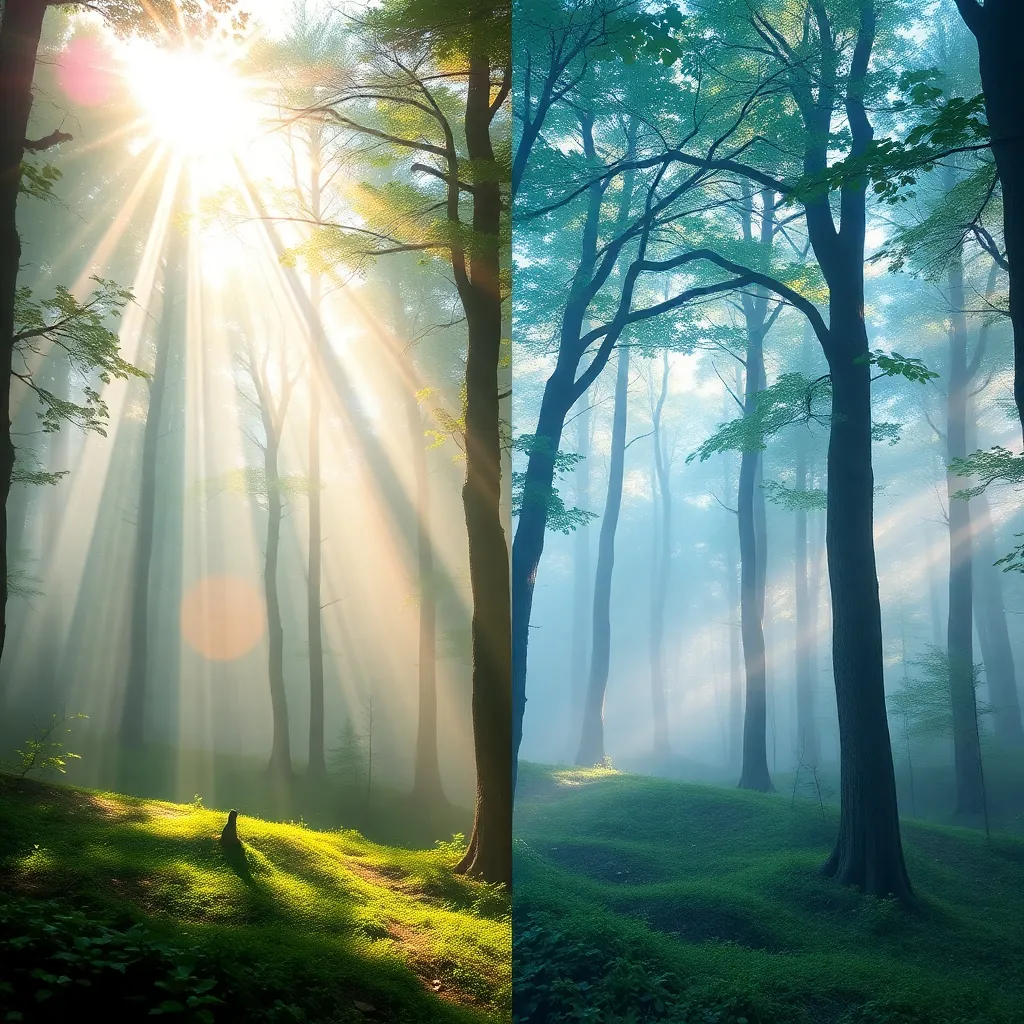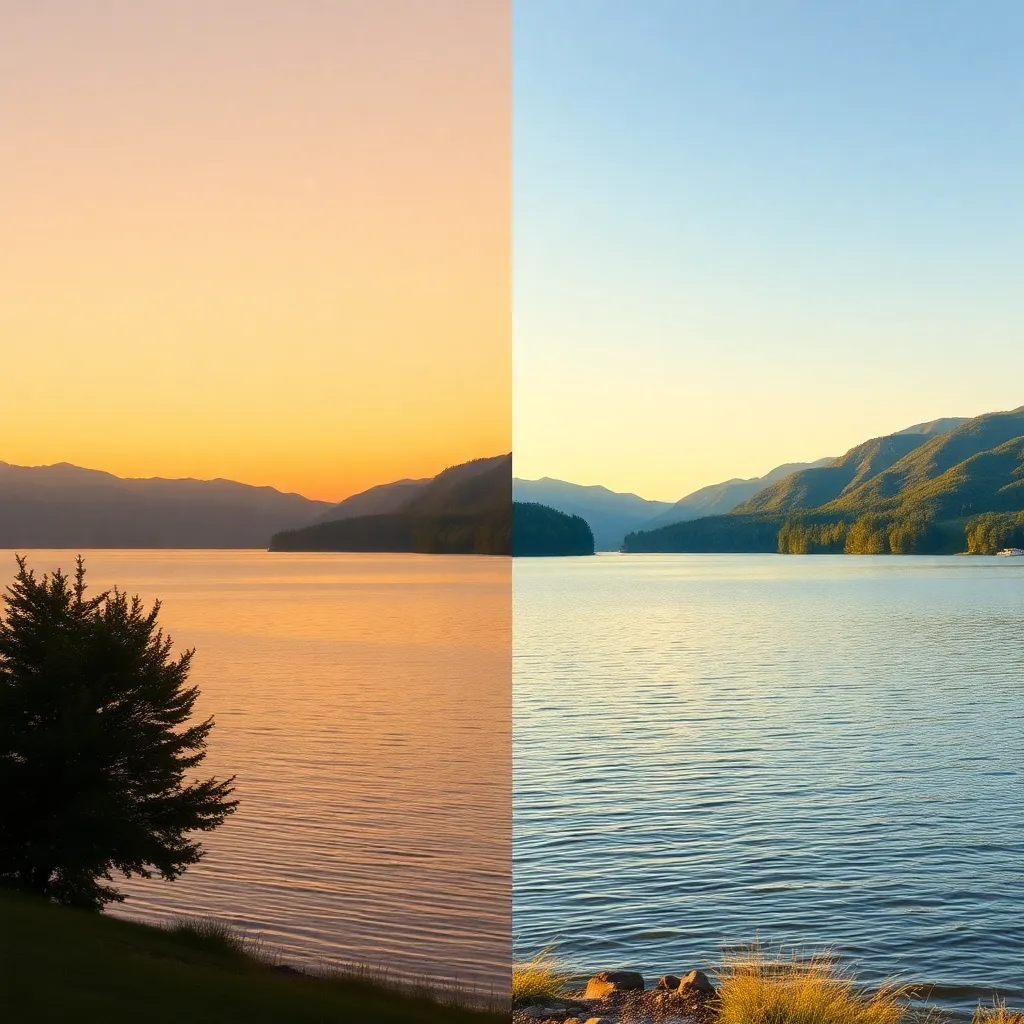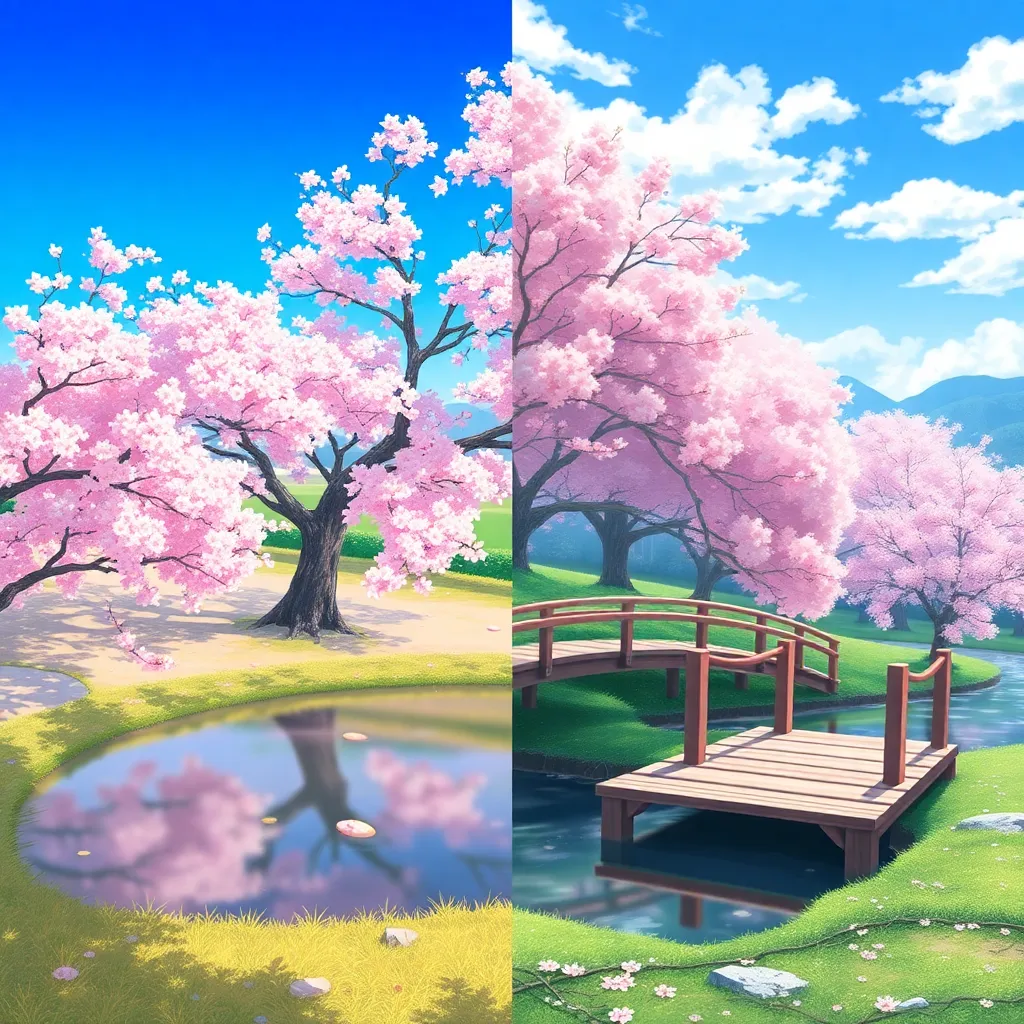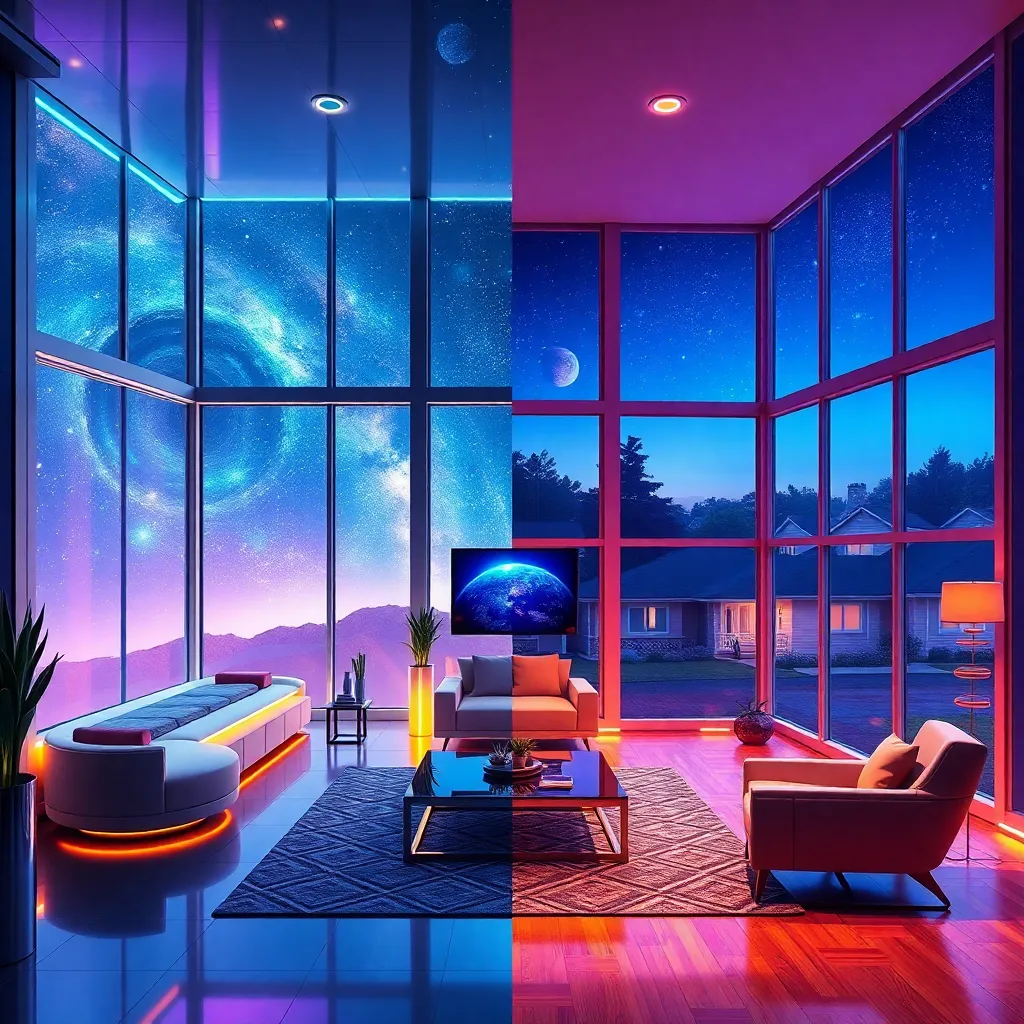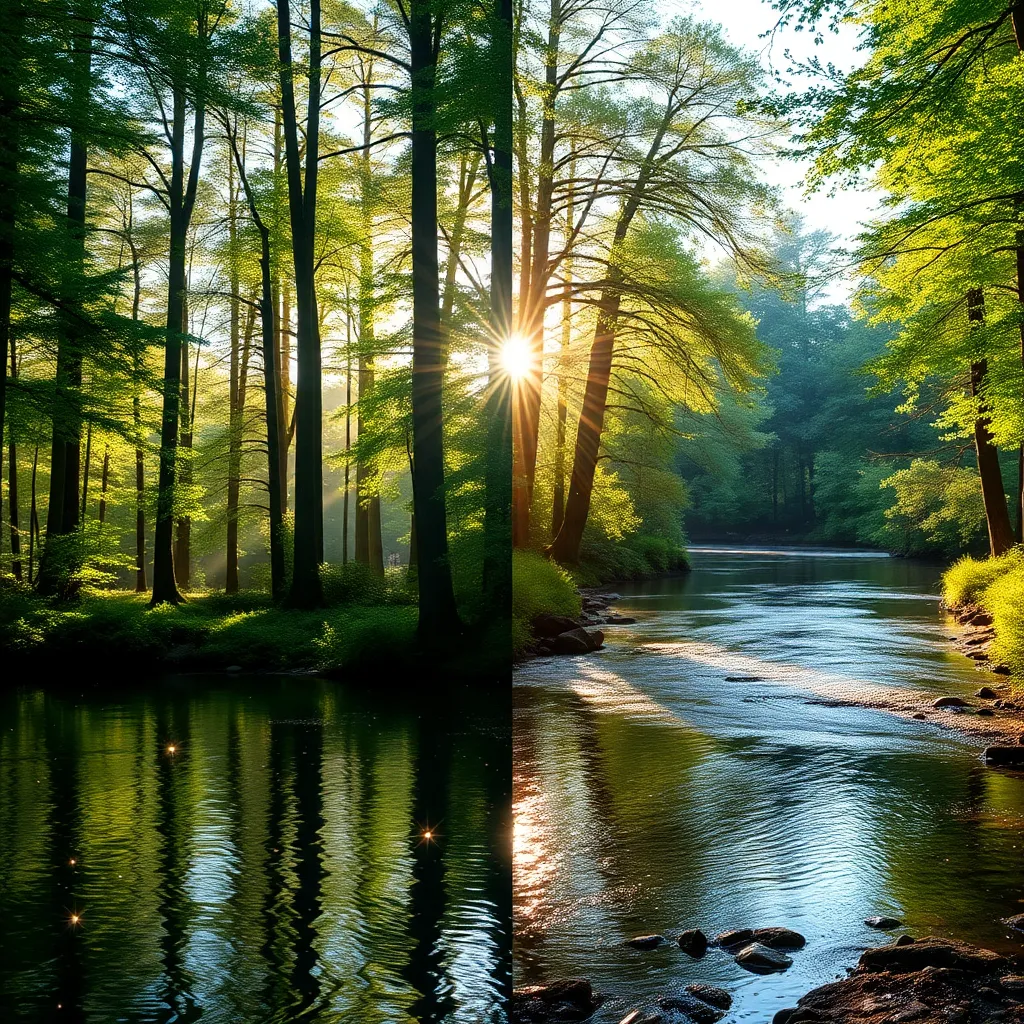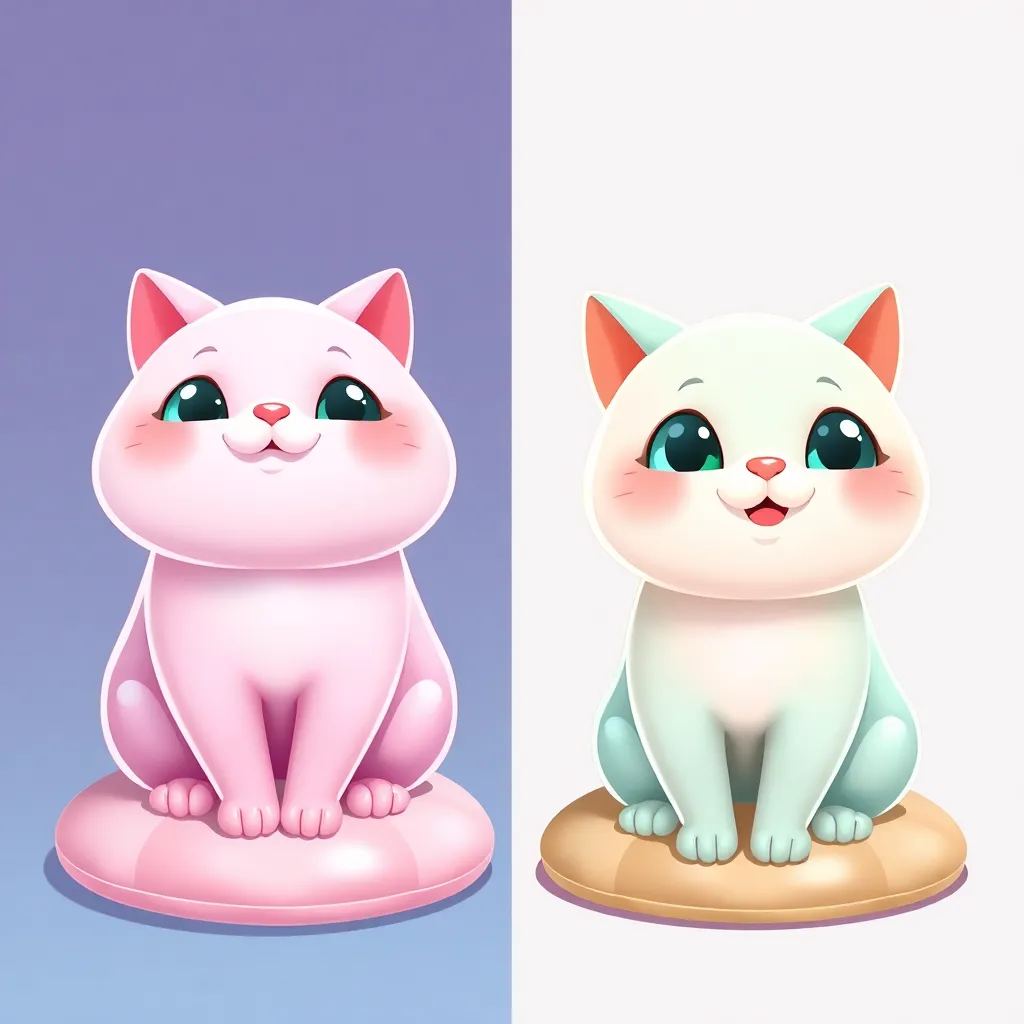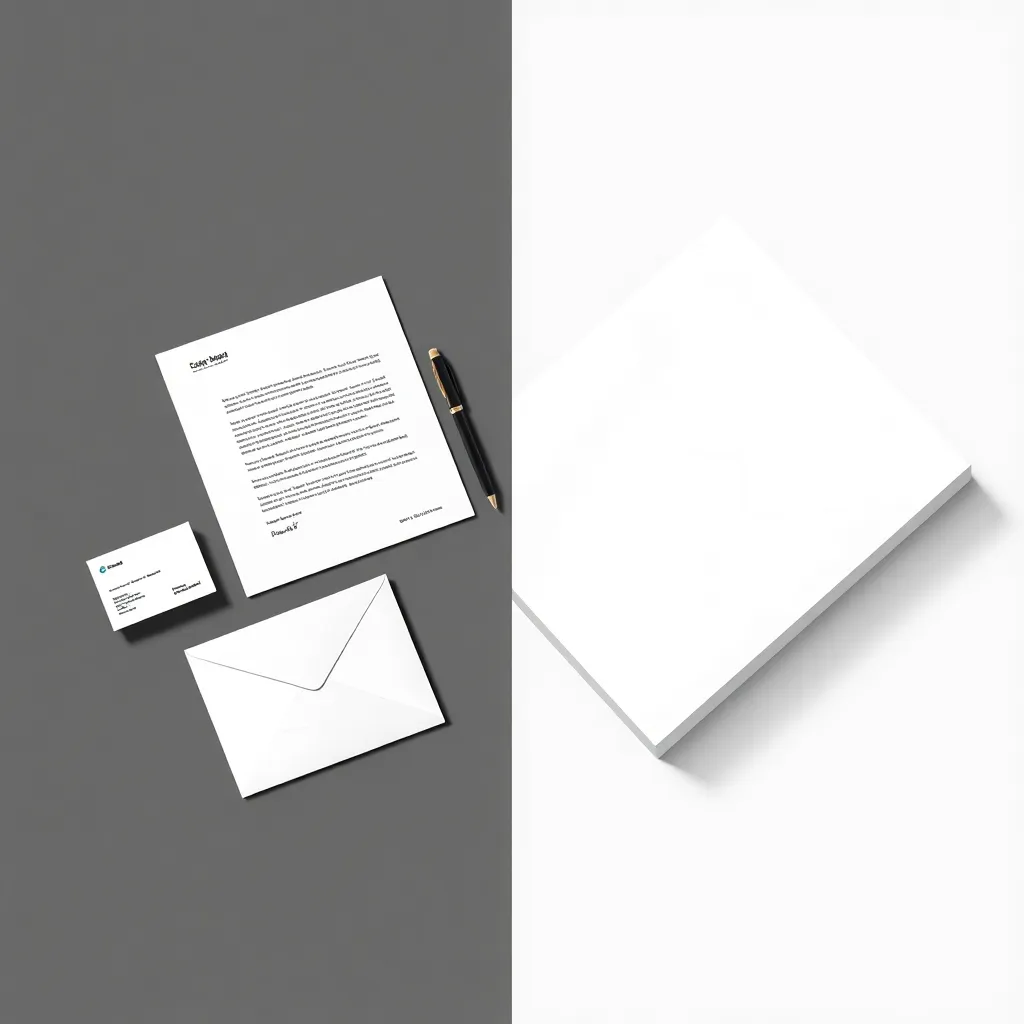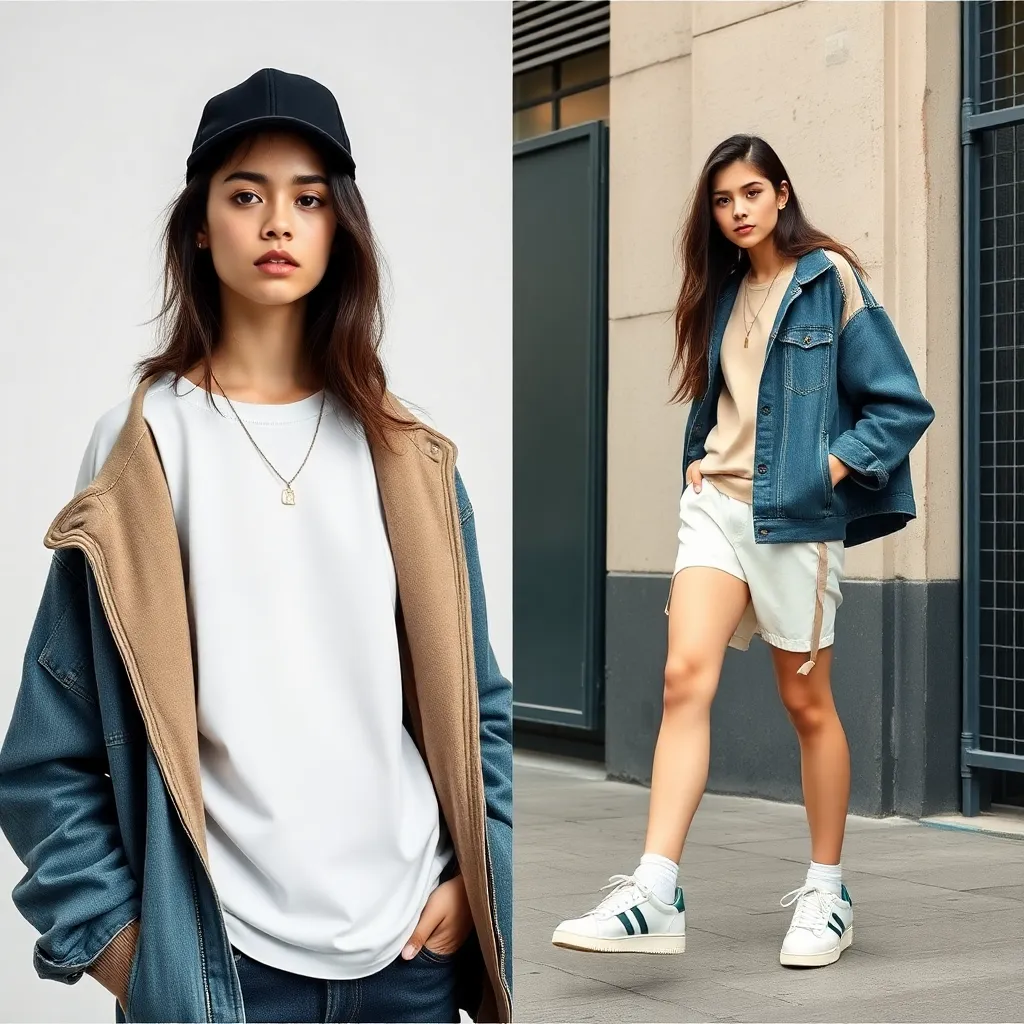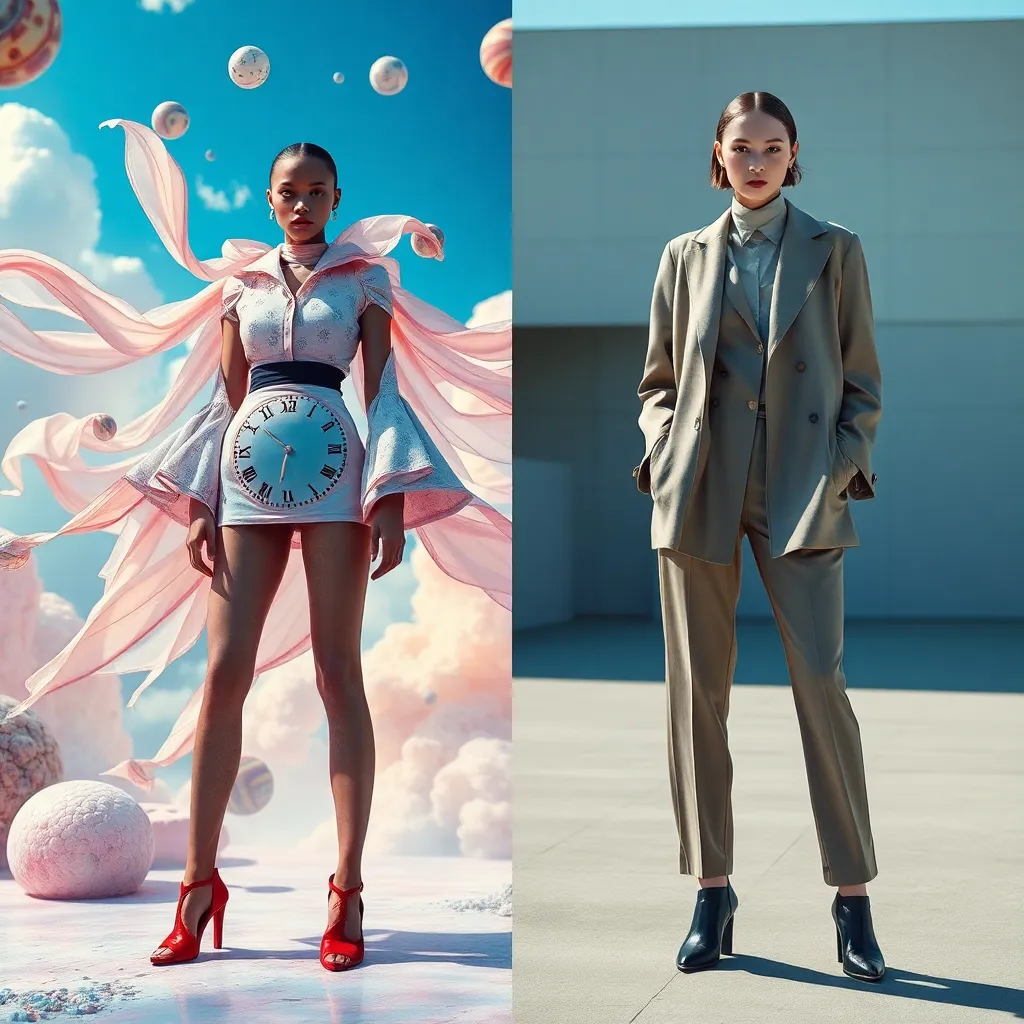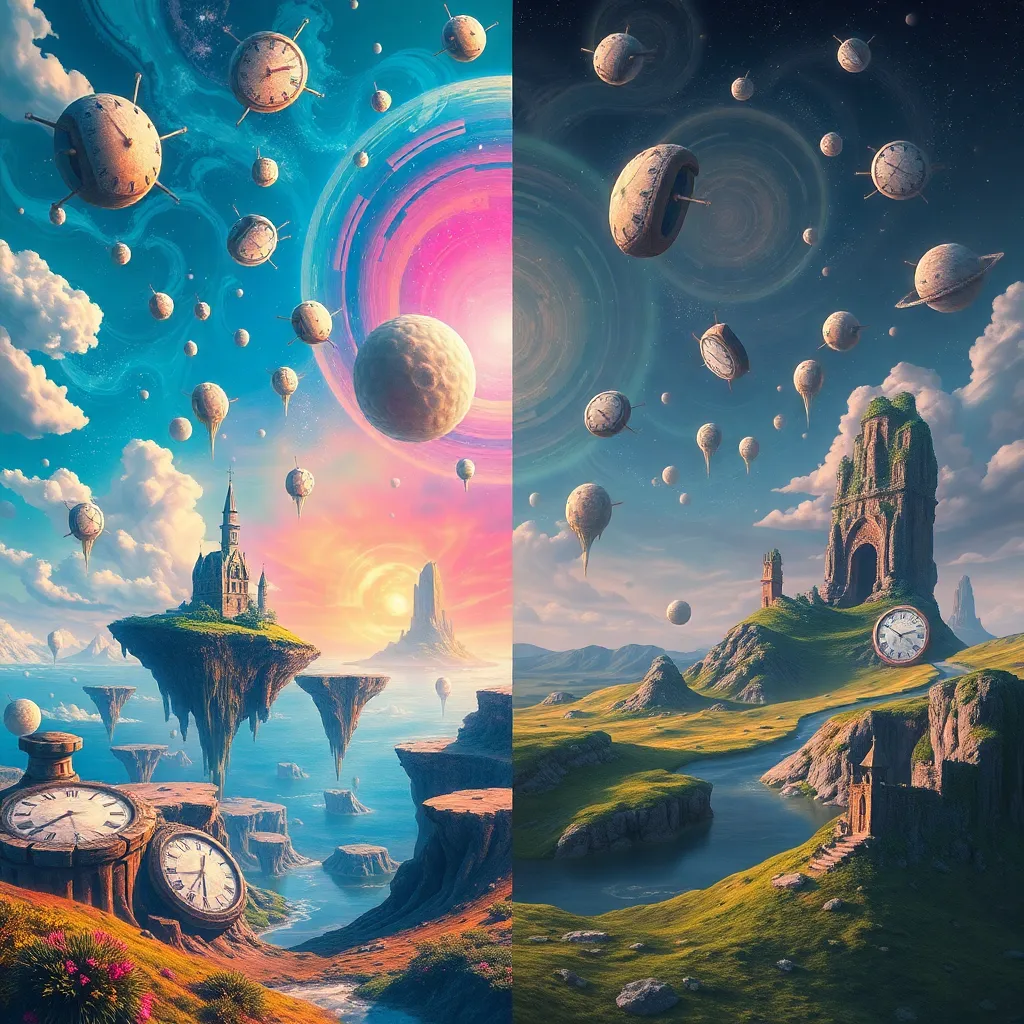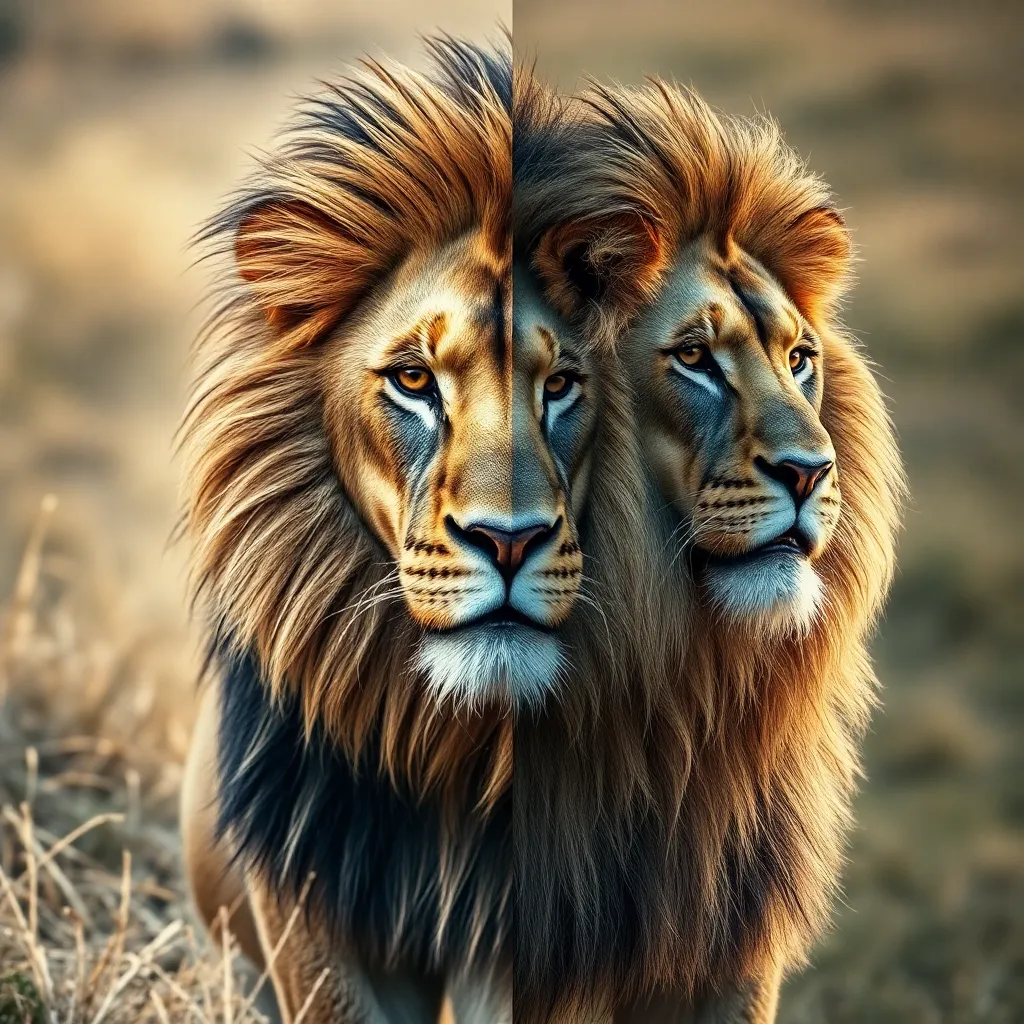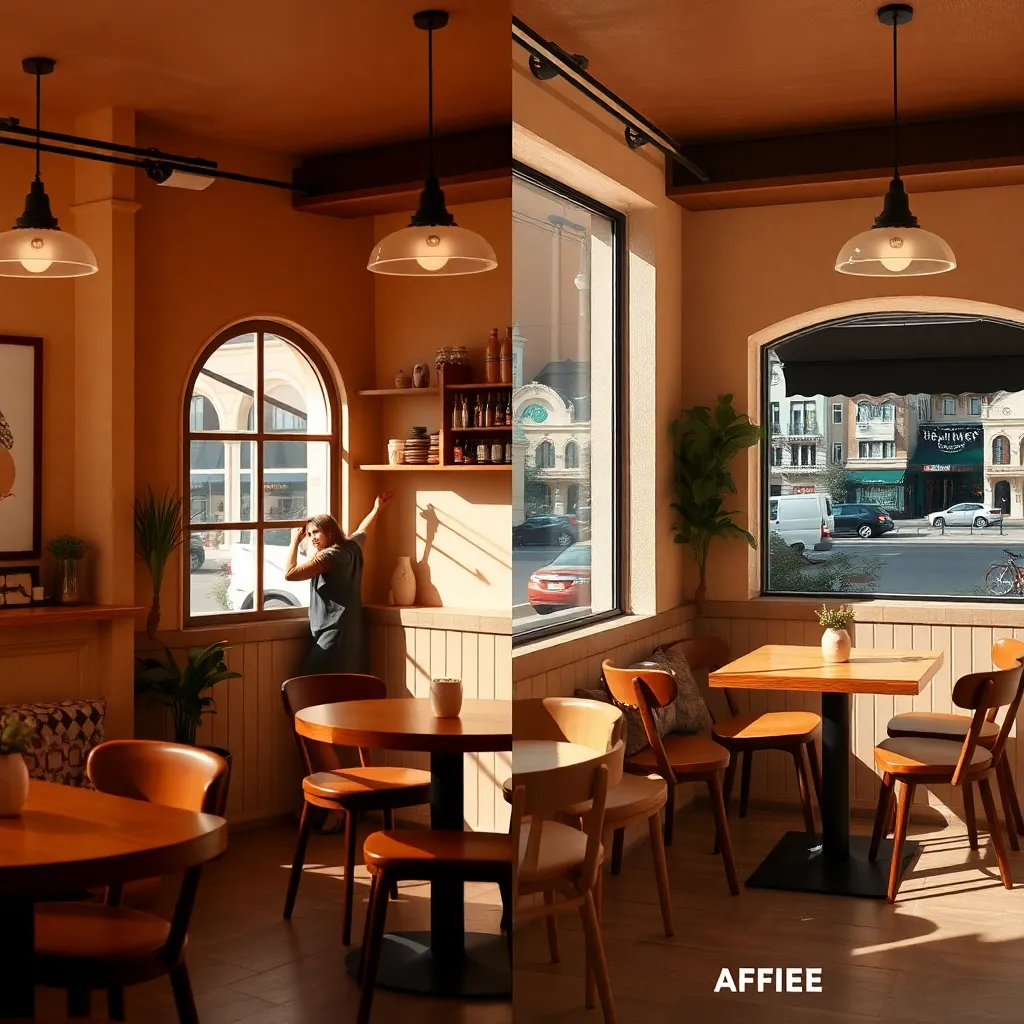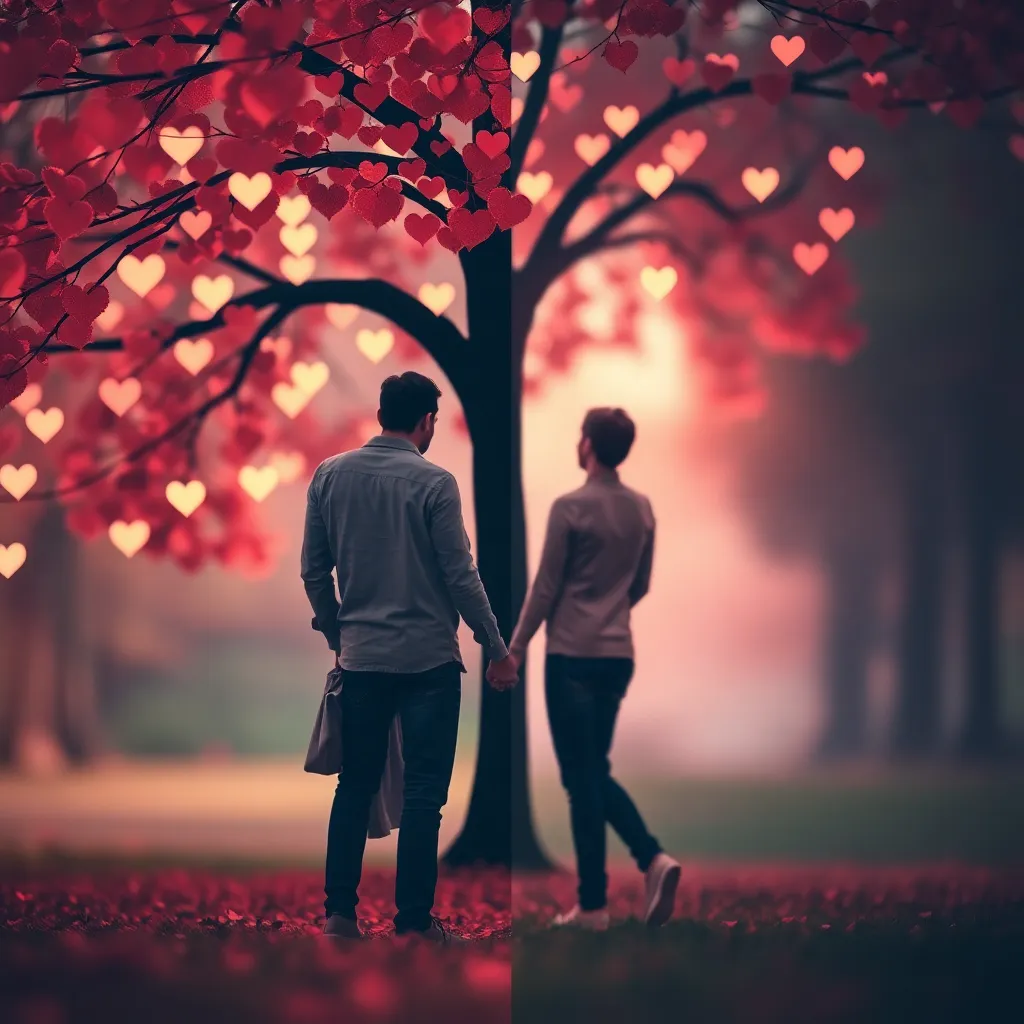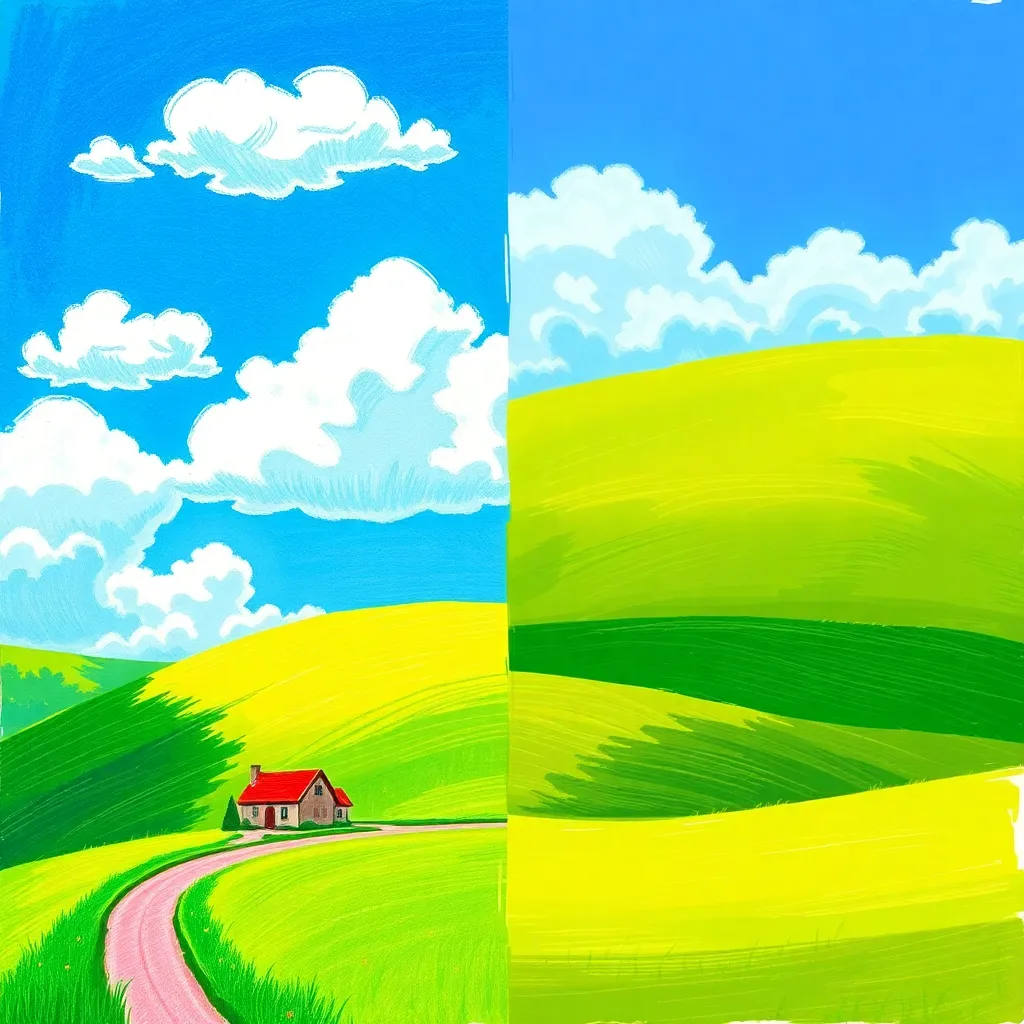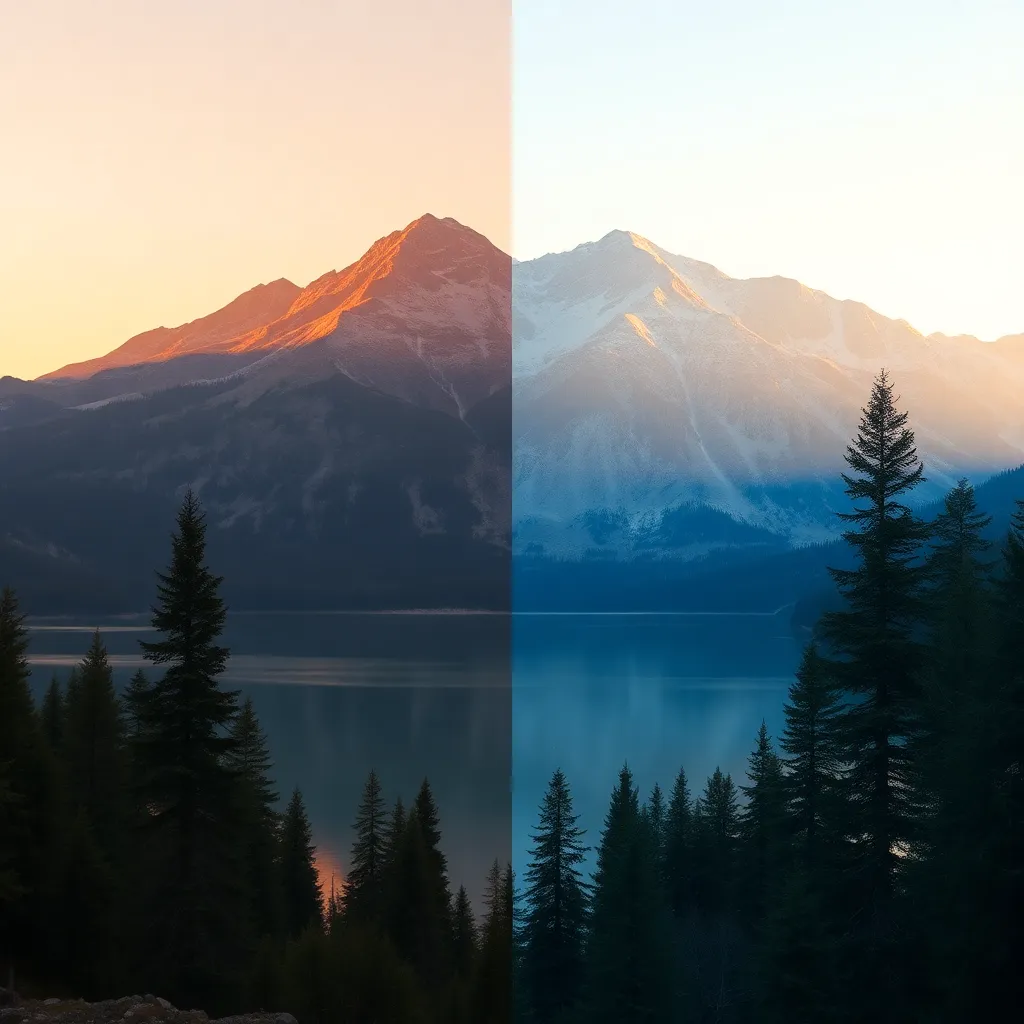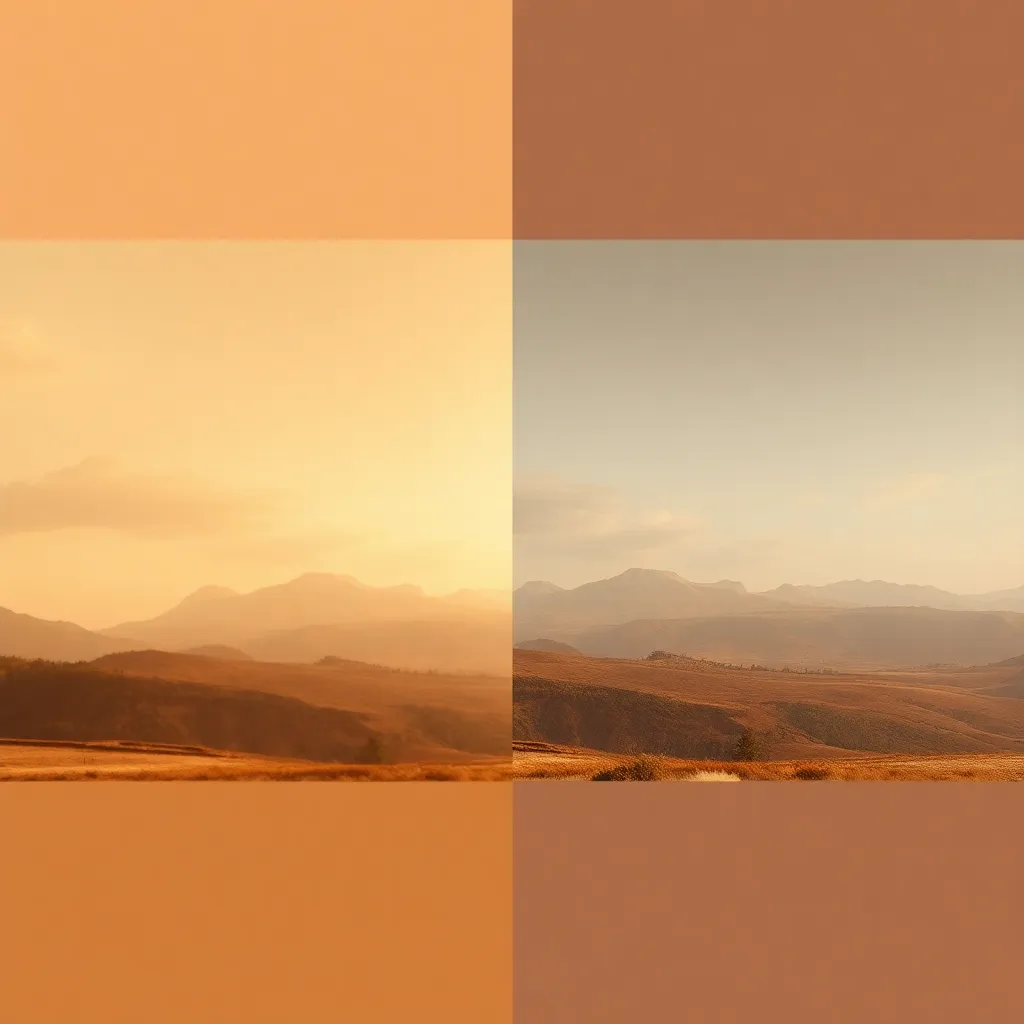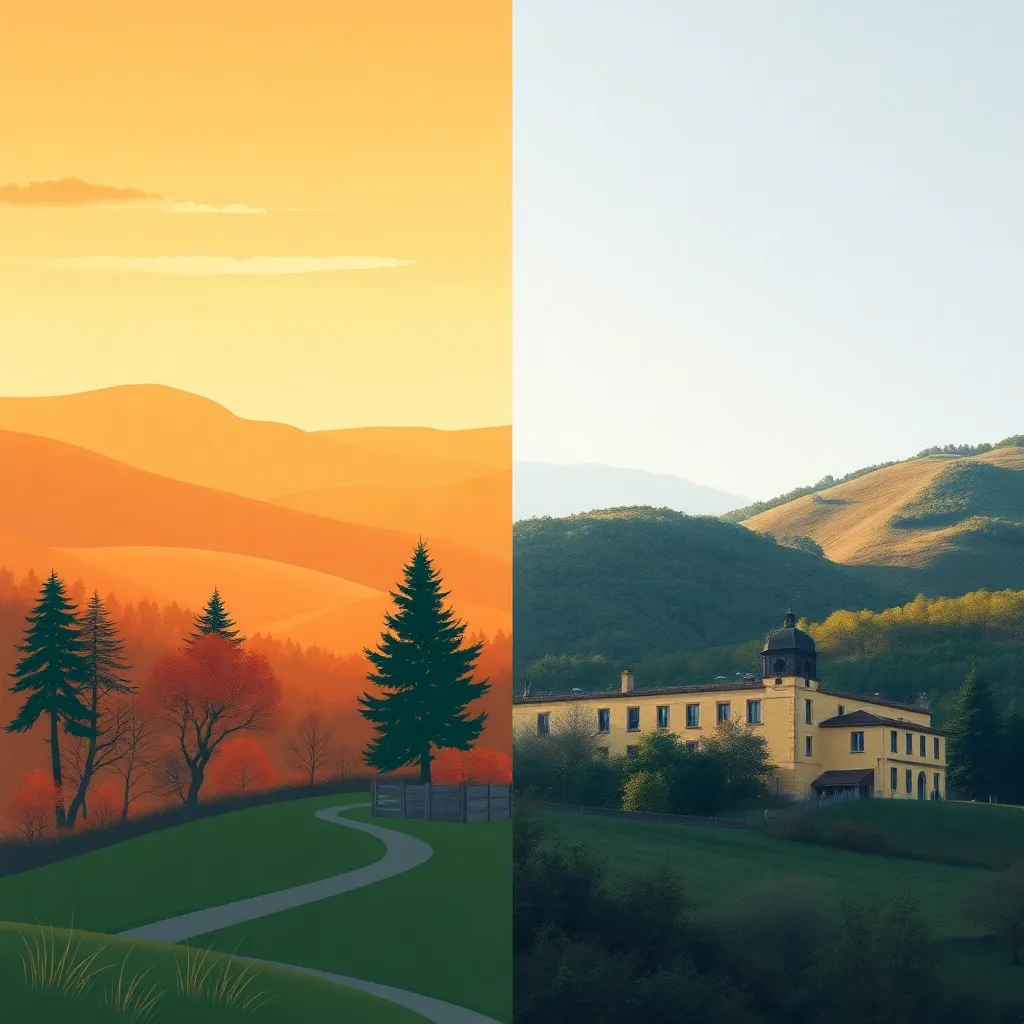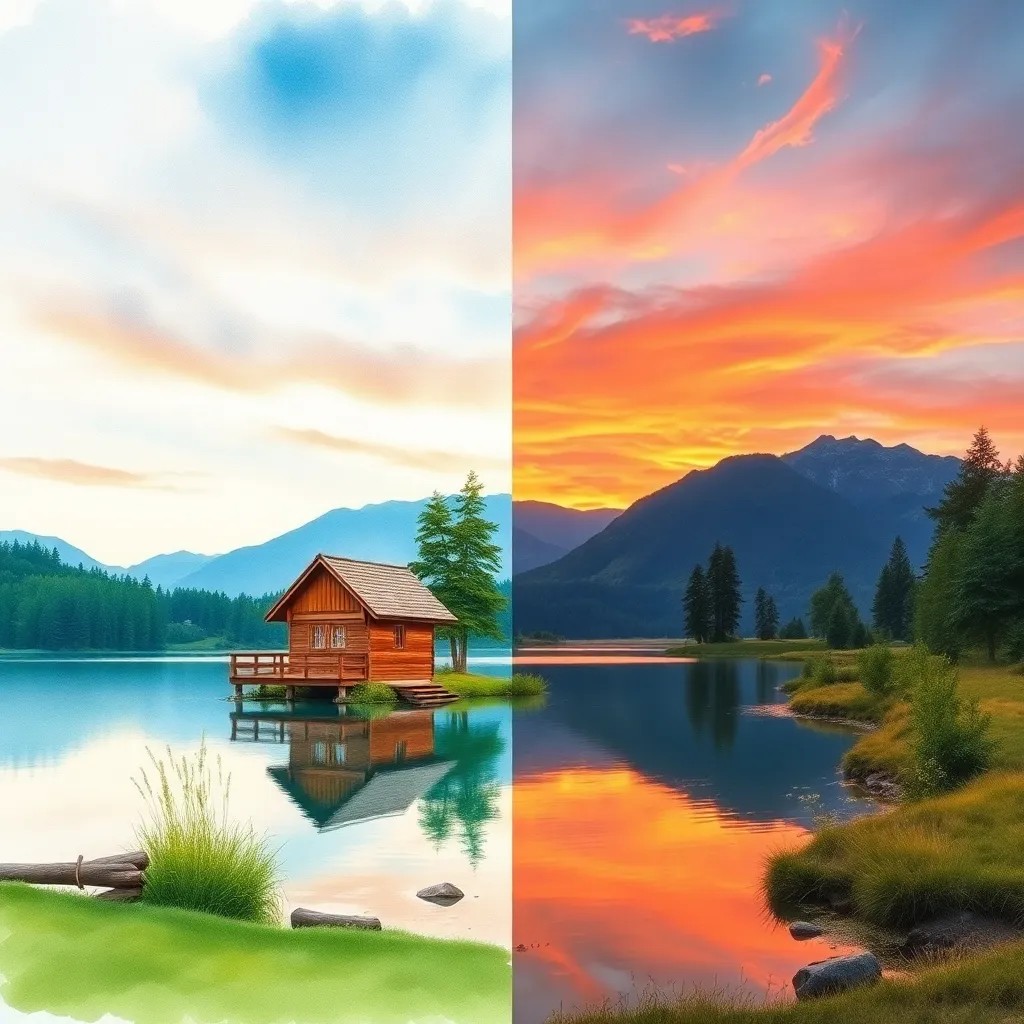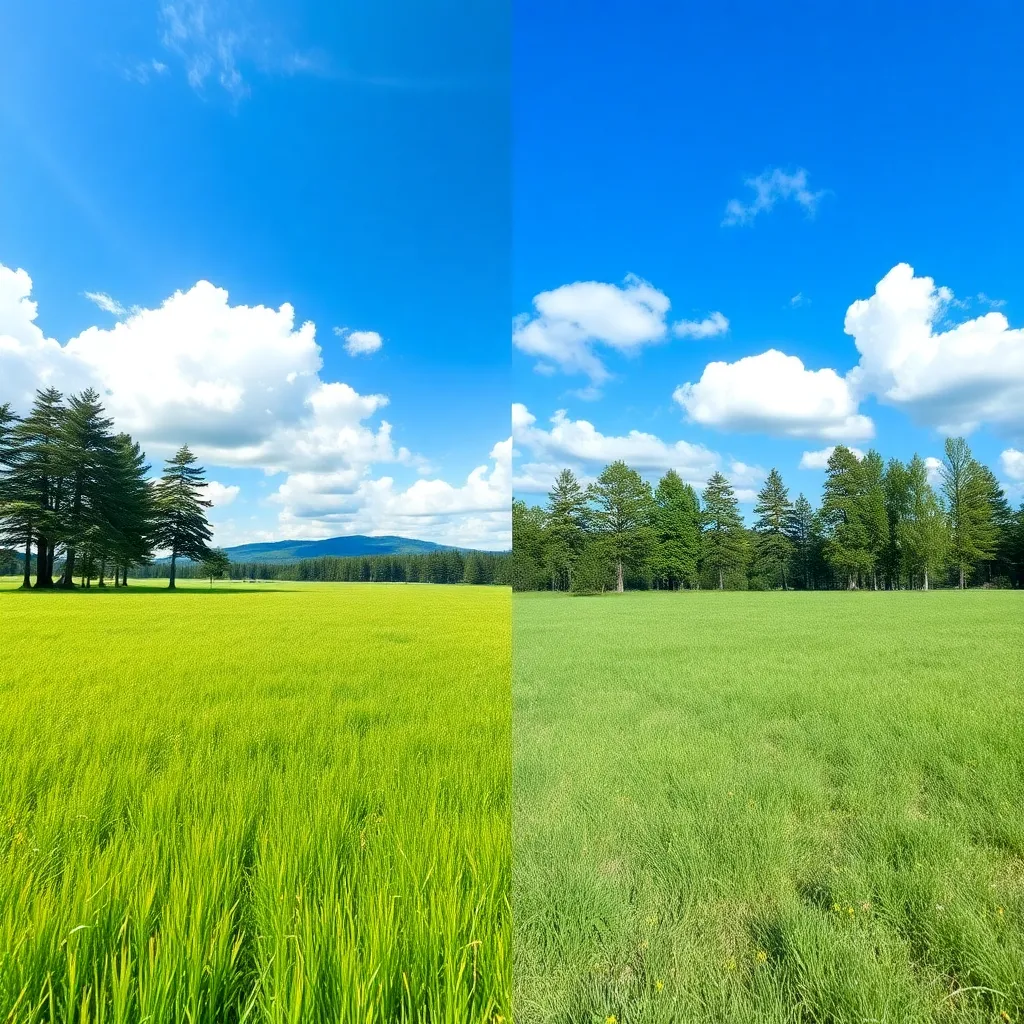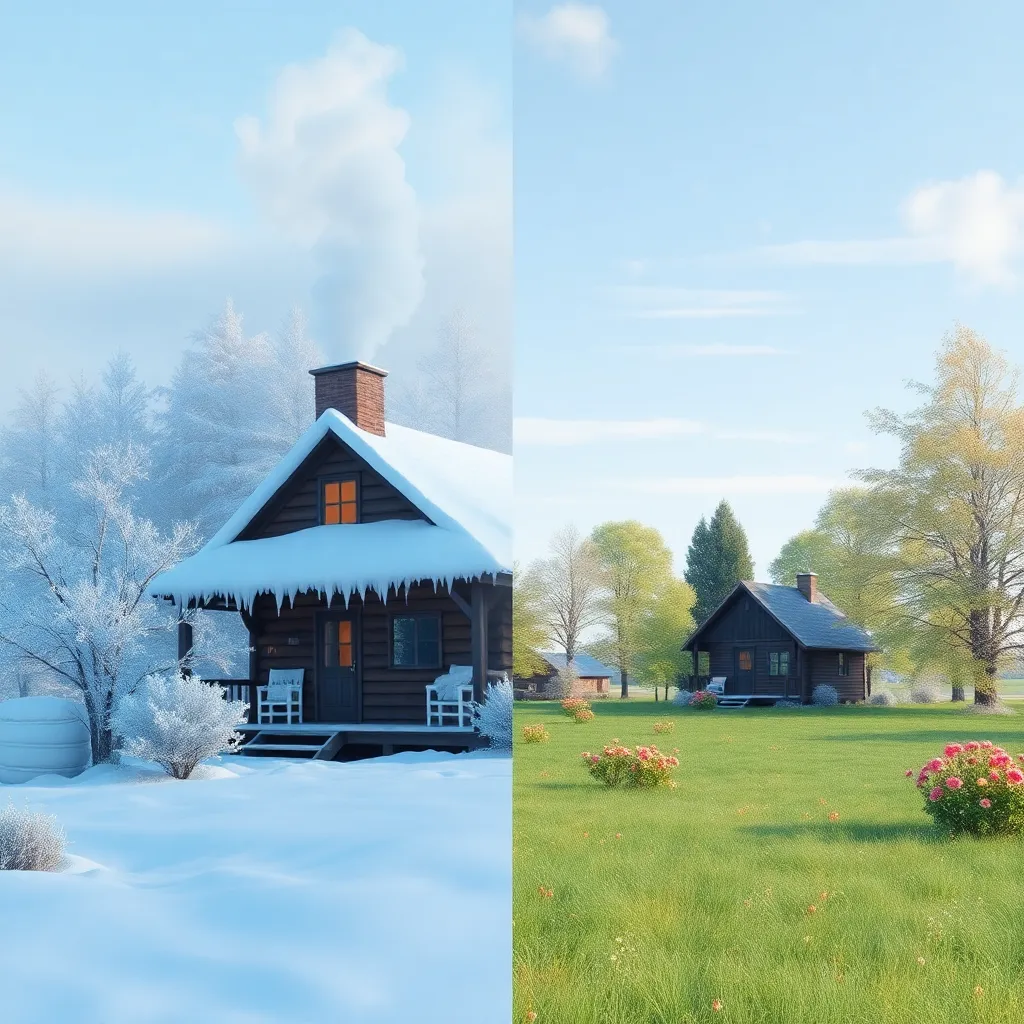What is the Trippy Illustration Style?
Trippy Illustration style is a visually electrifying effect that transforms ordinary photos into surreal, psychedelic masterpieces. Rooted in the psychedelic art movement of the late 1960s and early 1970s, this style is defined by swirling neon colors, warped shapes, and dreamlike or hallucinatory imagery. Early trippy art was influenced by the counterculture movement, music posters, and album covers, with artists like Wes Wilson, Victor Moscoso, and Peter Max pioneering the genre. Today, the style draws inspiration from both vintage psychedelia and contemporary digital art, blending analog techniques with modern digital manipulation to create mesmerizing, mind-expanding visuals.
Trippy Illustration is not just about bright colors—it’s about bending reality, evoking altered states of consciousness, and inviting viewers to step into a world where the normal rules of perception do not apply. This style remains a favorite among artists, designers, and photographers who want to push creative boundaries and leave a lasting impression.
Who is Using the Trippy Illustration Style?
The Trippy Illustration style is embraced by a diverse range of creatives and industries:
- Musicians and Bands: Particularly in the psychedelic, electronic, and alternative genres, artists use trippy visuals for album covers, posters, and music videos to capture the essence of their sound and stand out in a saturated market.
- Event Organizers: Music festivals, raves, and club events often utilize trippy illustration in promotional materials to communicate the energetic, otherworldly experience attendees can expect.
- Authors and Publishers: Book covers for science fiction, fantasy, or surreal literature use this style to visually signal the genre’s imaginative or unconventional themes.
- Fashion Designers: Streetwear and festival apparel brands incorporate trippy patterns and psychedelic prints to appeal to youth culture and festival-goers.
- Interior Decorators and Art Collectors: Modern, eclectic interiors are often adorned with trippy wall art to create bold statements and vibrant focal points.
- Editorial Illustrators: Magazines and digital publications use trippy illustrations to accompany articles about dreams, altered states, or mind-expanding experiences.
How Does Trippy Illustration Enhance Photos?
Trippy Illustration style enhances photos in several compelling ways:
- Amplifies Visual Impact: The use of vivid, clashing colors and exaggerated shapes instantly grabs attention and draws viewers in, making the image stand out in any context.
- Conveys Mood and Emotion: The surreal, dreamlike qualities can evoke feelings of wonder, curiosity, nostalgia, or even disorientation—perfect for visuals that aim to provoke thought or emotion.
- Transforms Ordinary into Extraordinary: By distorting reality and introducing unexpected elements, trippy illustration takes mundane subjects and turns them into unique works of art that tell a story beyond the literal.
- Encourages Imagination: The style invites viewers to interpret the image in multiple ways, sparking creativity and personal reflection.
- Aligns with Youth and Counterculture Trends: The psychedelic look is closely associated with counterculture, making it a great fit for brands and artists wanting to signal rebellion, freedom, or nonconformity.
Use Cases of Trippy Illustration Style
Trippy Illustration style is highly versatile, with impactful use cases across creative fields:
1. Album Covers
Psychedelic and electronic music frequently leverage trippy illustration for album artwork, communicating the experimental and boundary-pushing nature of the sound. The swirling neon colors and abstract forms create an immediate association with mind-altering experiences, making the music visually memorable.
2. Event Posters
Music festivals, raves, and underground parties use trippy posters to set the tone for immersive, high-energy experiences. The melting patterns, surreal figures, and neon palettes evoke a sense of excitement and anticipation, enticing audiences to participate.
3. Book Covers
Science fiction and surreal literature benefit from trippy illustration by visually hinting at the narrative’s themes of alternate realities, time distortion, or cosmic exploration. The style’s dreamlike quality appeals to readers seeking the extraordinary.
4. Wall Art
For modern homes and eclectic interiors, trippy wall art serves as a bold centerpiece. Hypnotic spirals and dreamlike figures create a unique atmosphere, turning a living space into a gallery of imagination.
5. Editorial Illustration
Articles exploring dreams, consciousness, or altered states are enriched by trippy illustrations. Melting clocks, floating creatures, and surreal landscapes visually represent abstract concepts, making complex ideas more accessible and engaging.
6. Apparel and Fashion
Streetwear and festival clothing featuring trippy illustration patterns appeal to fashion-forward individuals and festival-goers. Neon kaleidoscopic designs and abstract shapes create wearable art that stands out in crowds and on social media.
Pro Tips for Using Trippy Illustration Style
- Balance Chaos with Clarity: While the style thrives on boldness, maintain focal points or recognizable elements to avoid overwhelming the viewer.
- Experiment with Color Theory: Use complementary or clashing neon colors for maximum impact but ensure harmony to prevent visual fatigue.
- Mix Analog and Digital: Combine hand-drawn psychedelic elements with digital manipulation for a unique, layered effect.
- Match the Mood with the Message: Align the visual intensity with the theme of your project—use more intense effects for music and events, and subtler trippy elements for editorial or fashion.
- Test on Different Mediums: Preview your trippy illustration across print, digital, and fabric to ensure colors and patterns translate well.
Conclusion:
Trippy Illustration style is a dynamic, attention-grabbing effect that transforms images into bold, surreal works of art. Whether you’re designing for music, literature, fashion, or editorial, this style offers limitless potential for creativity and self-expression. With the rise of AI-generated art and accessible digital tools, anyone can experiment with trippy effects and unlock new dimensions in visual storytelling. Embrace the psychedelic spirit and let your imagination run wild!
